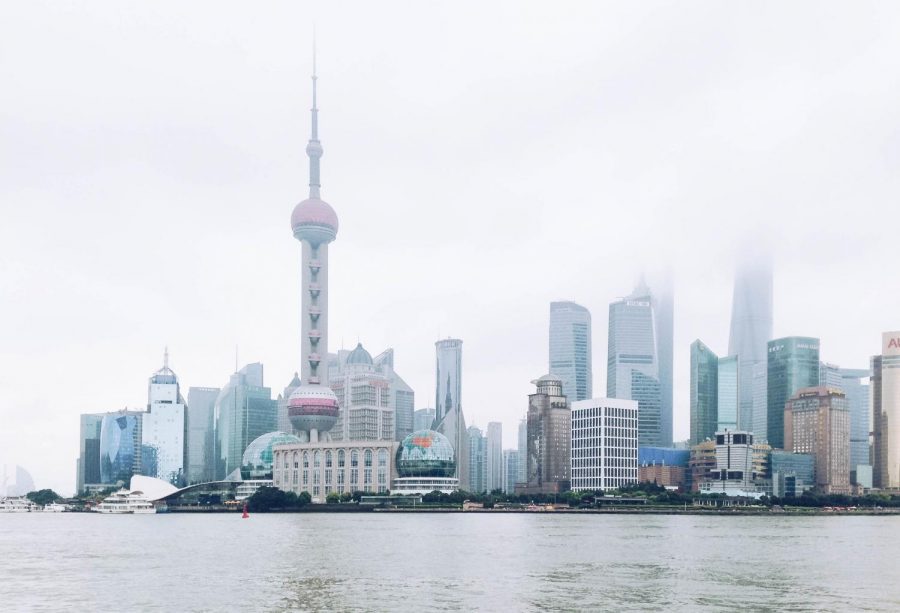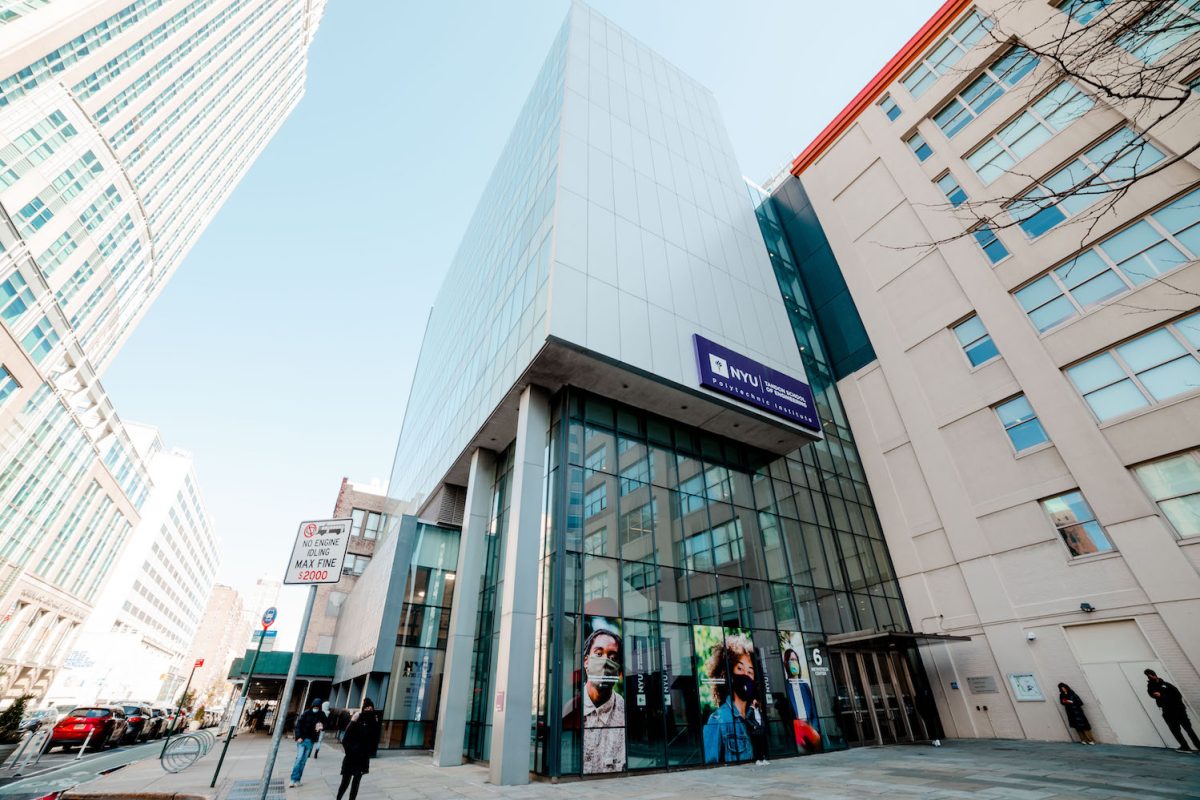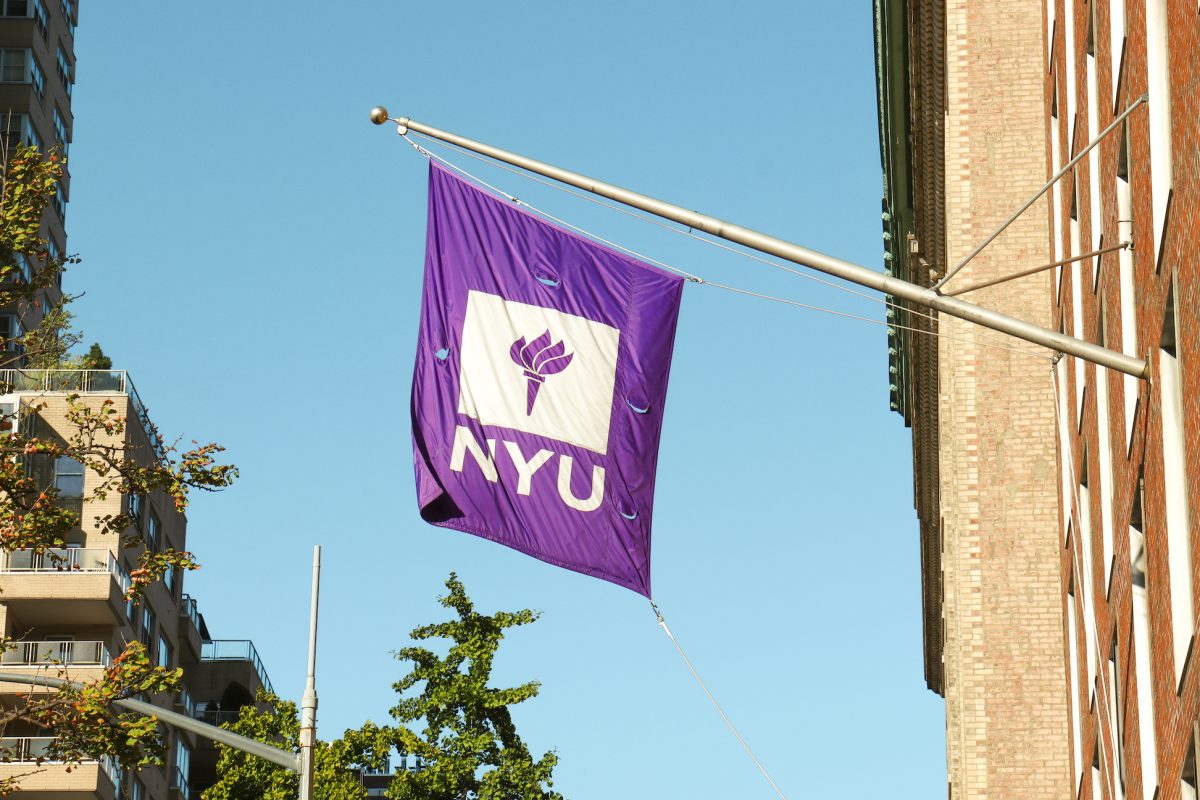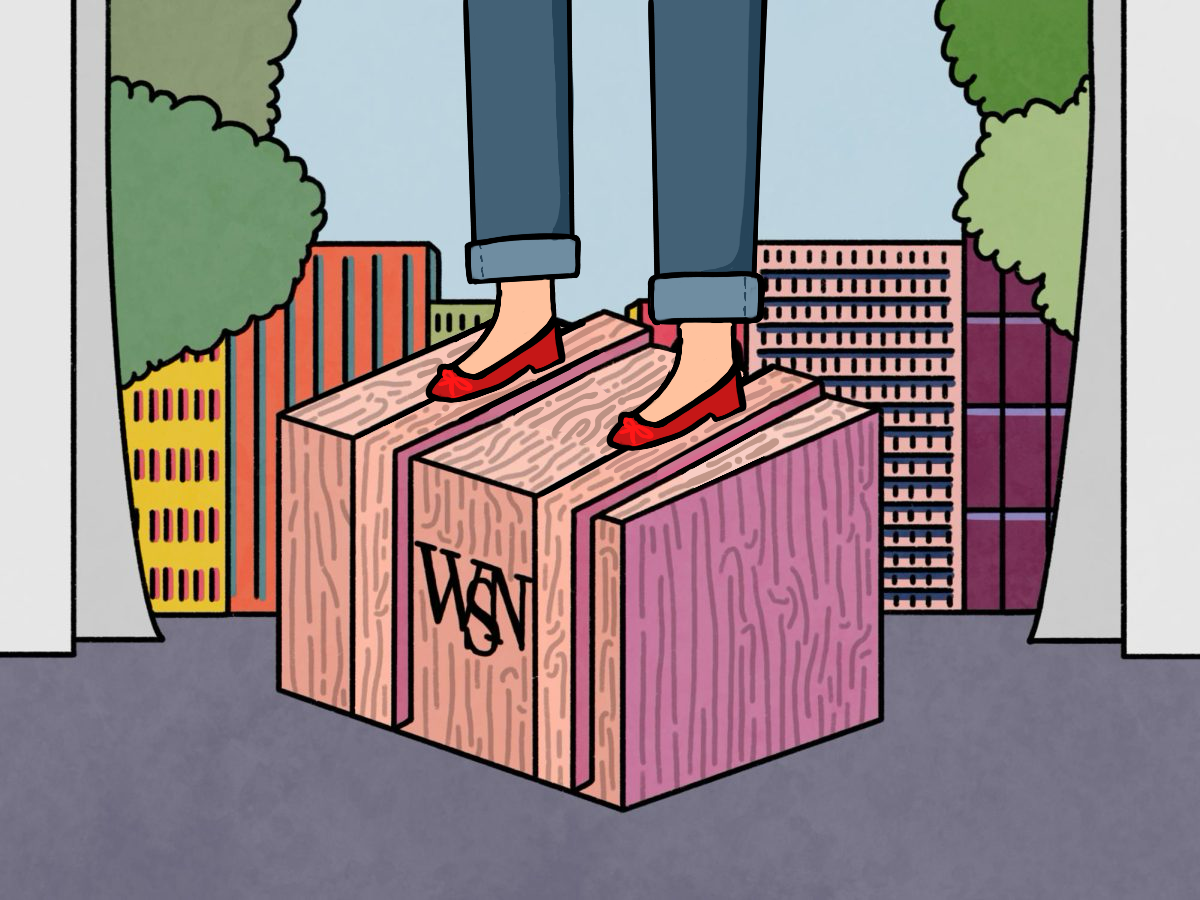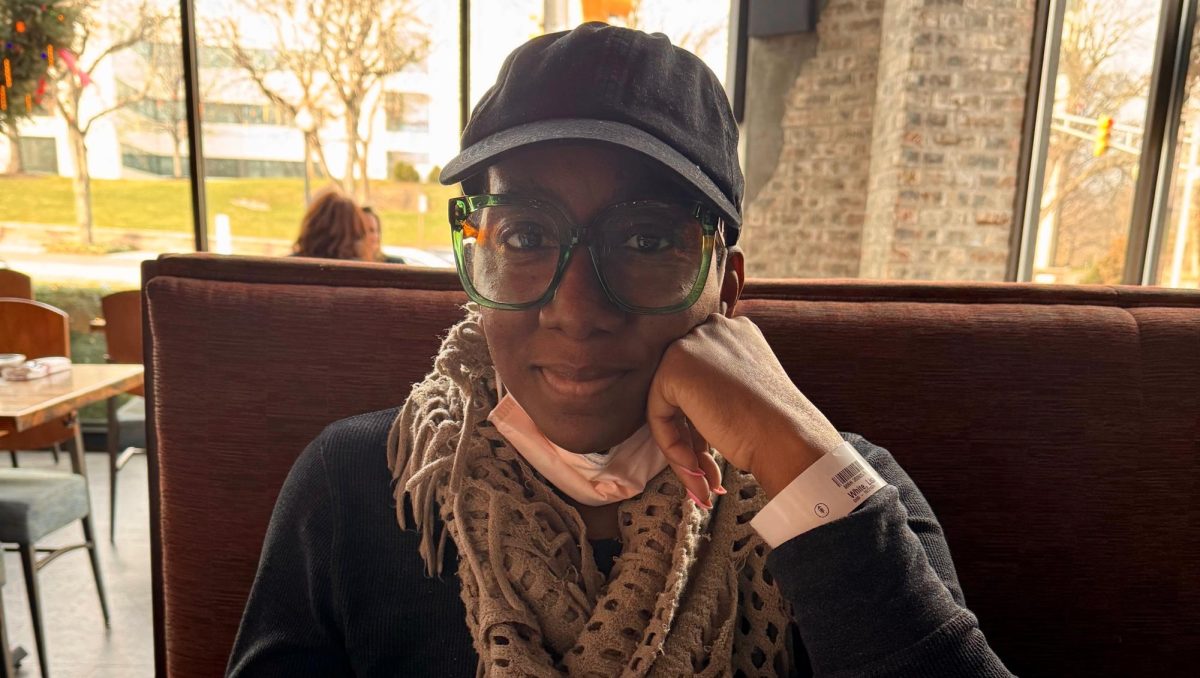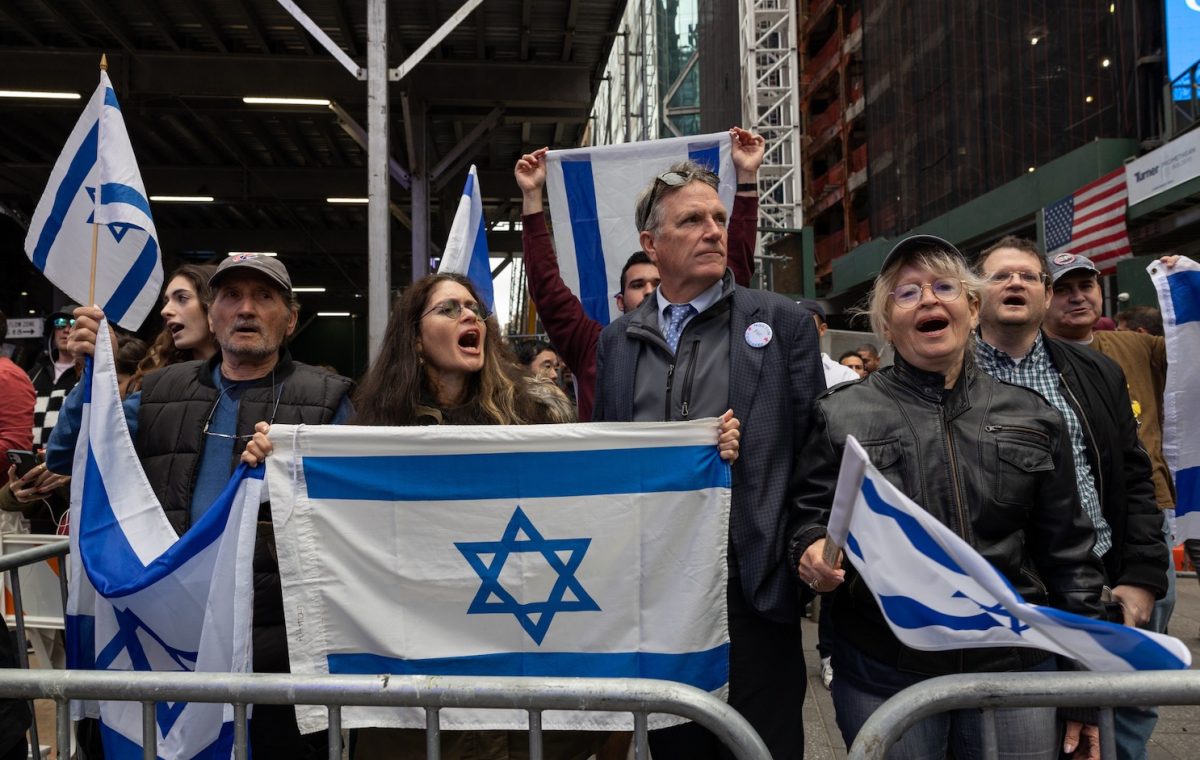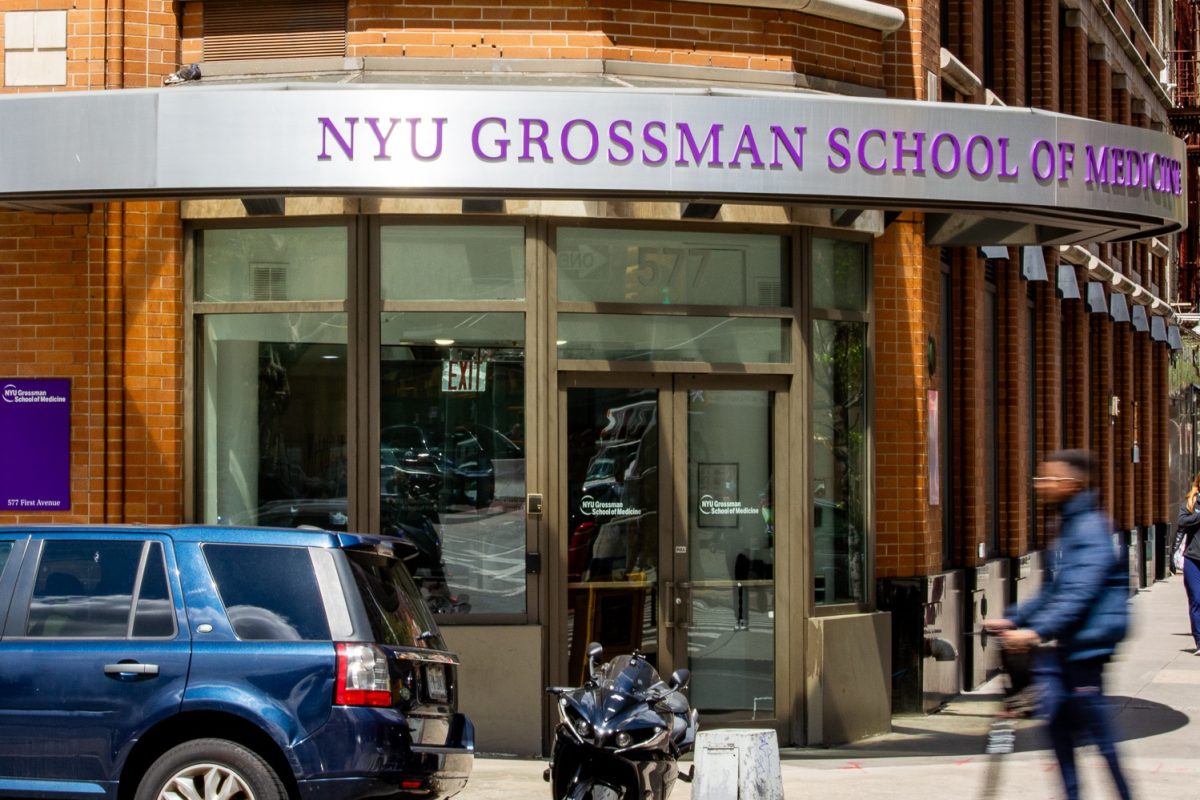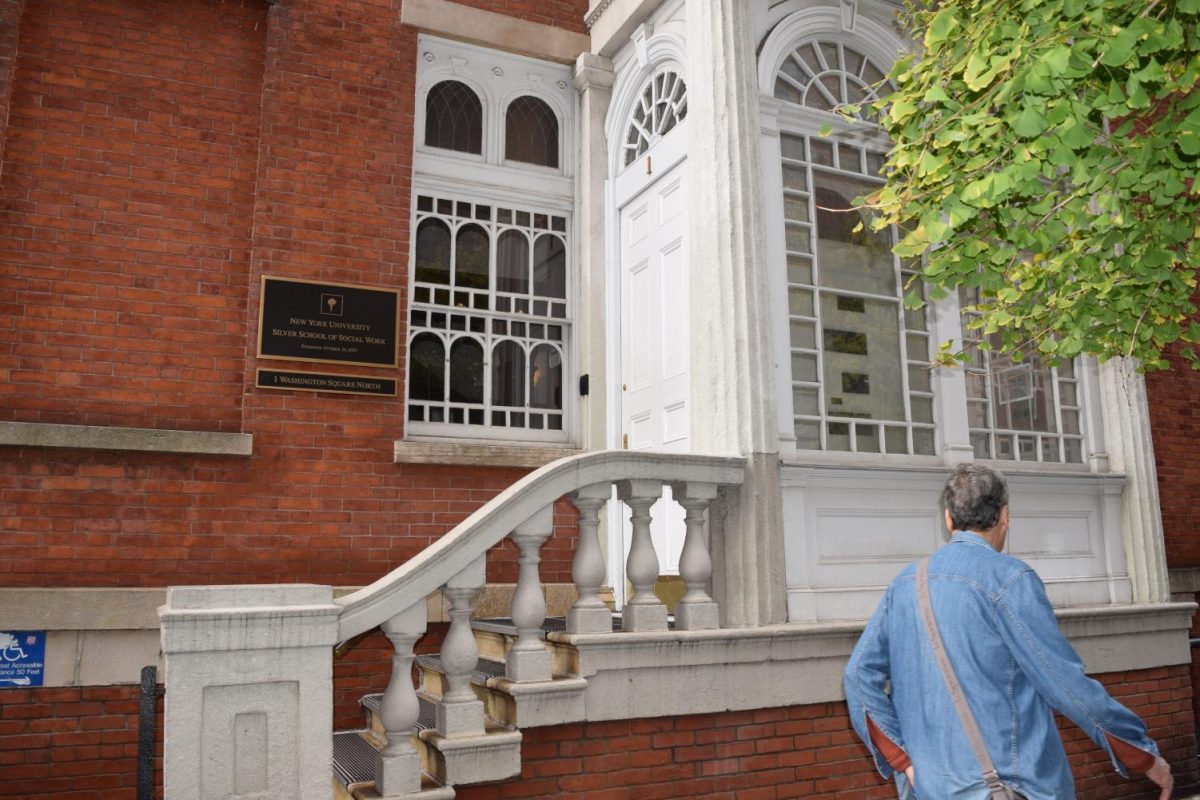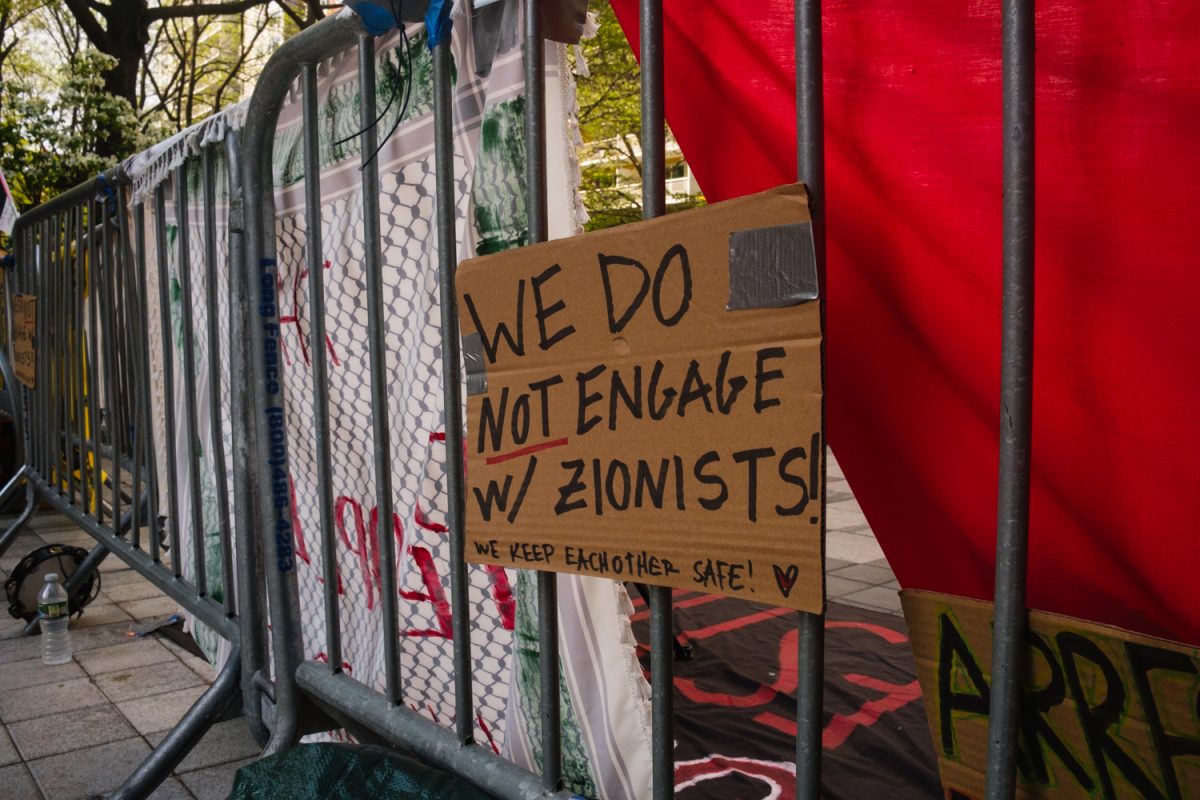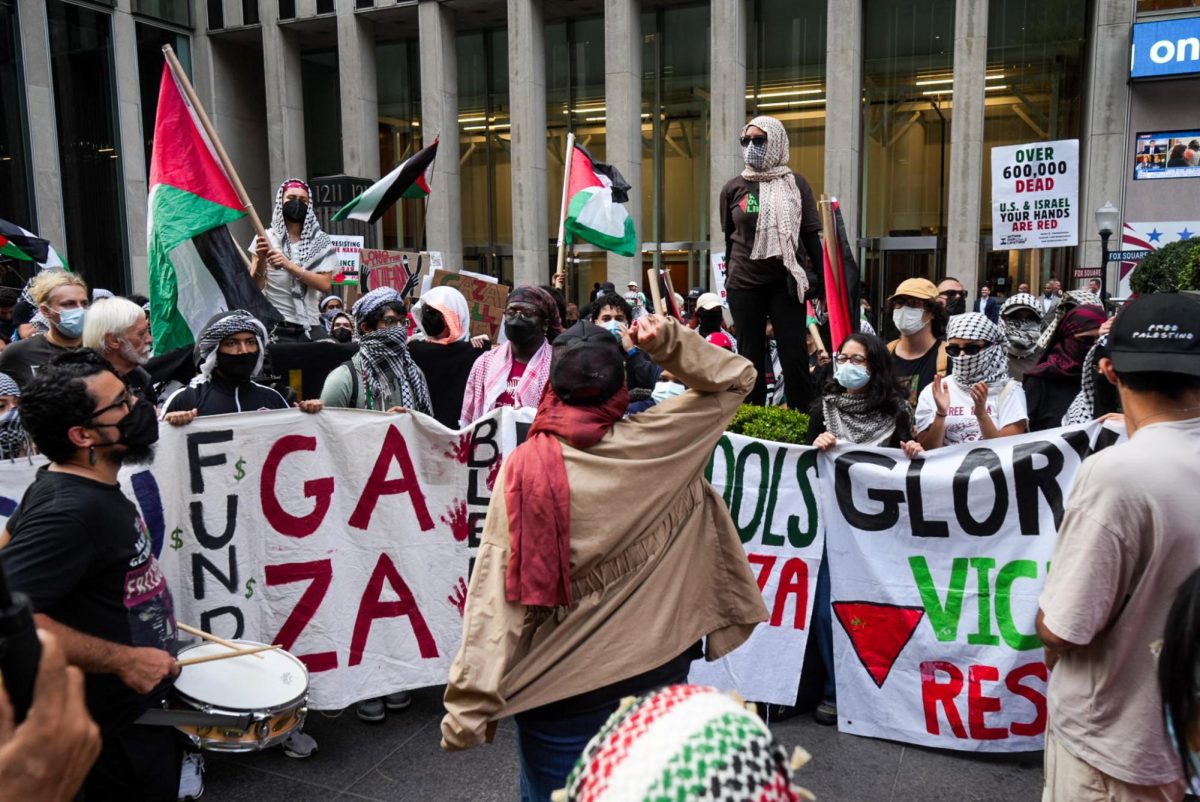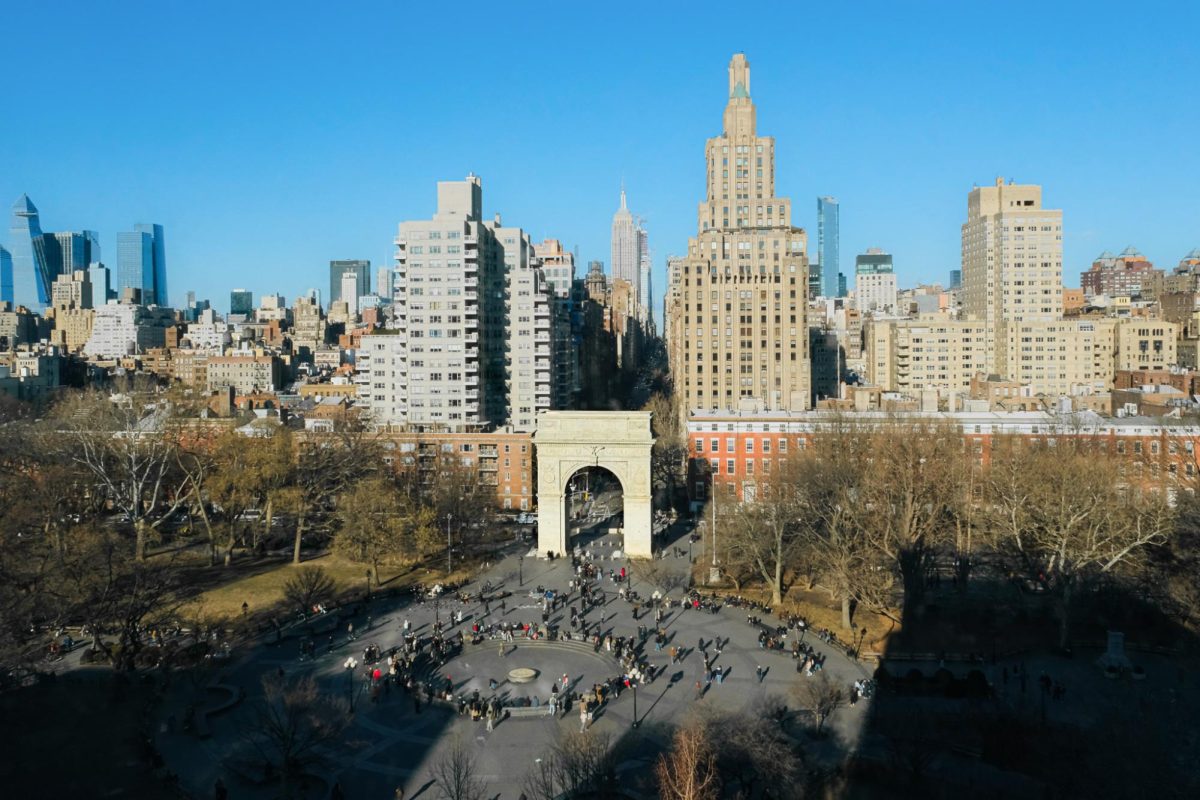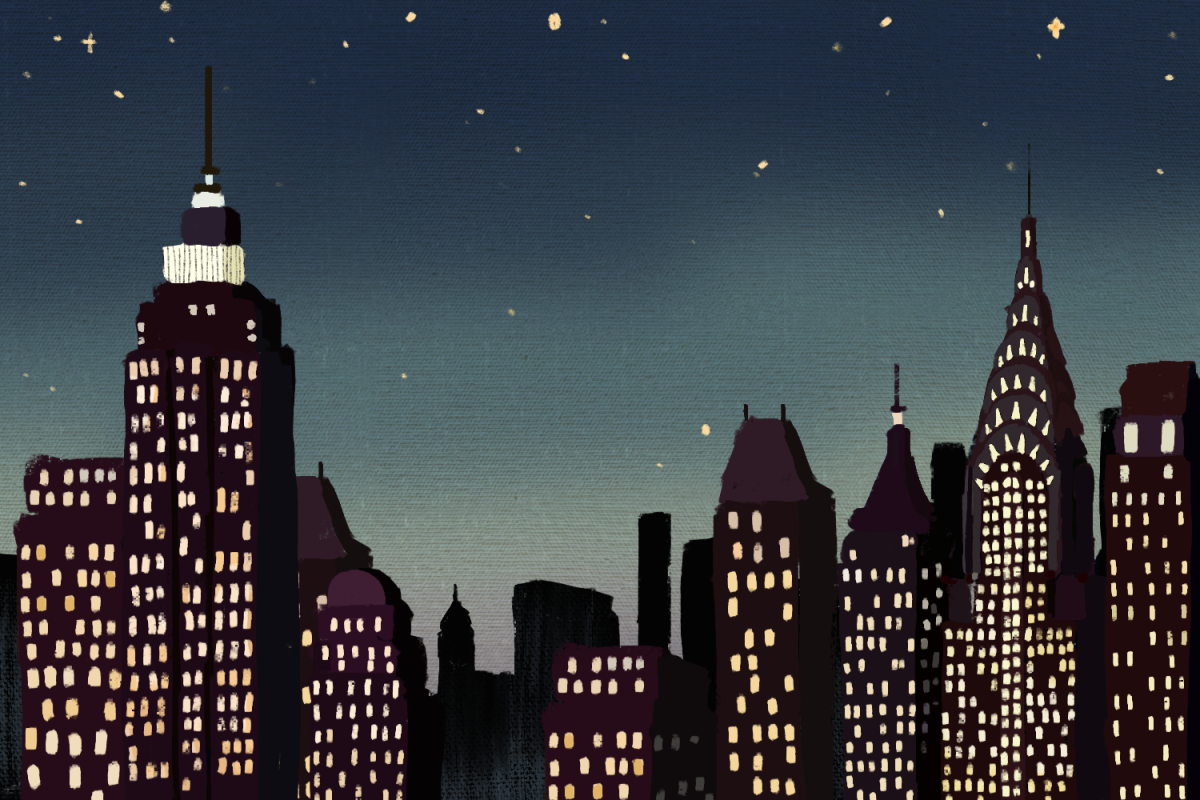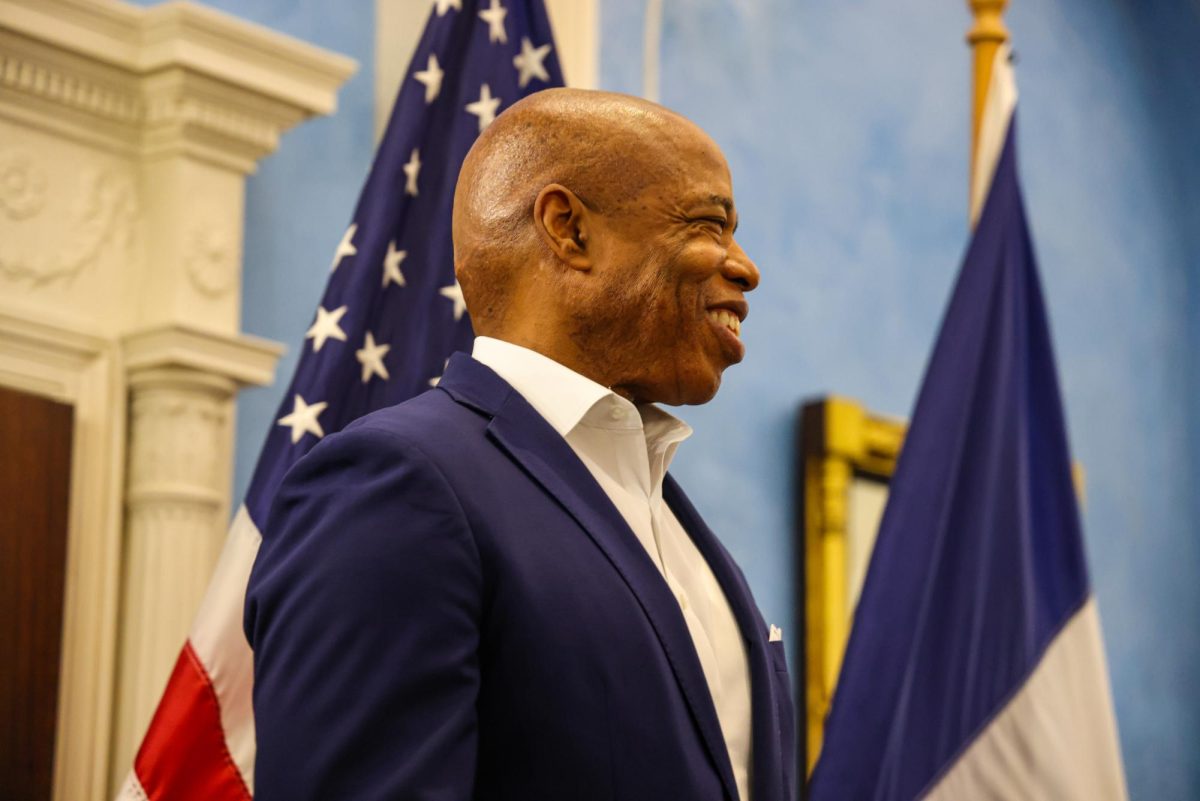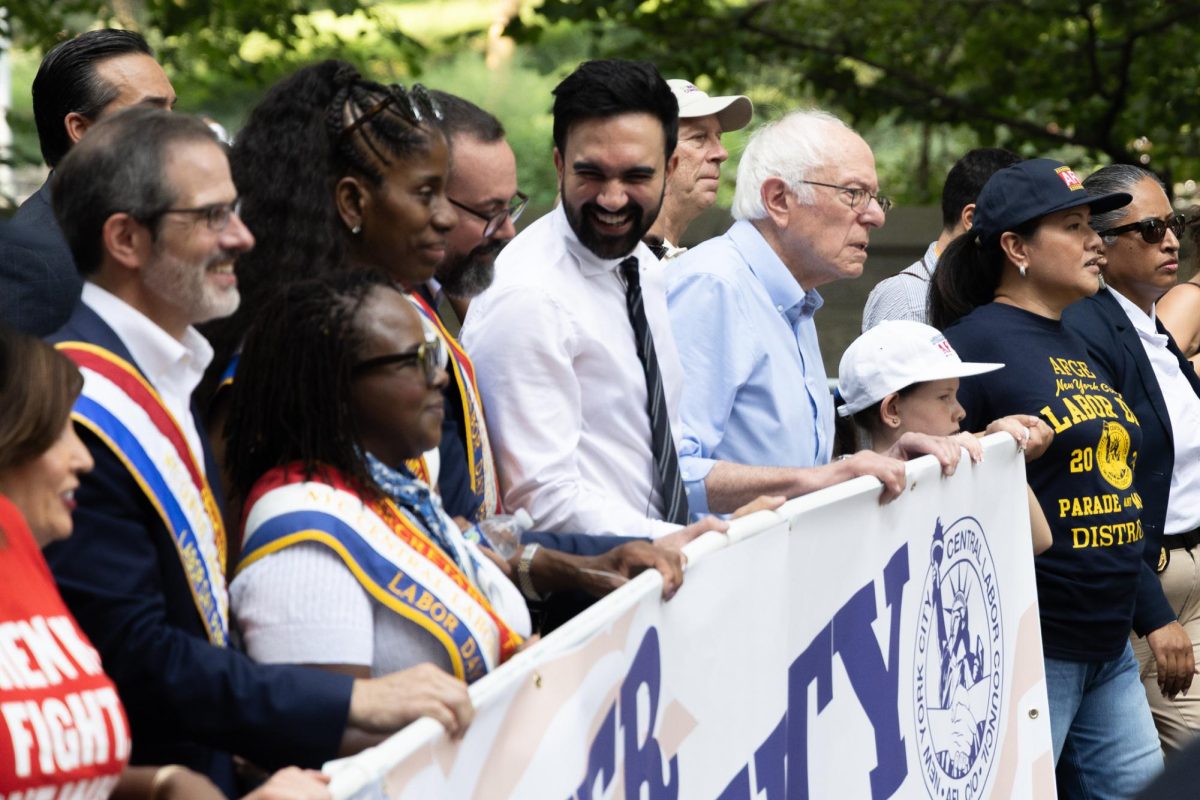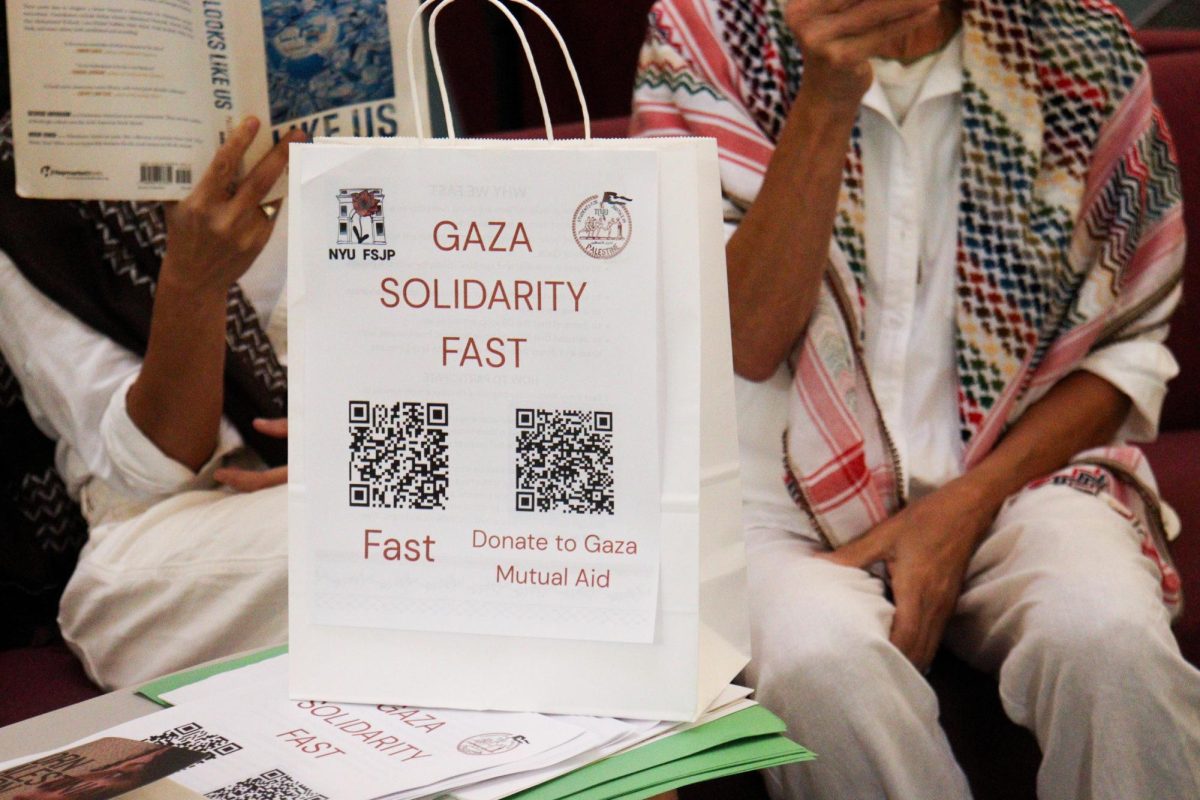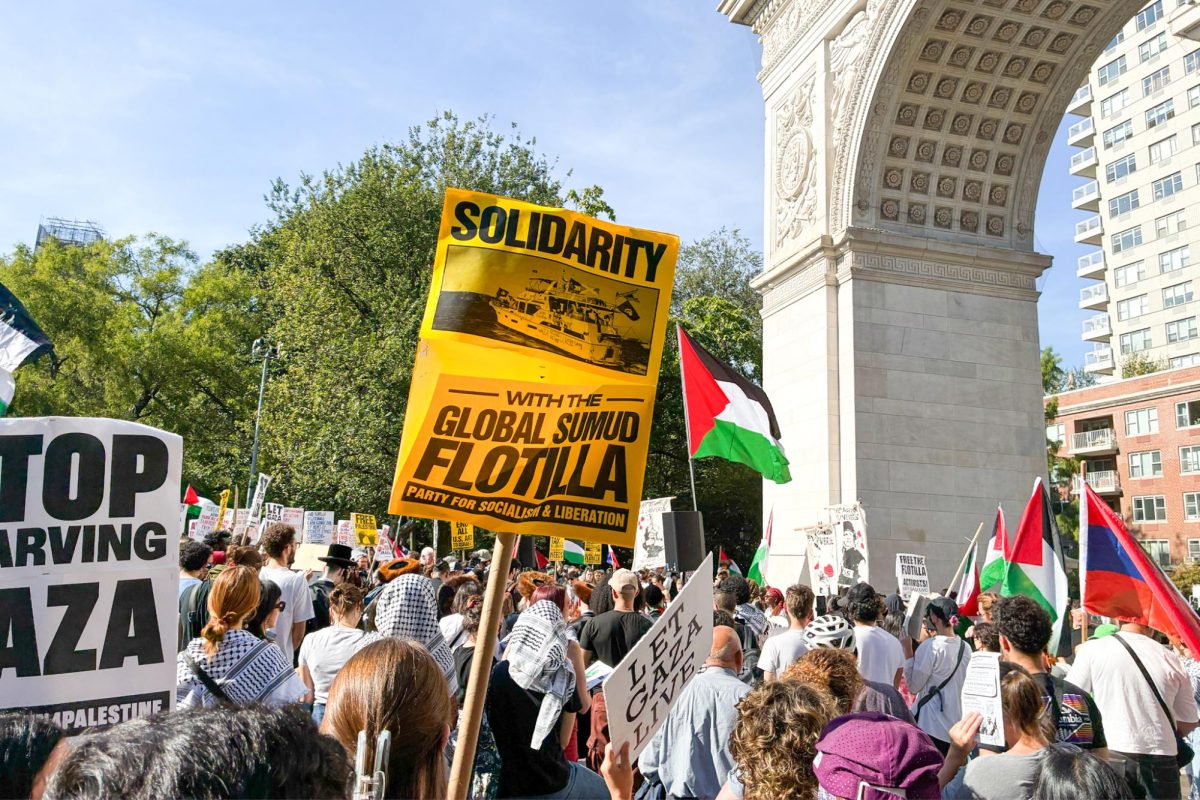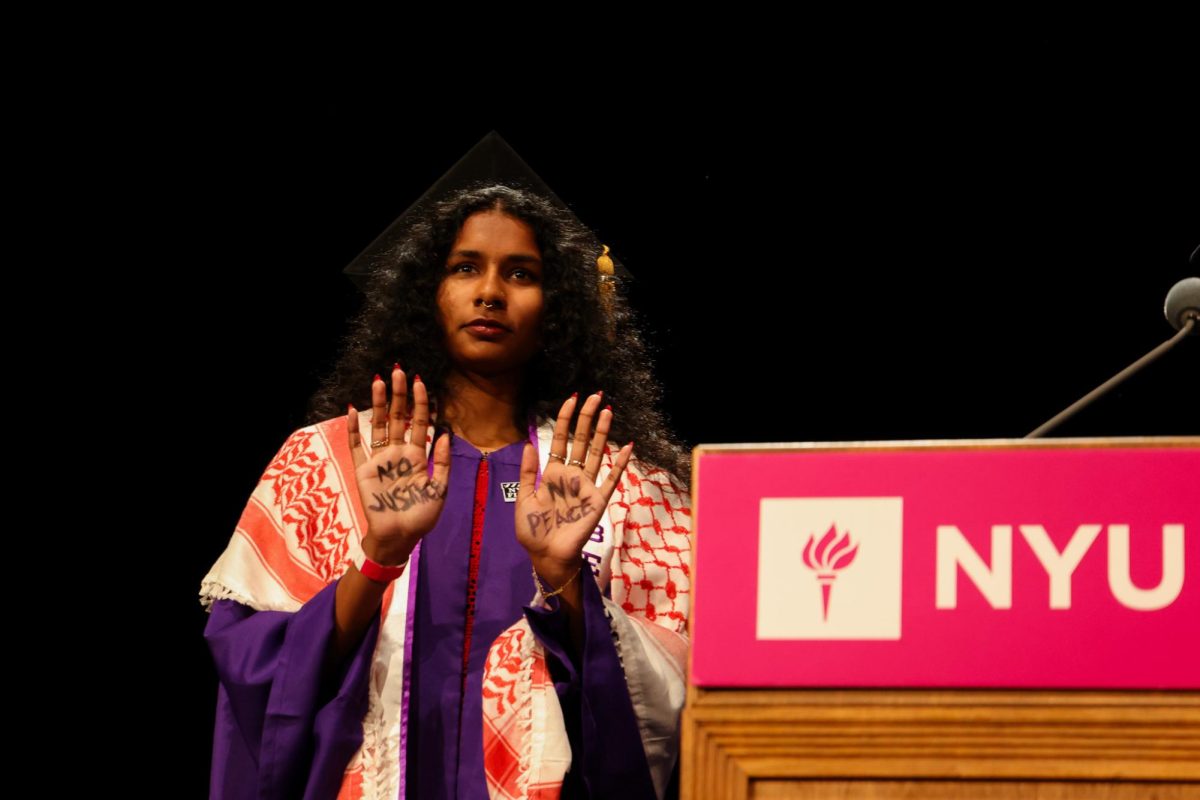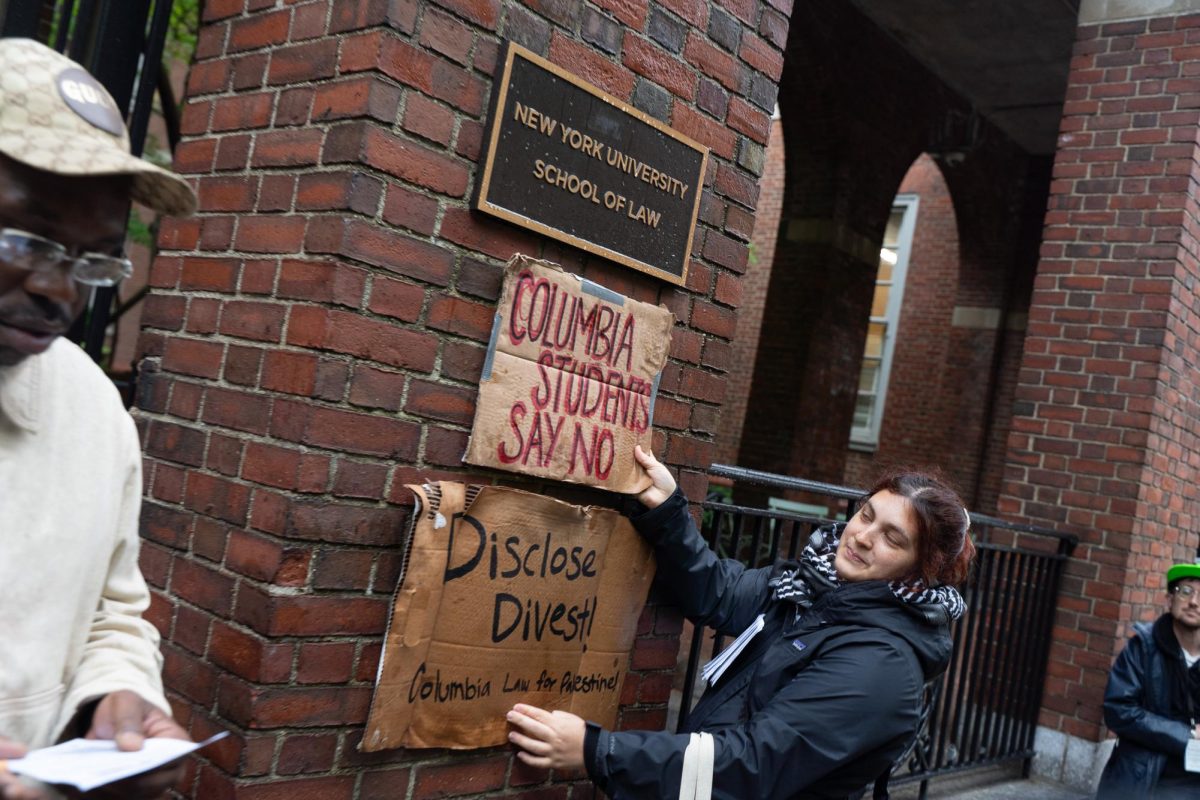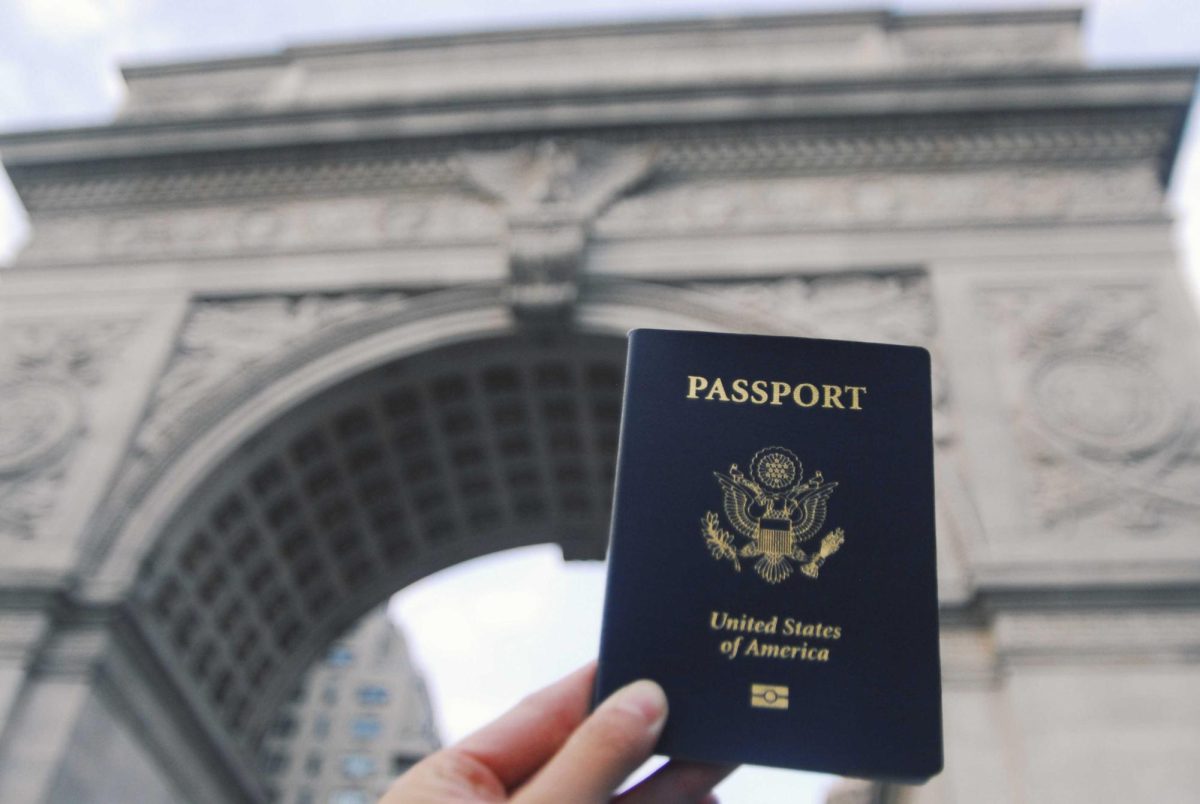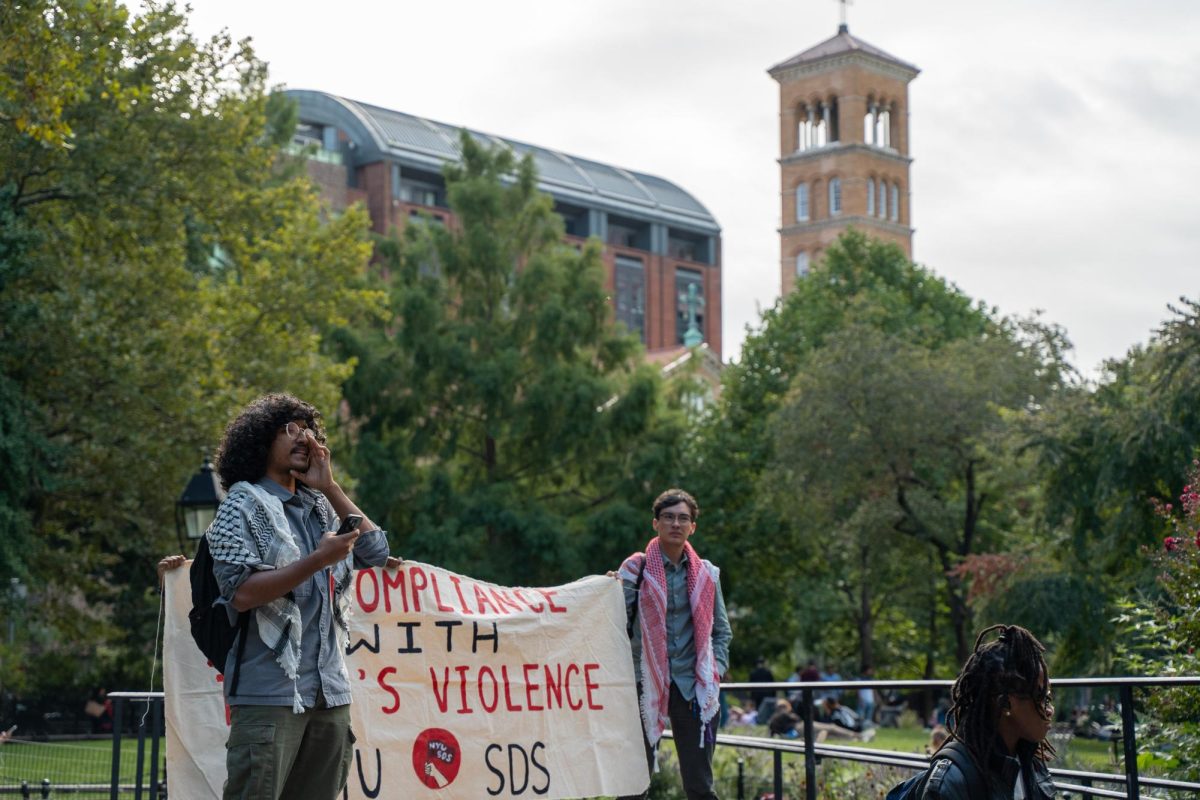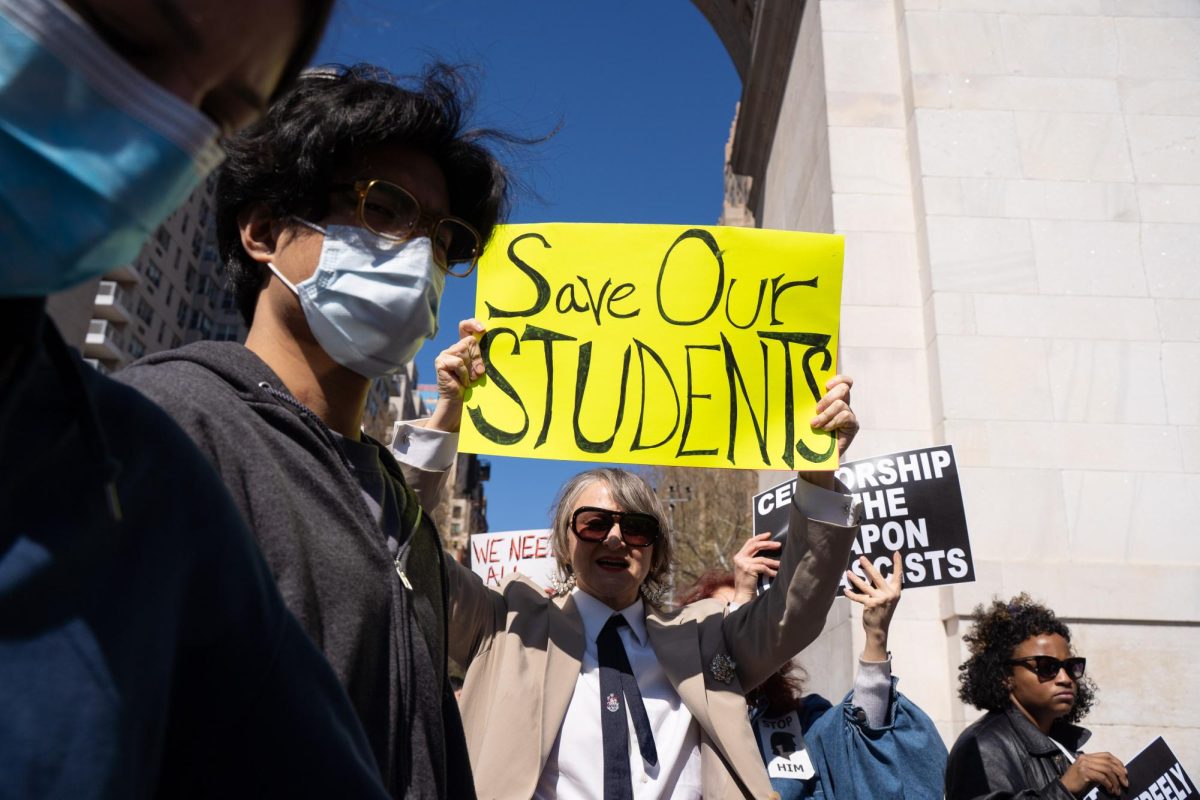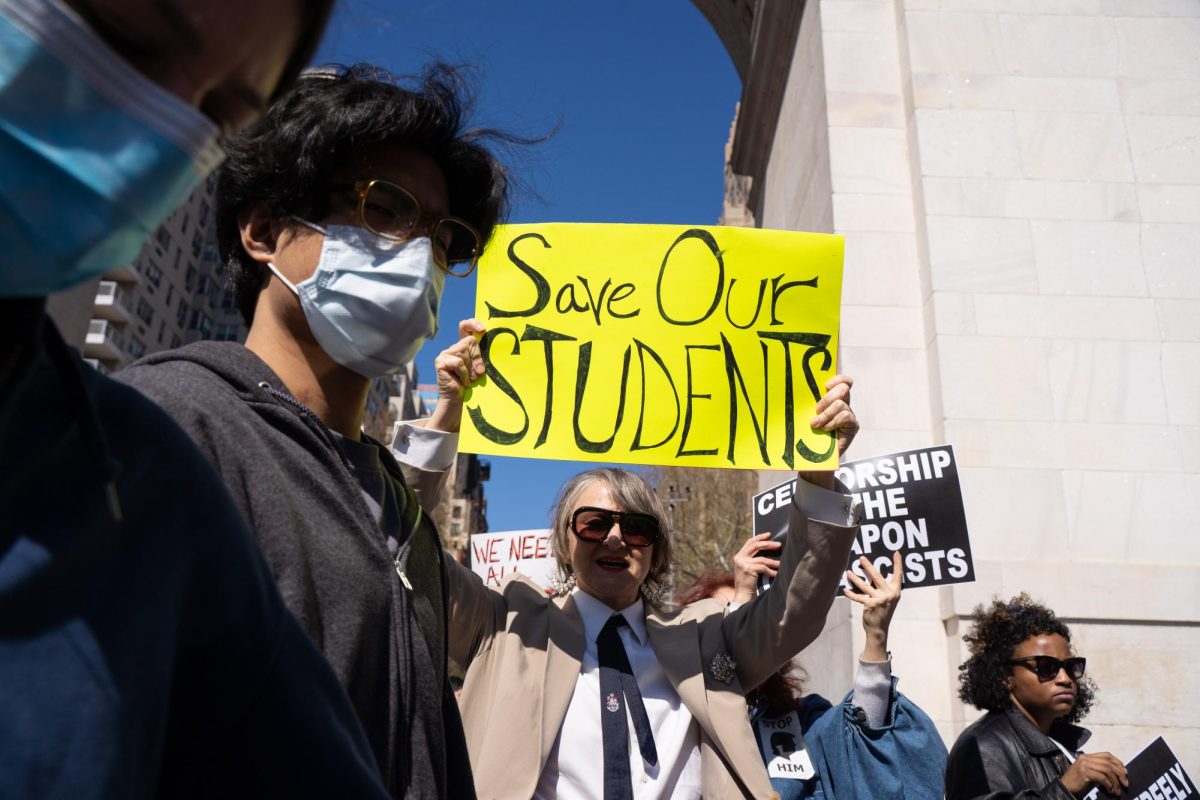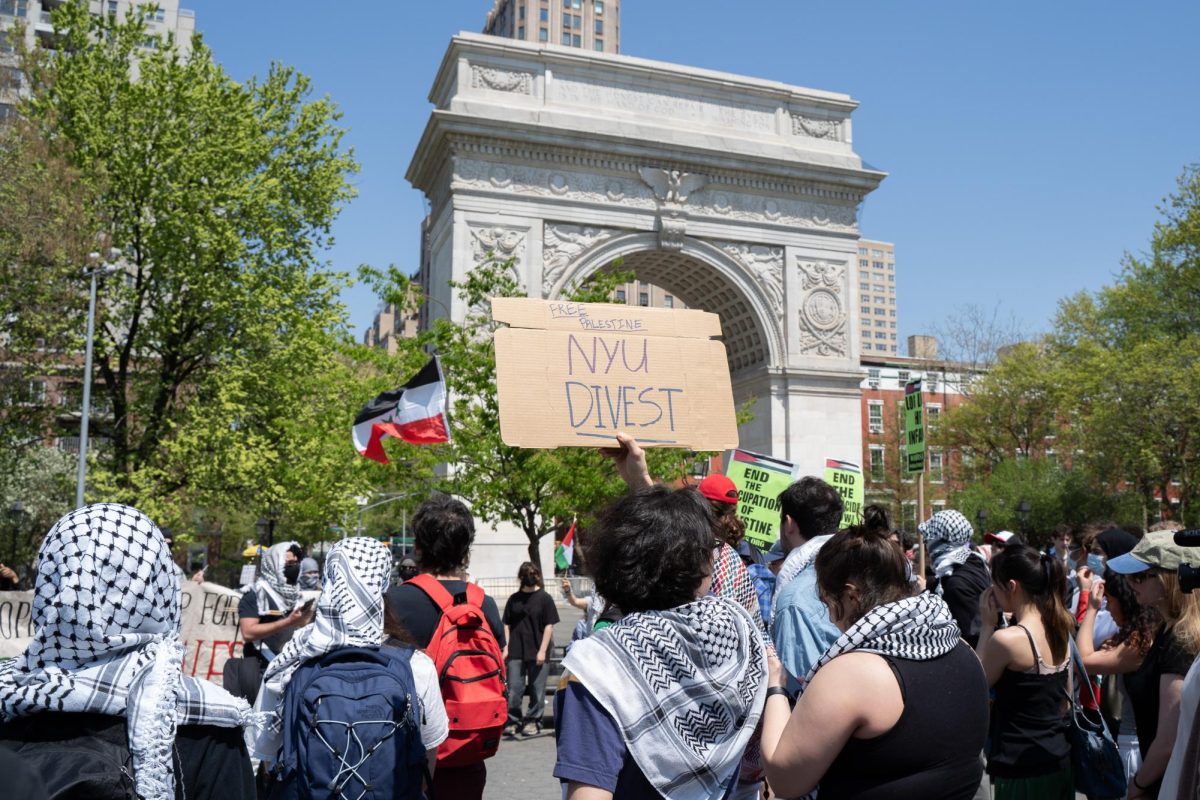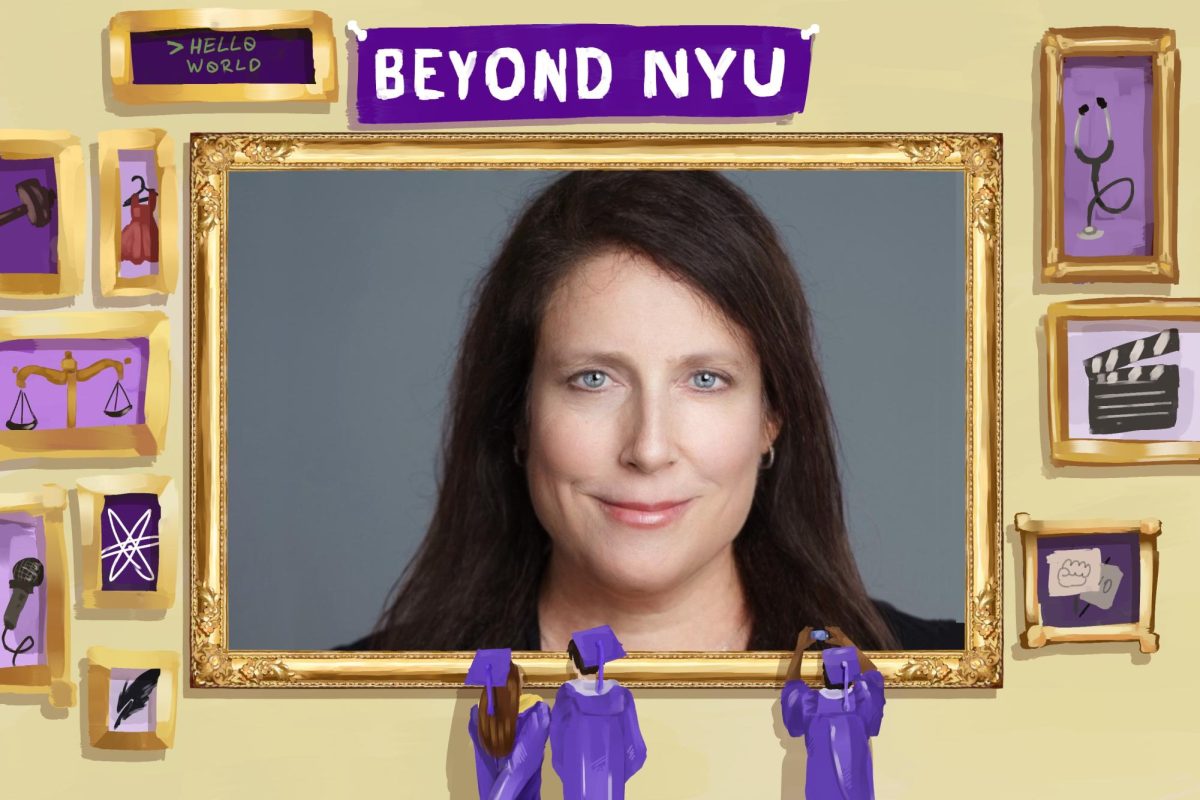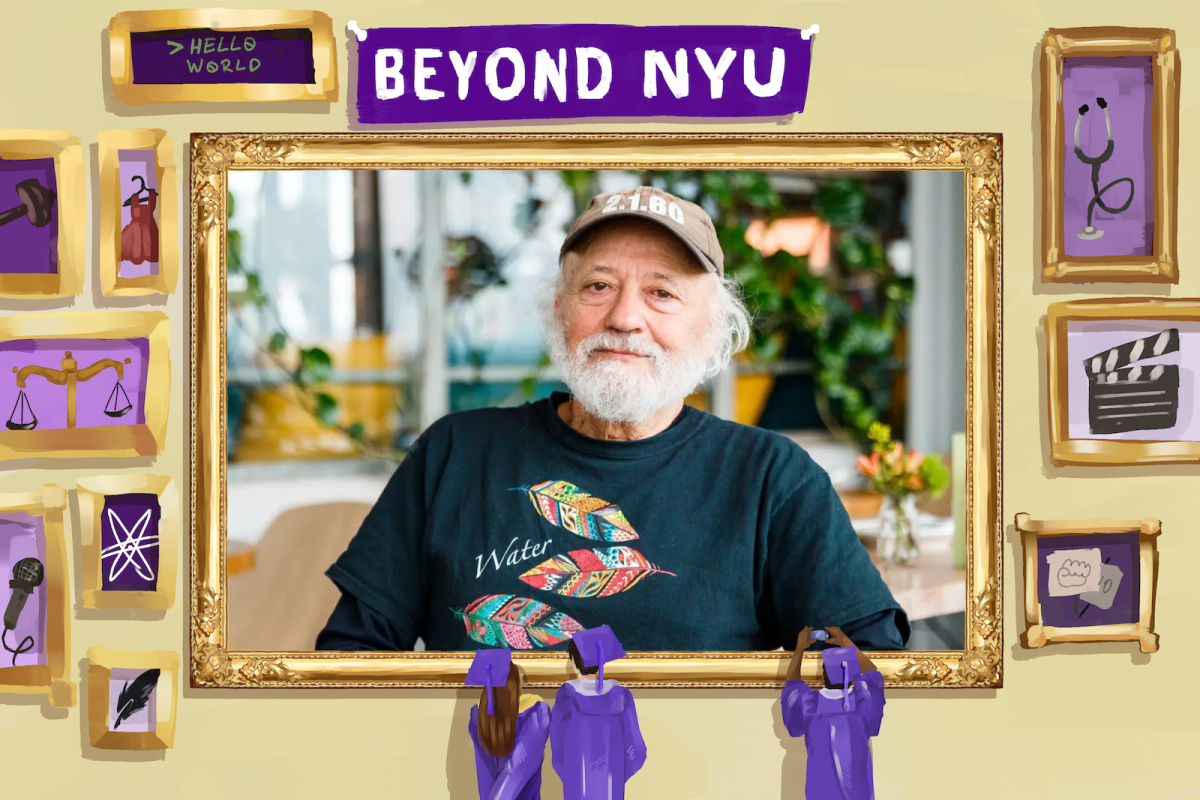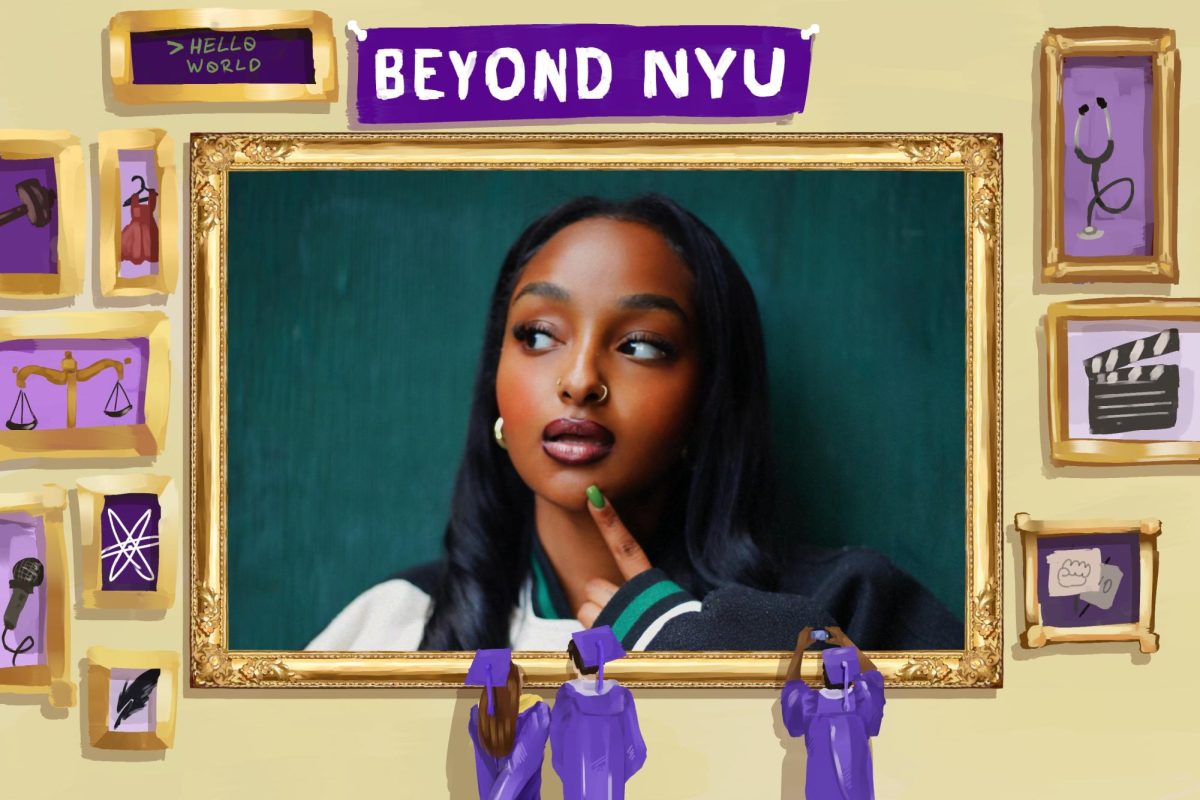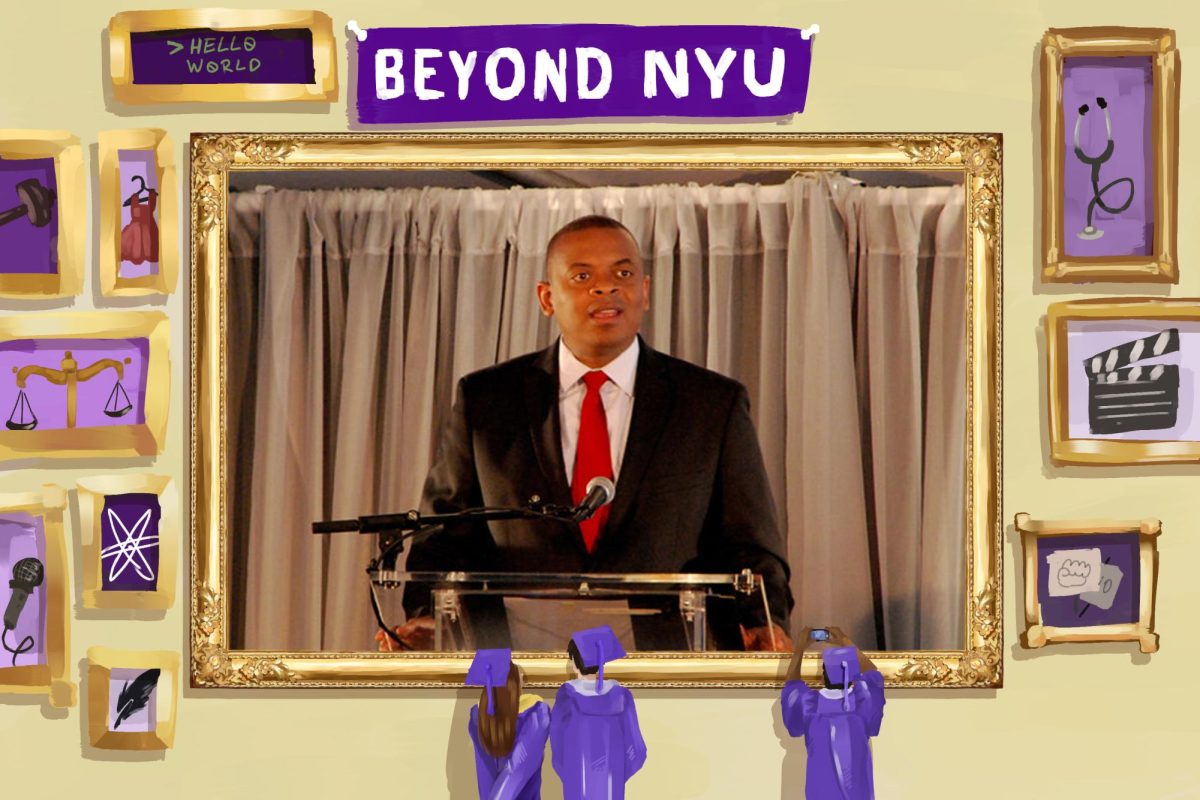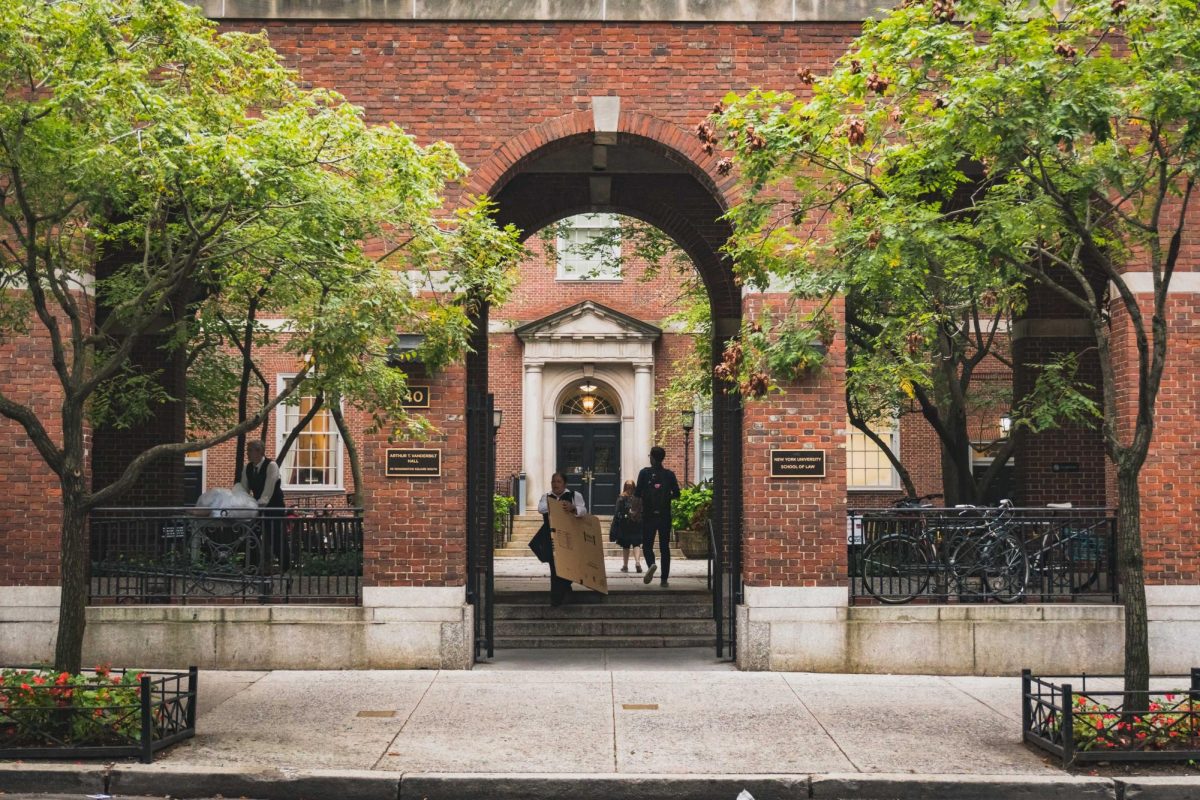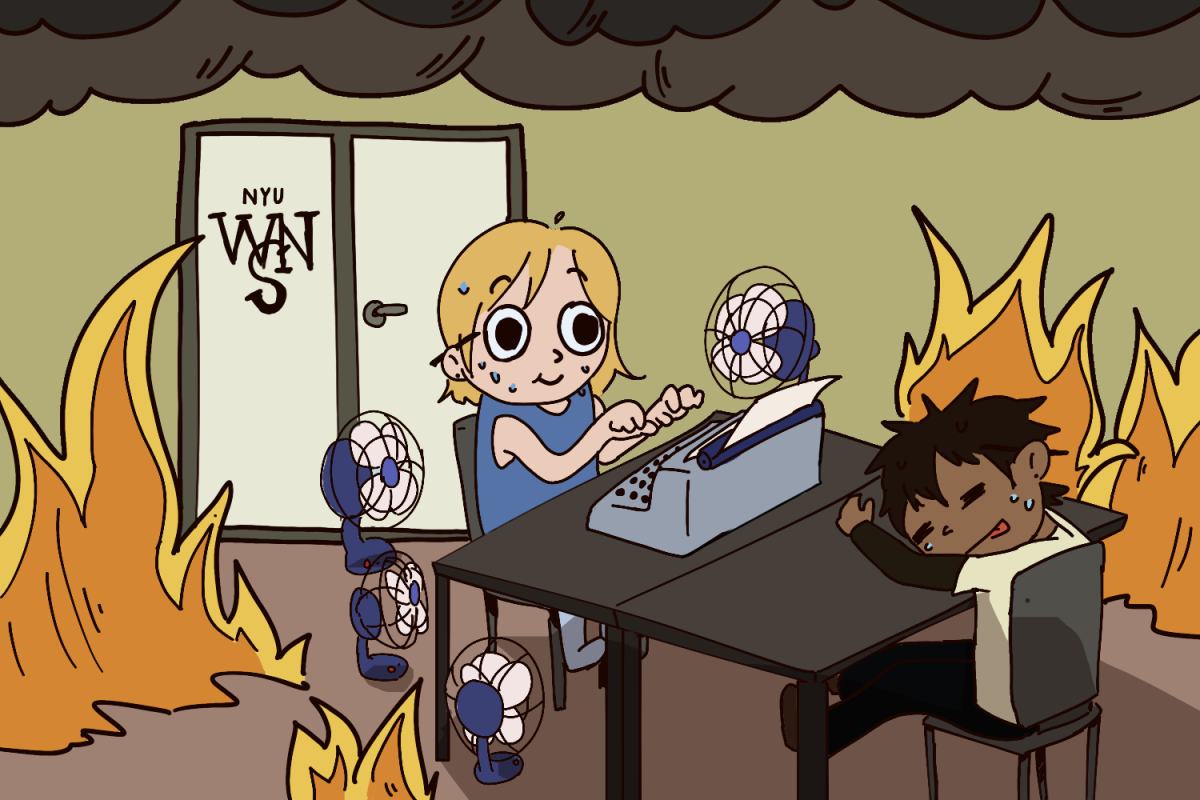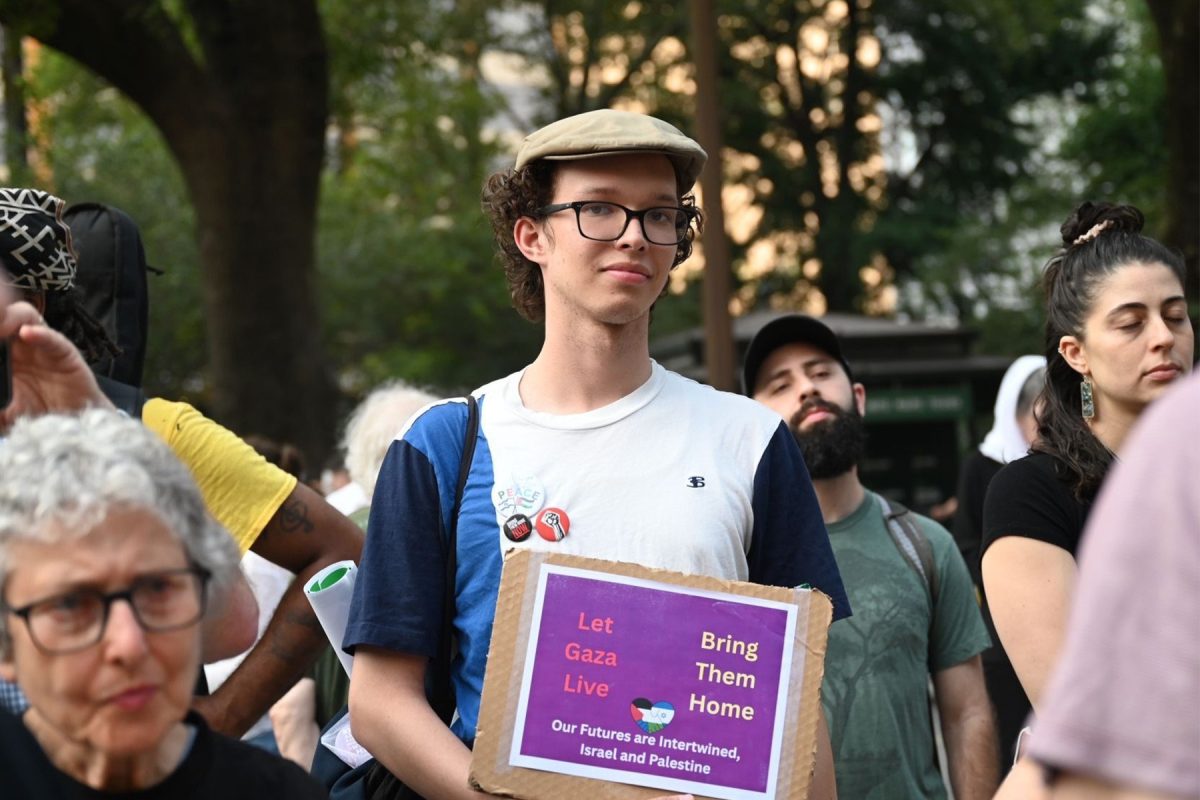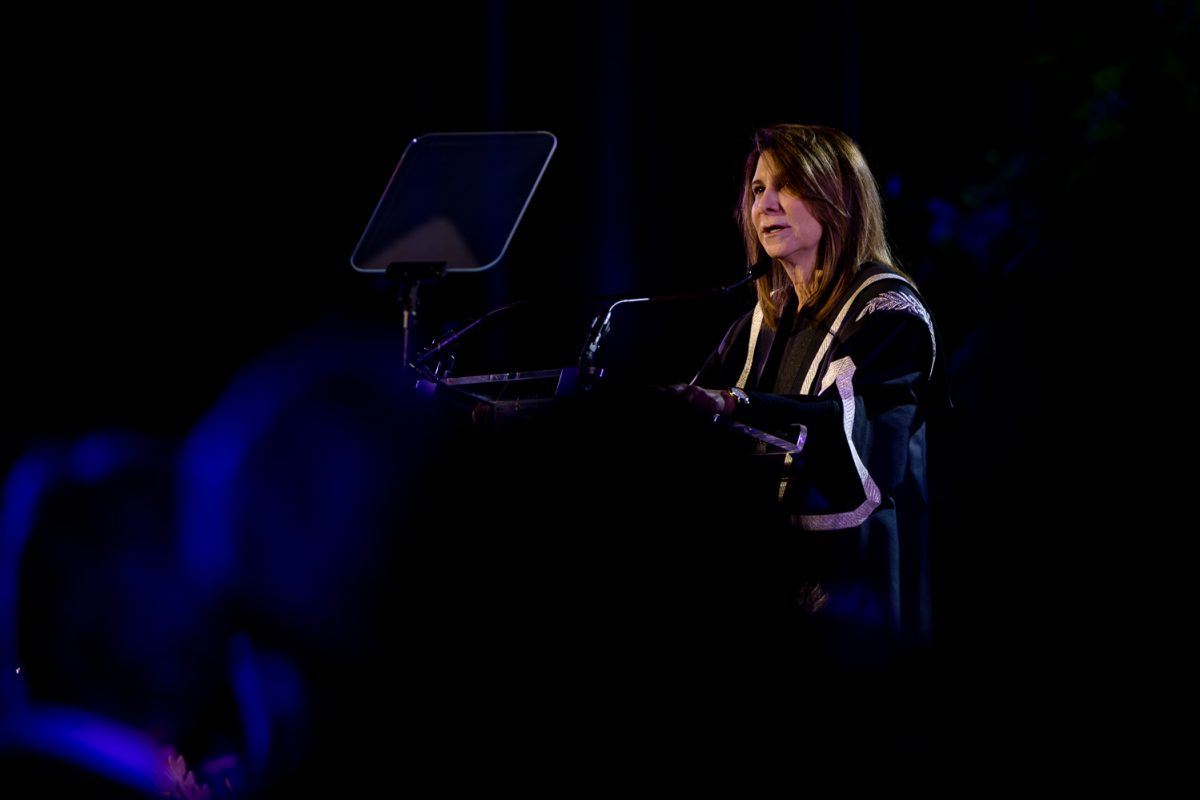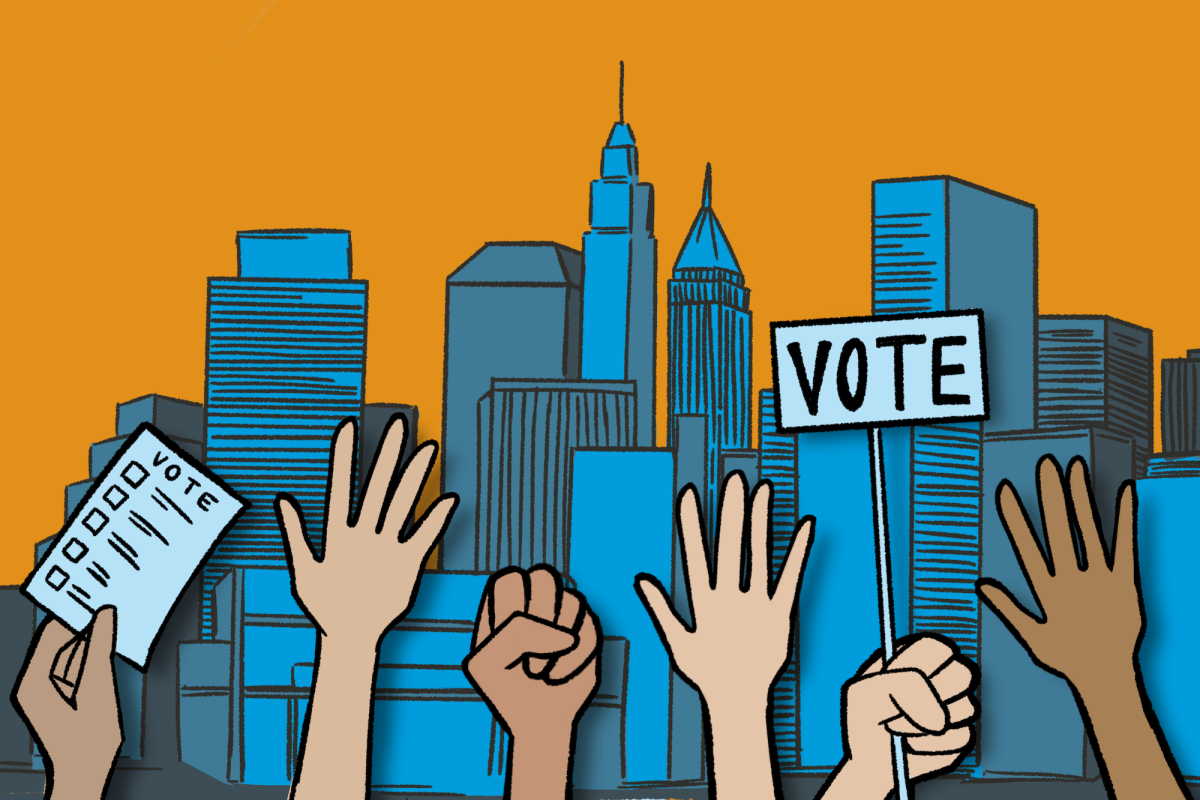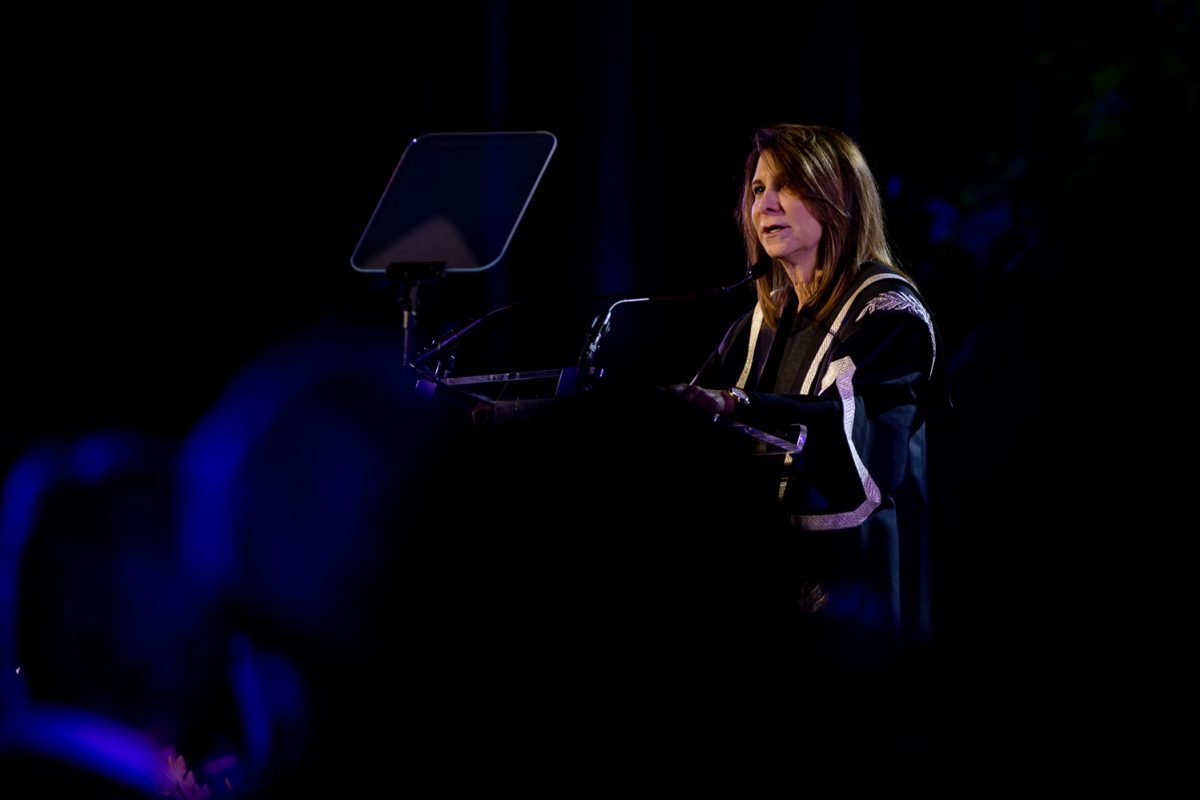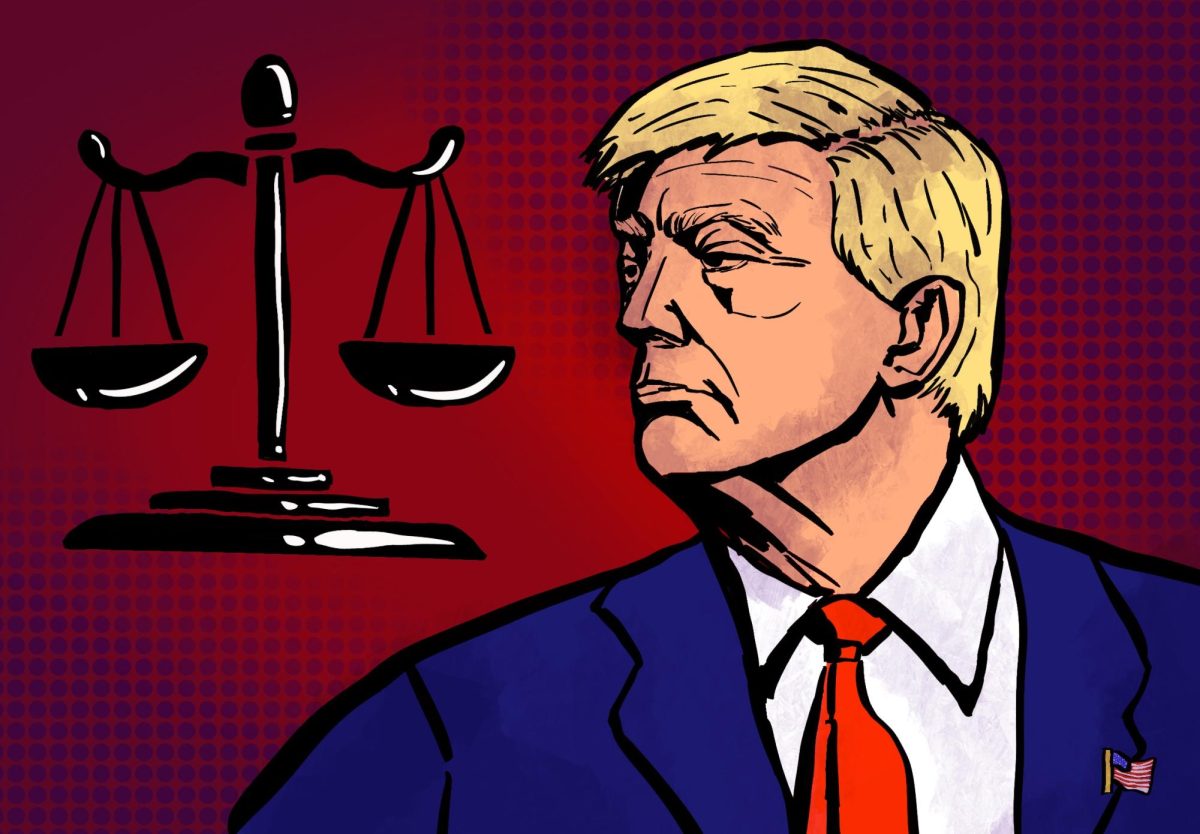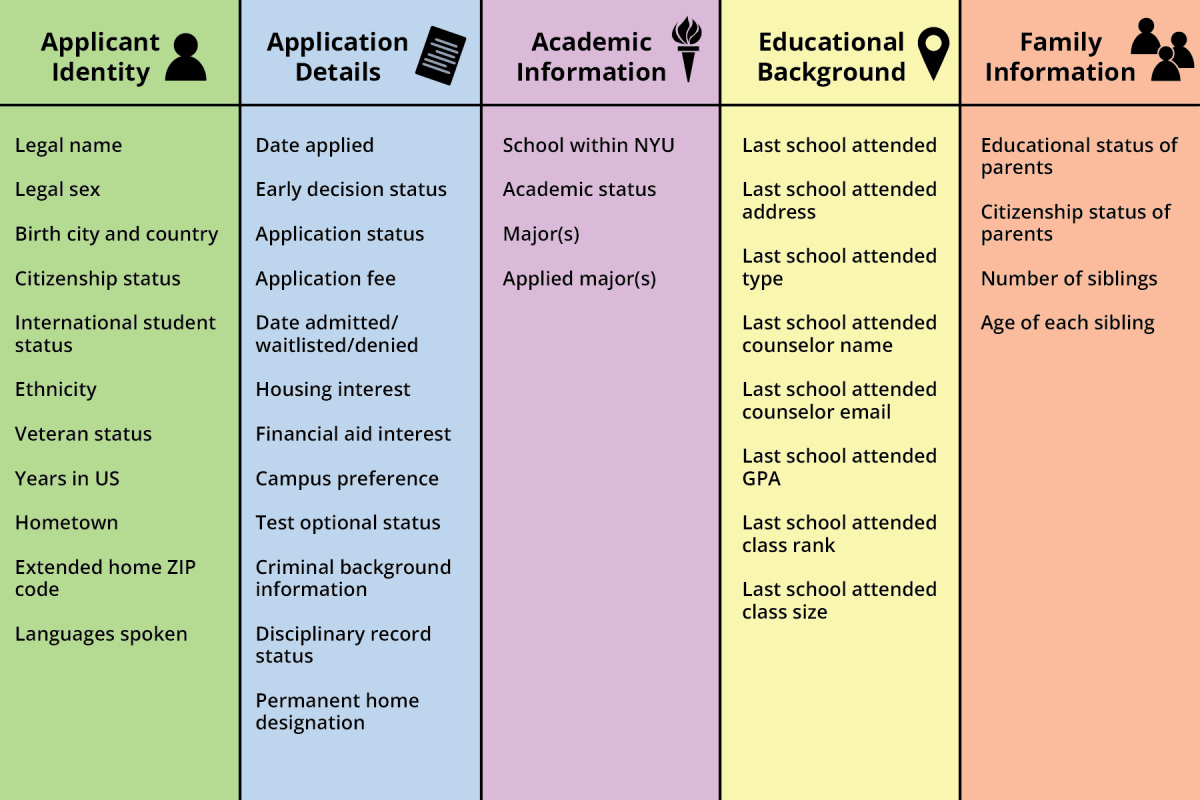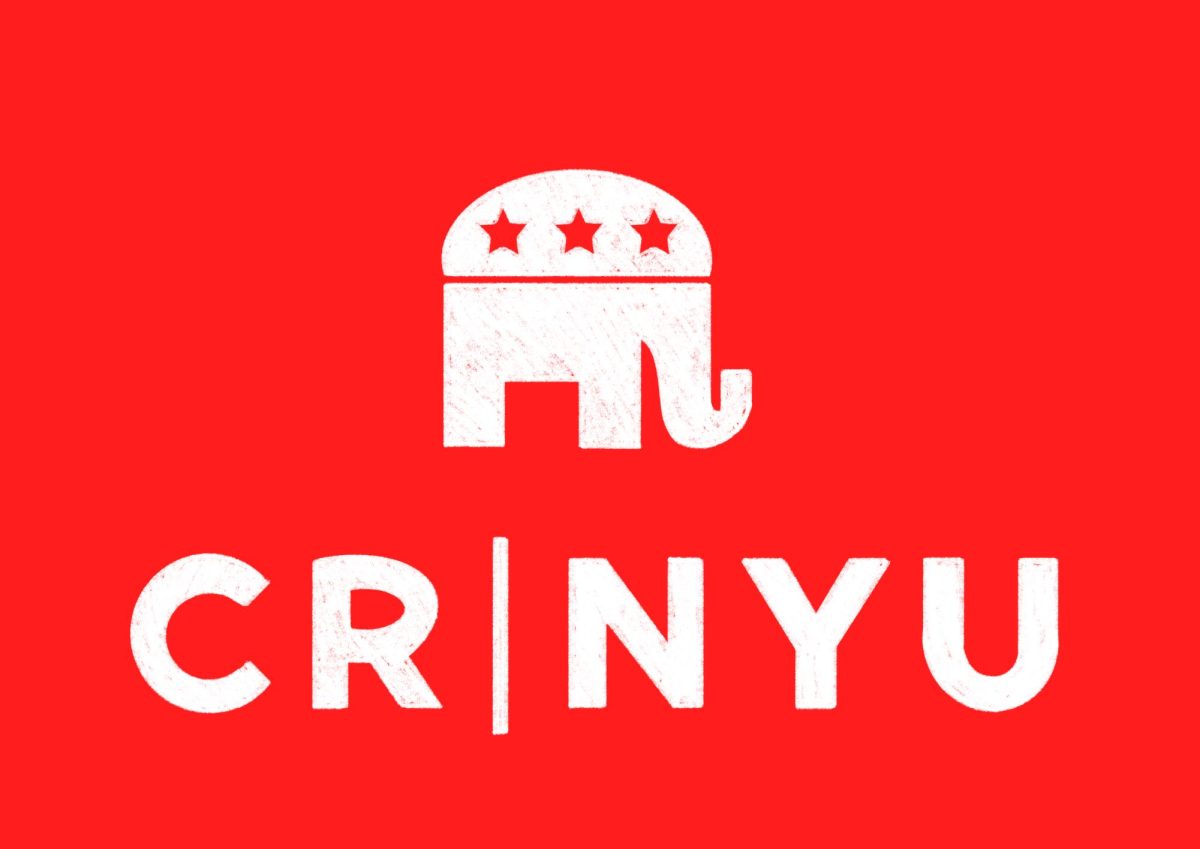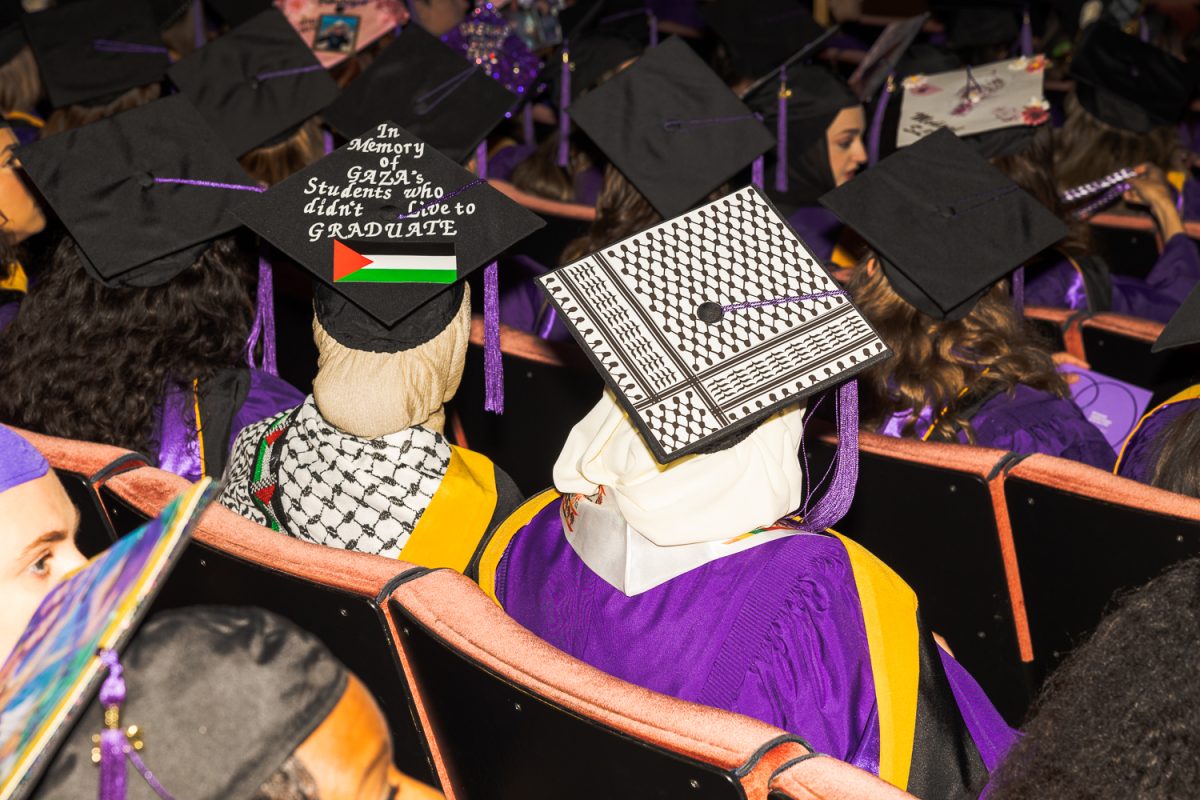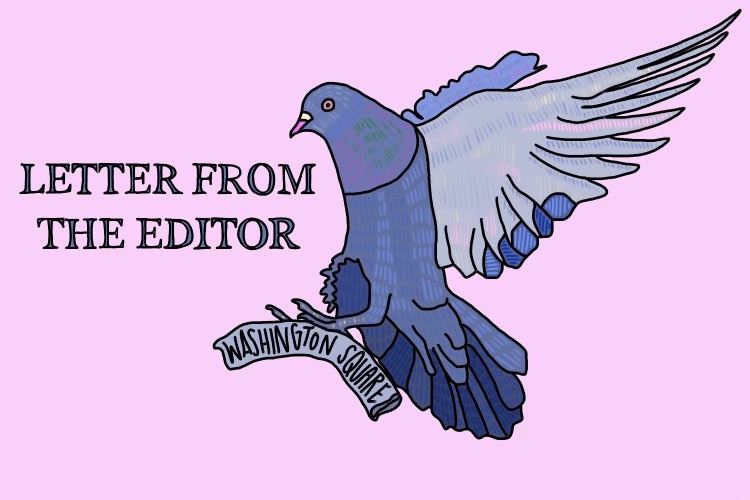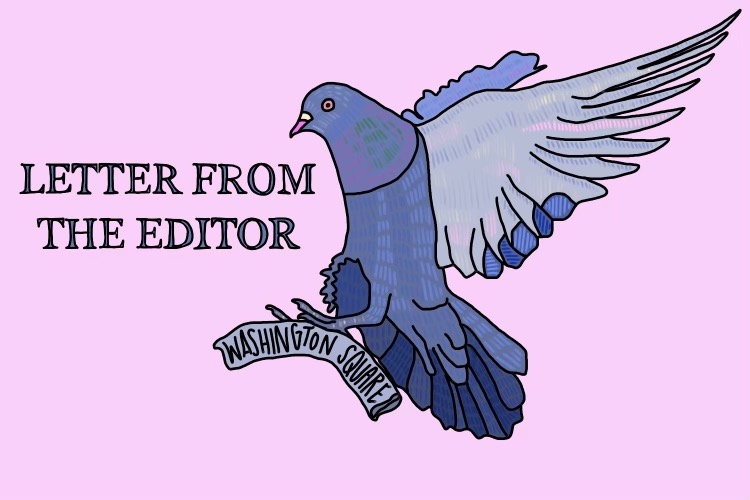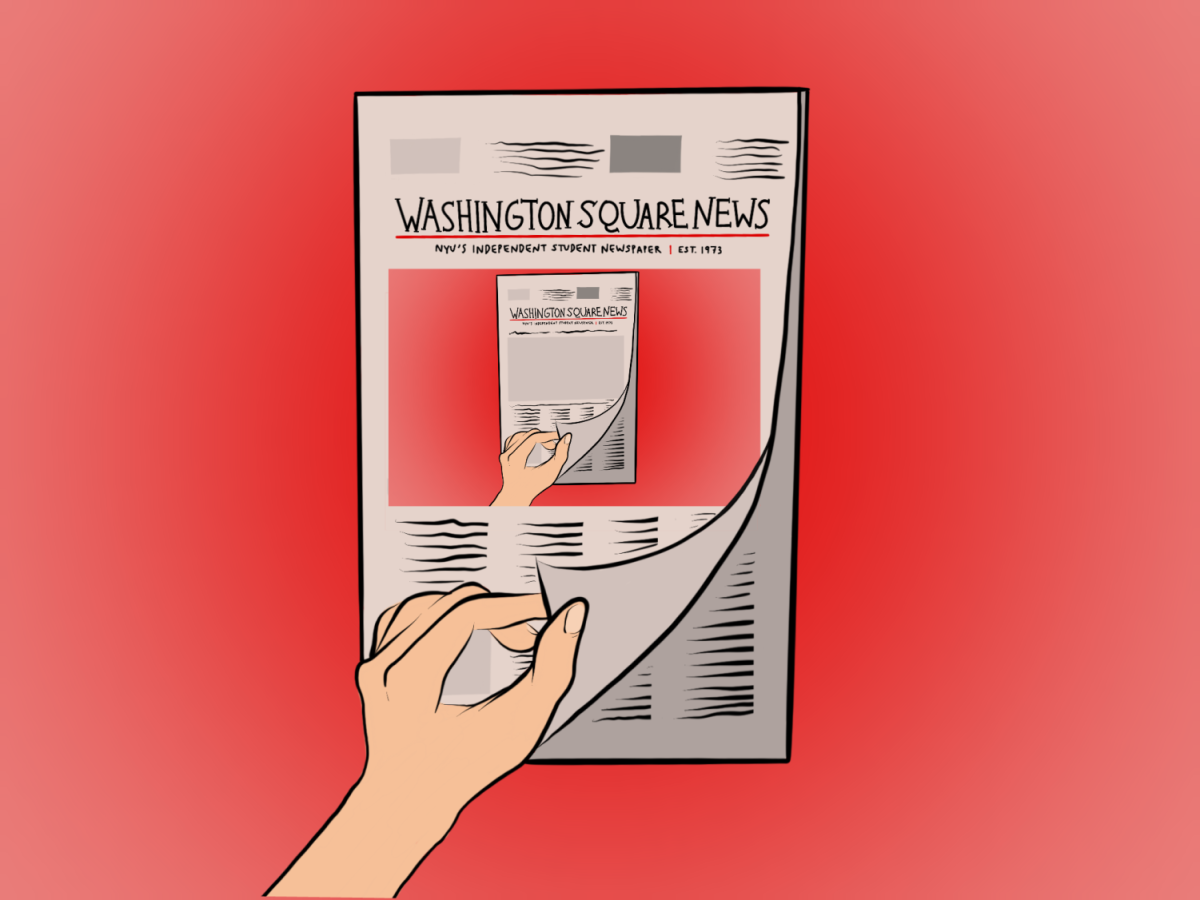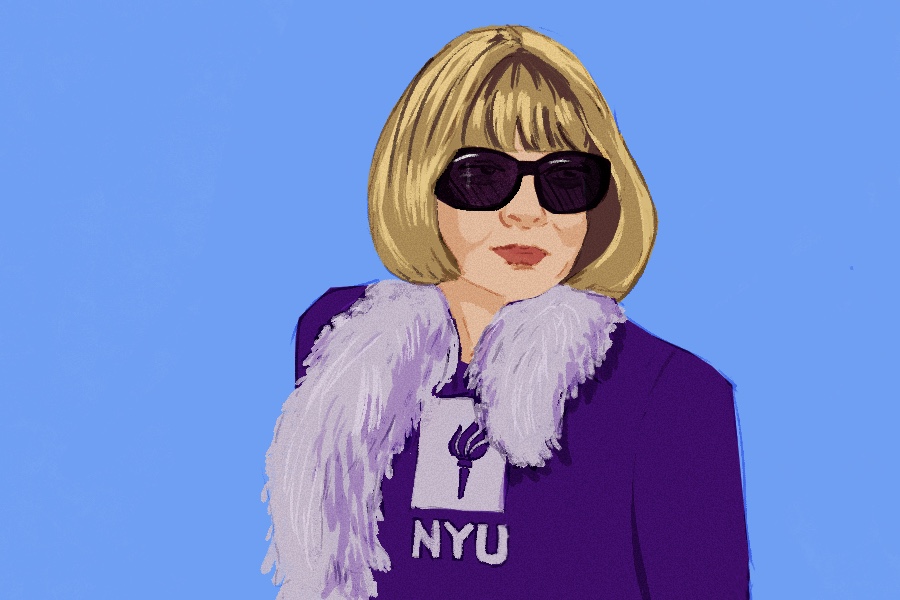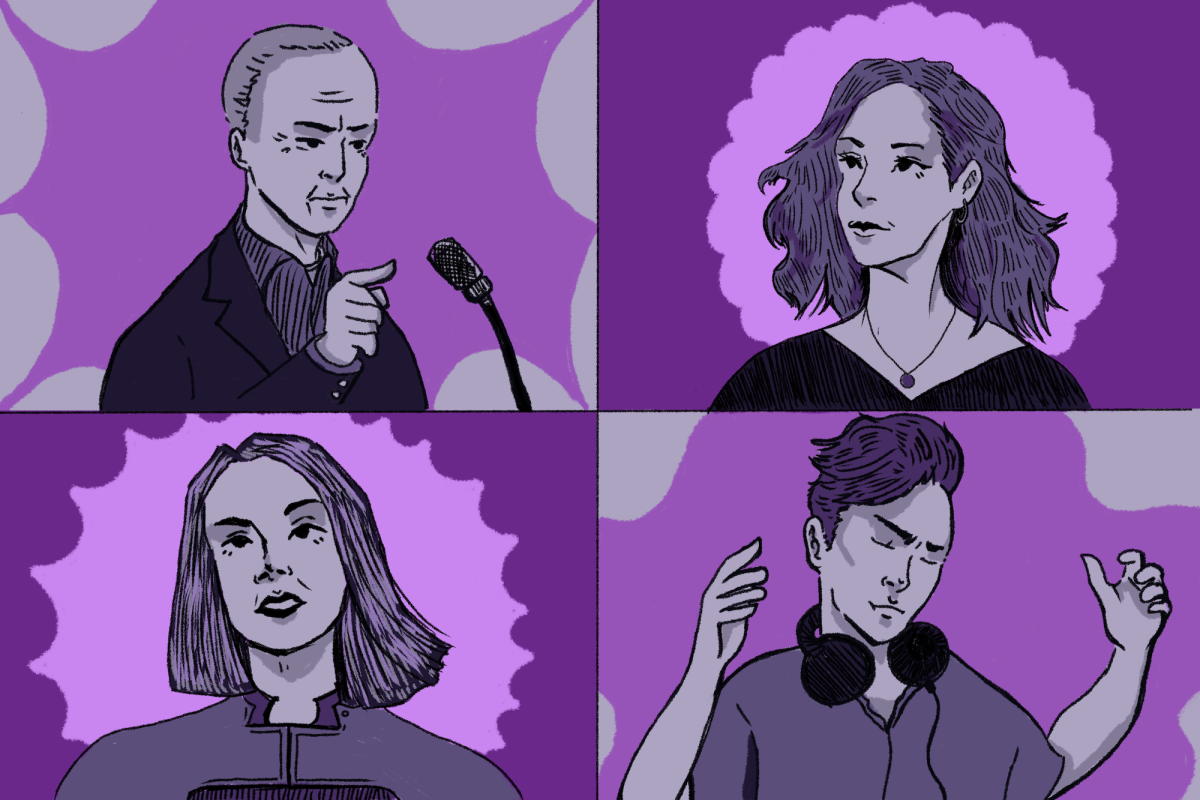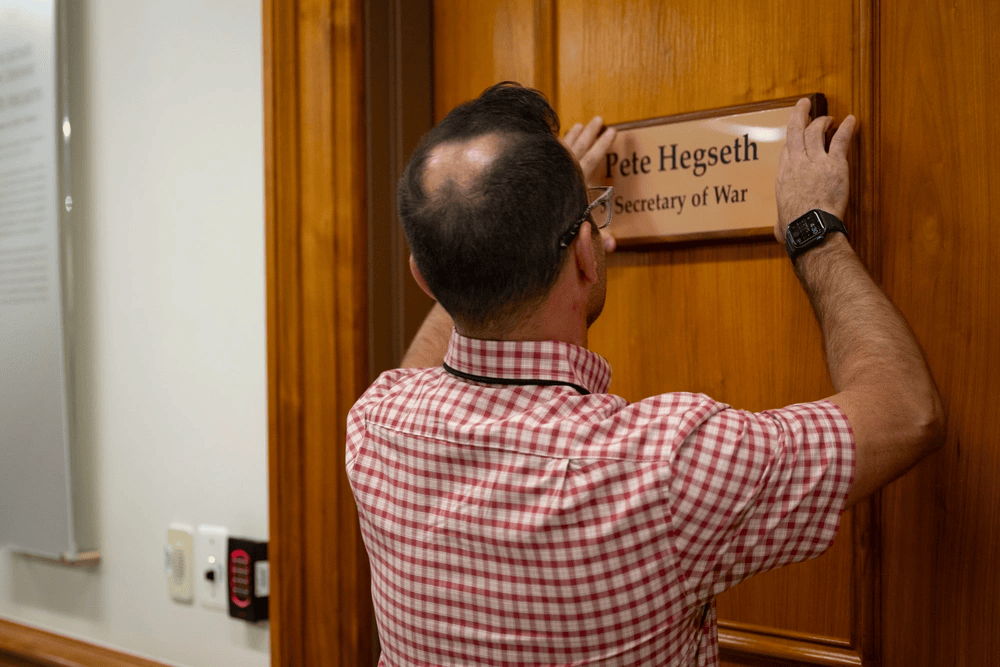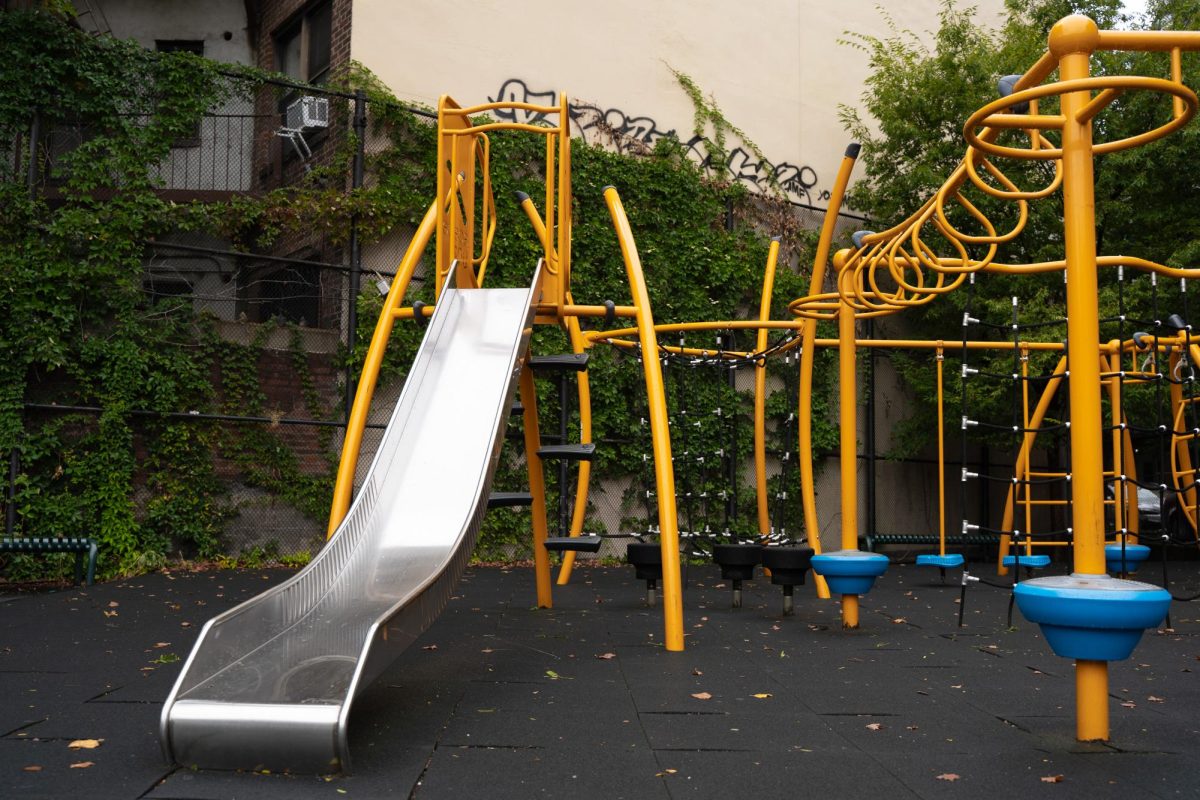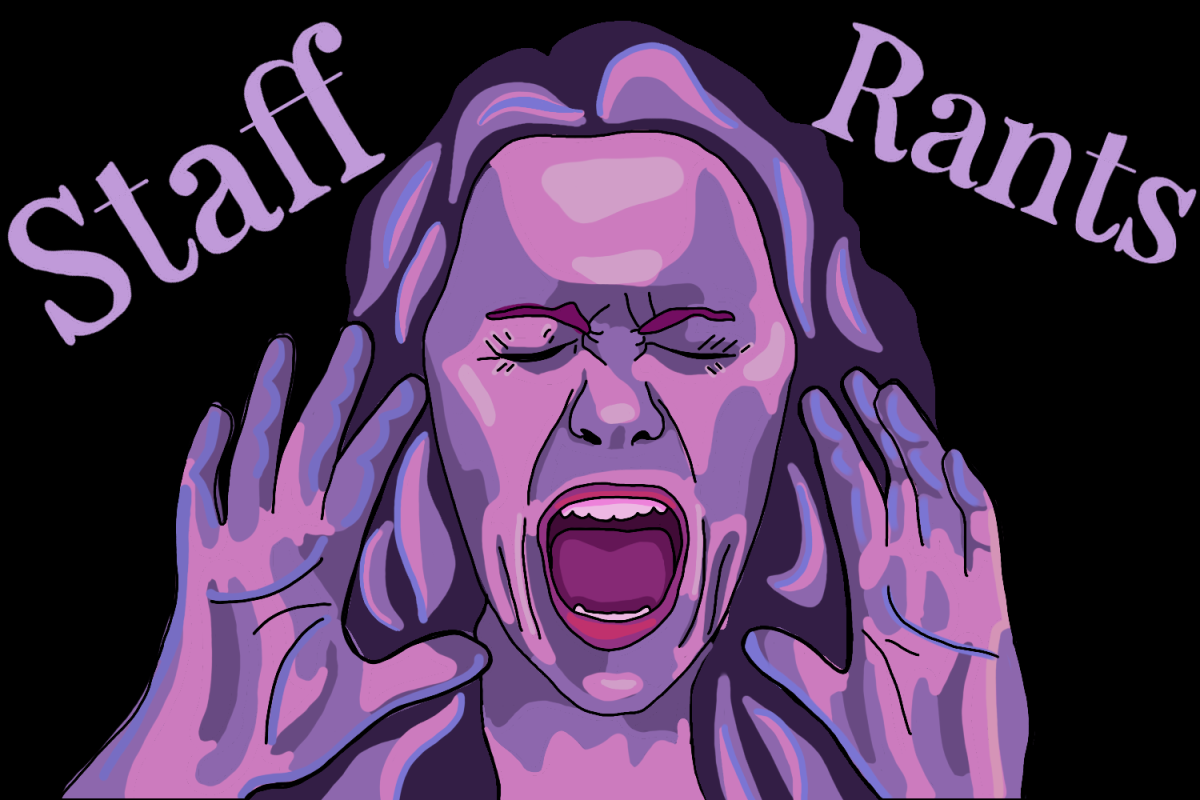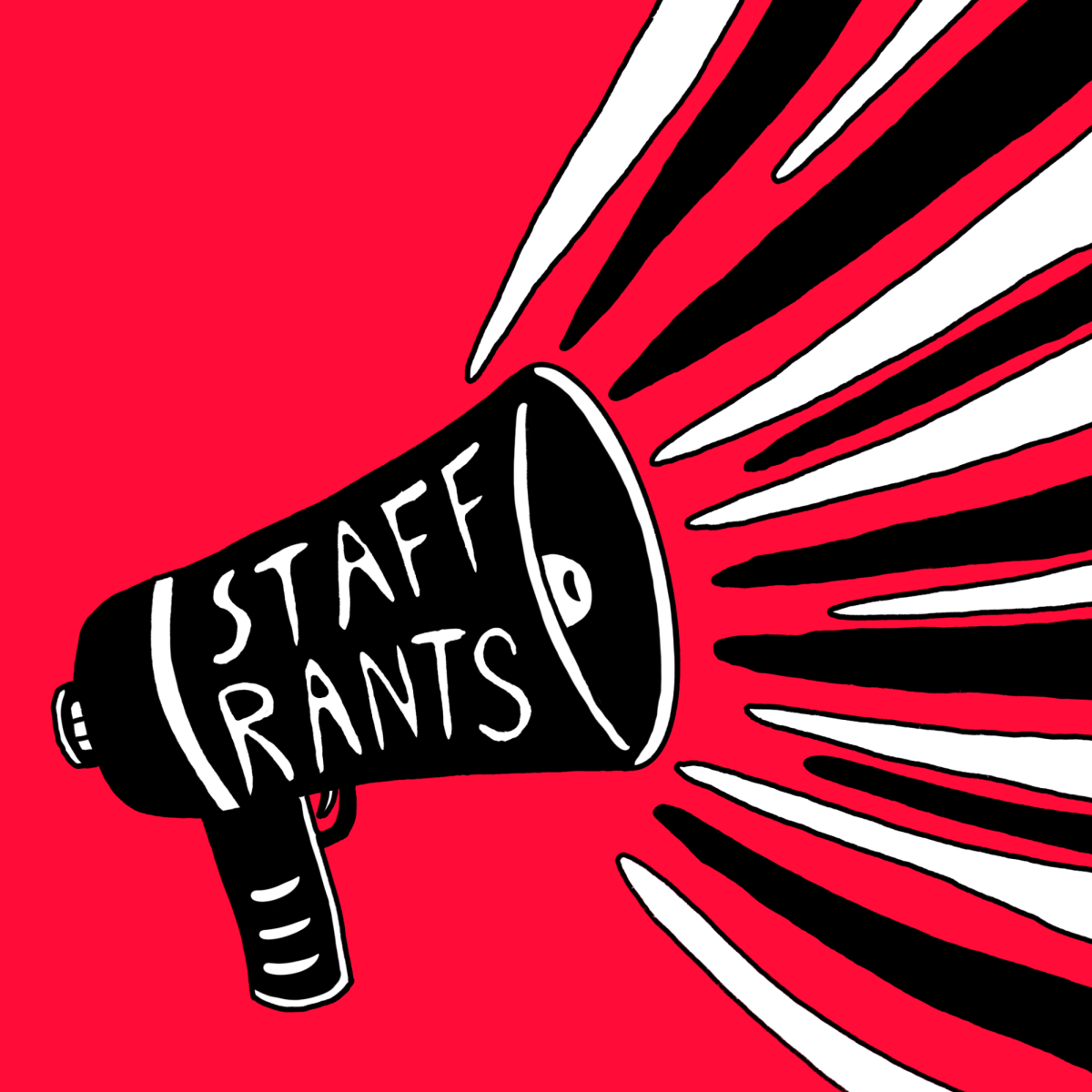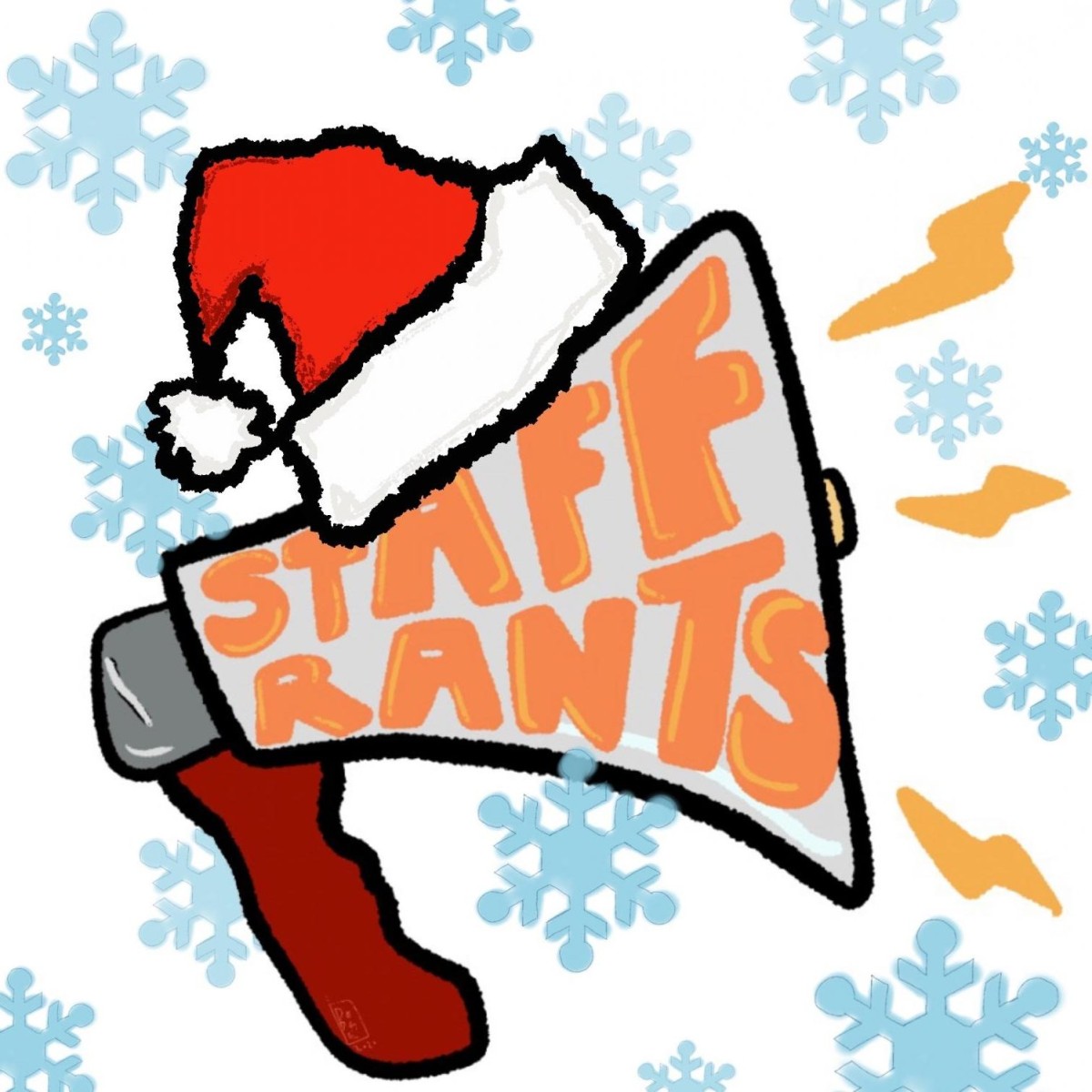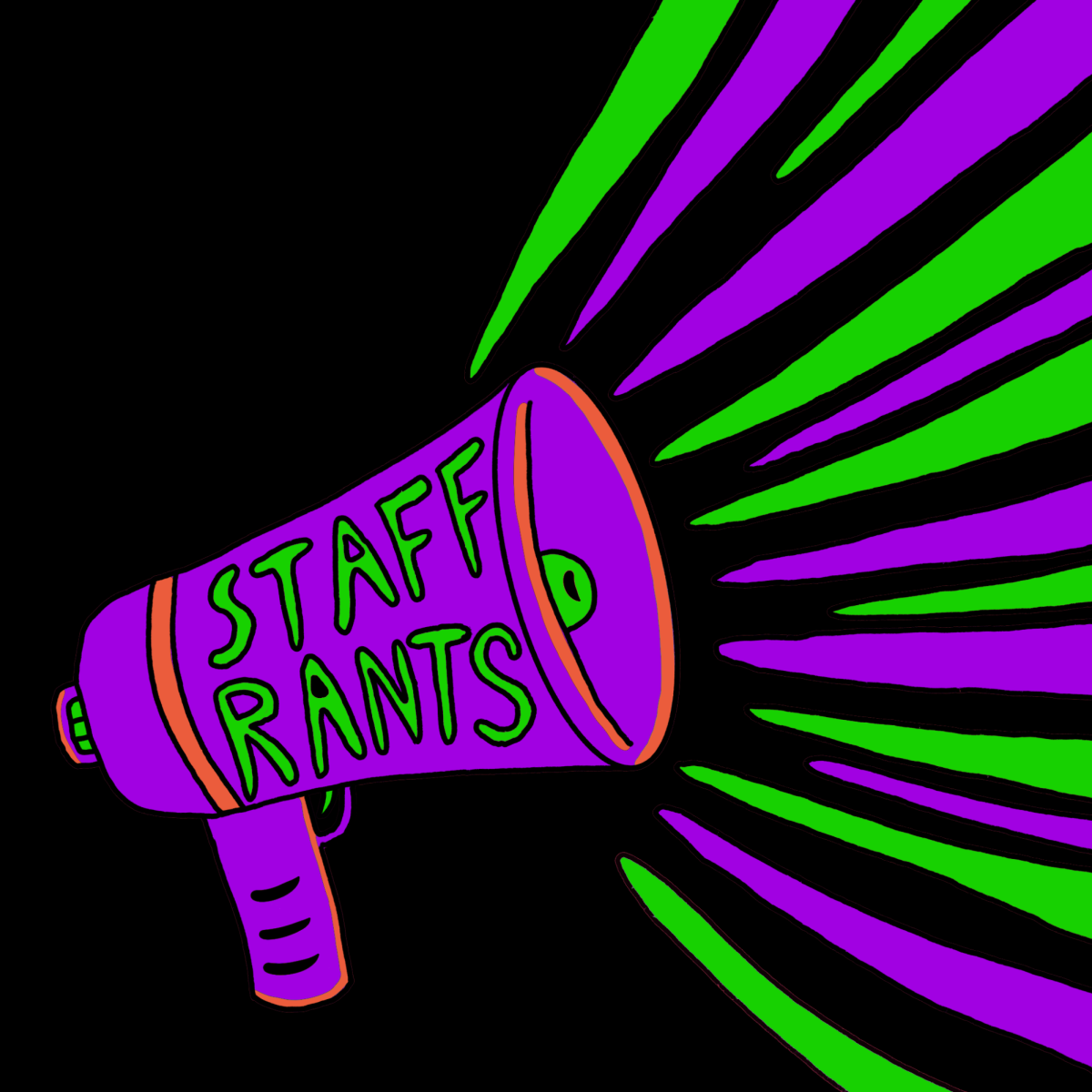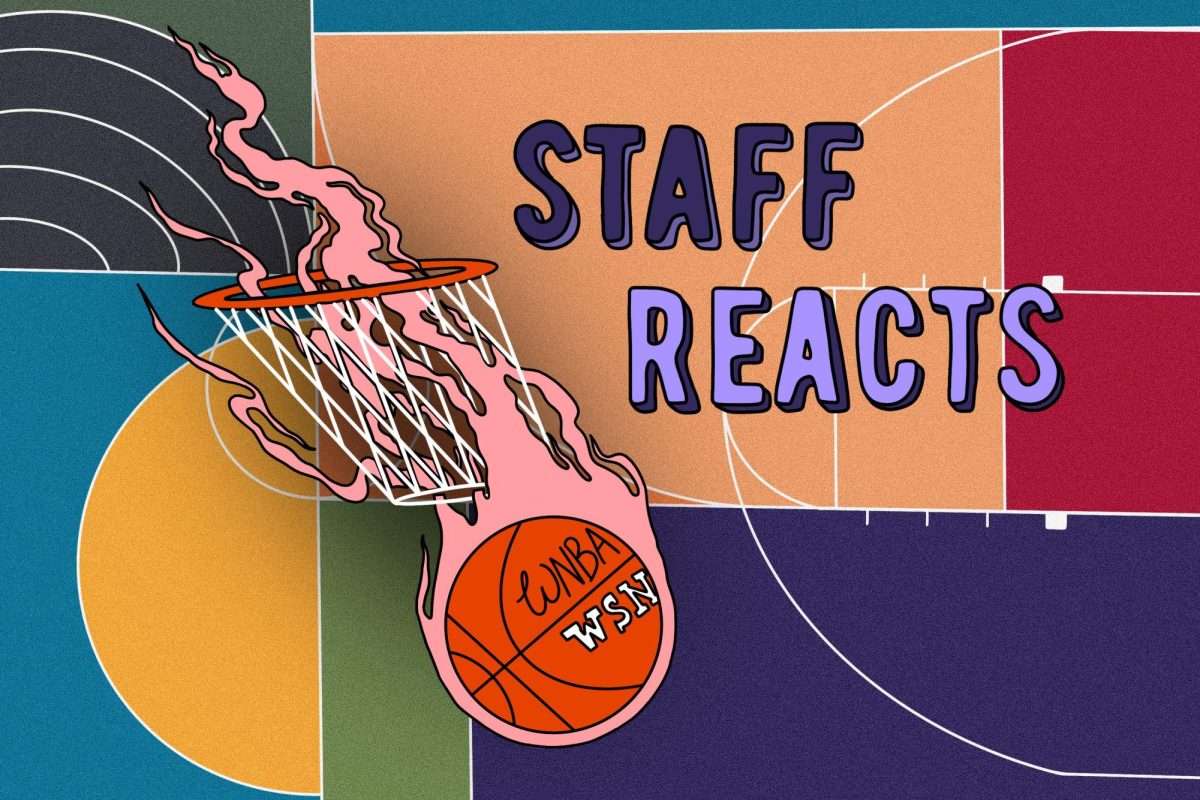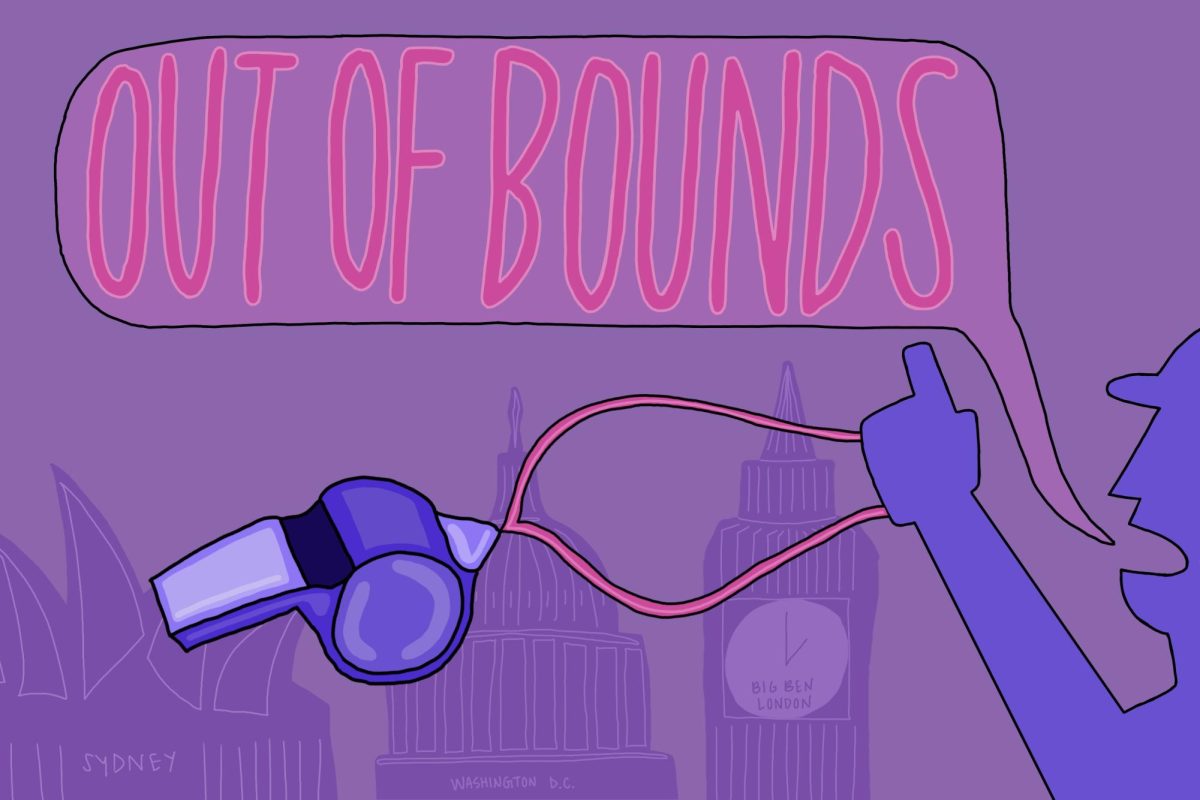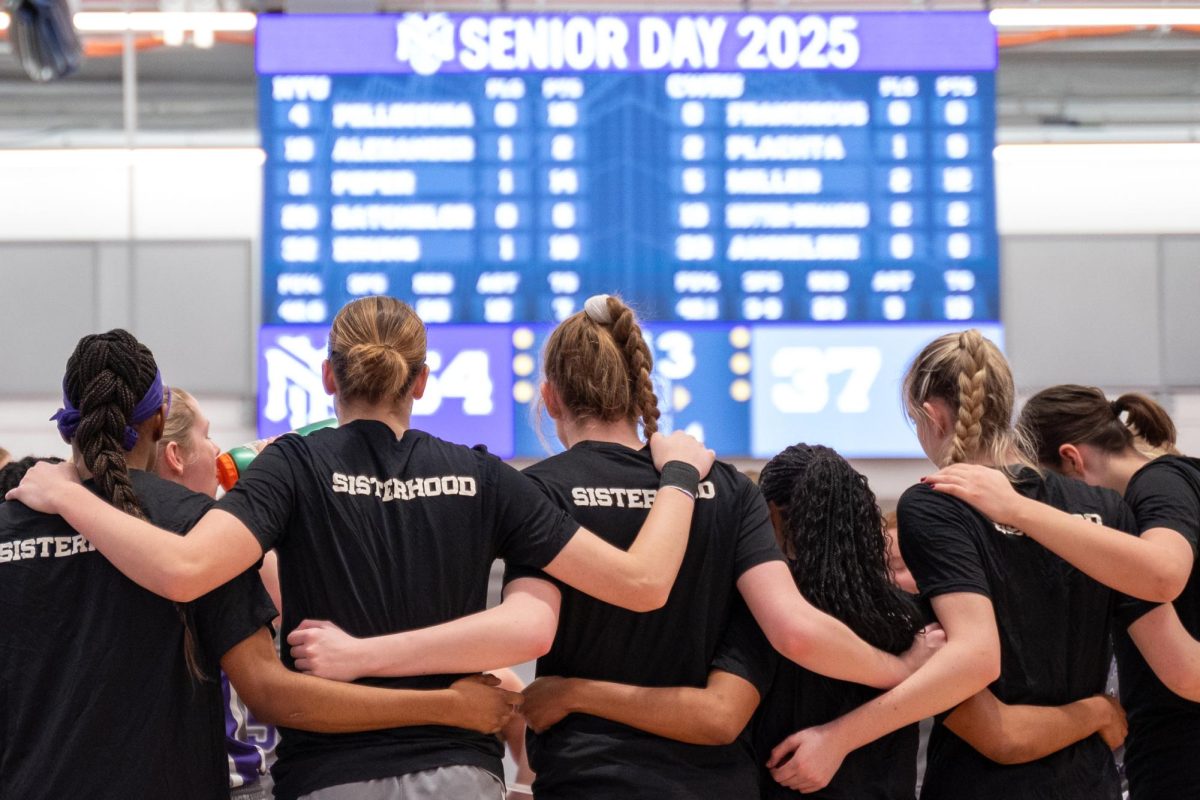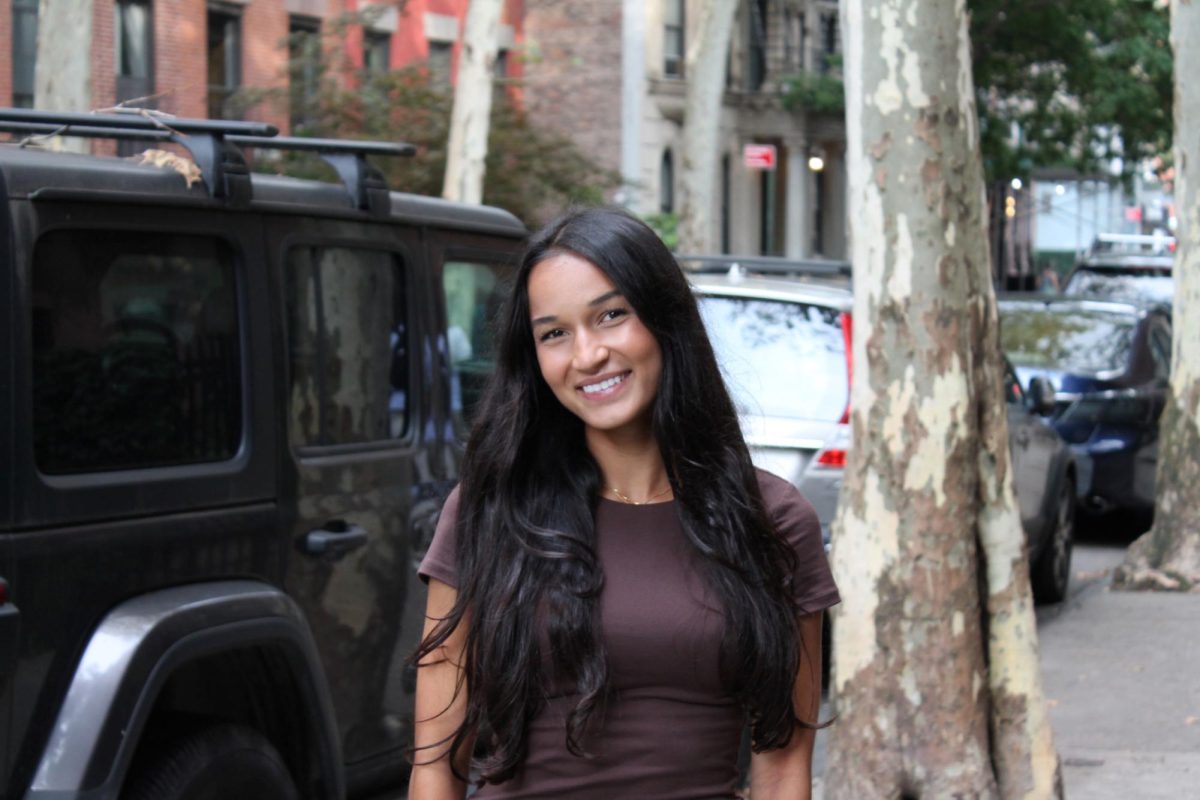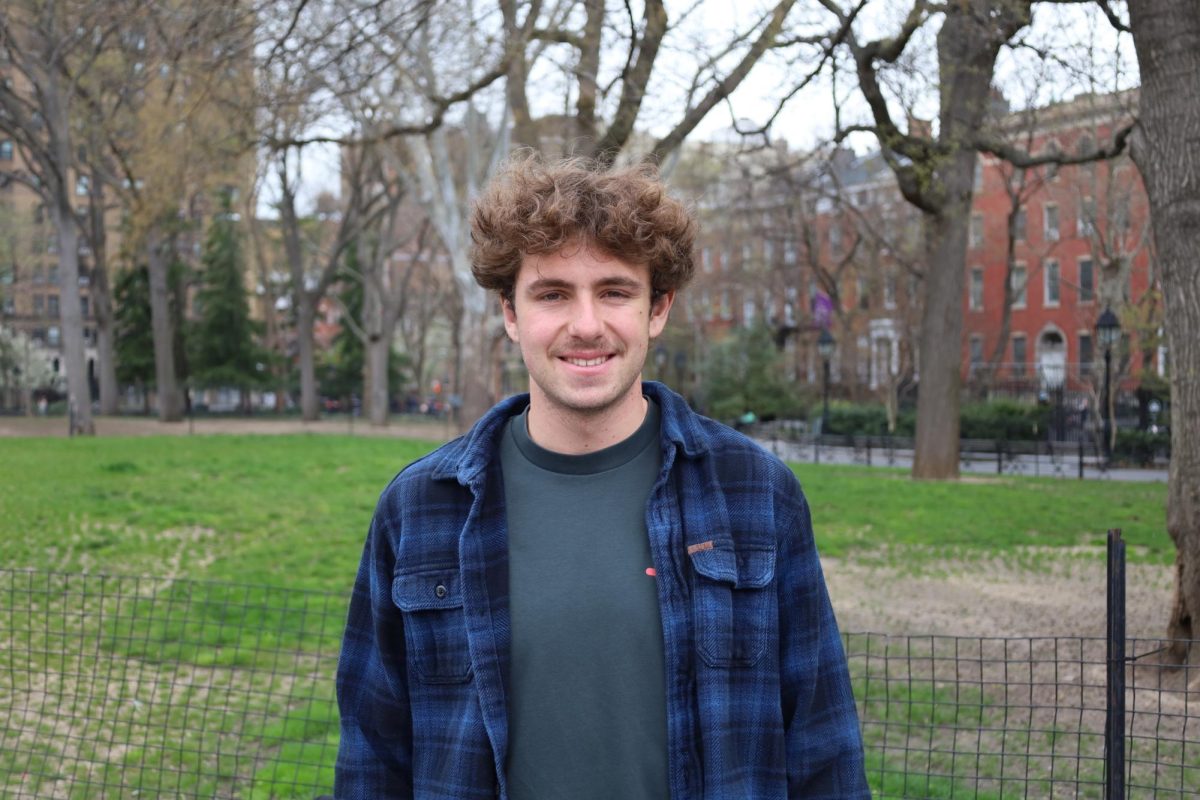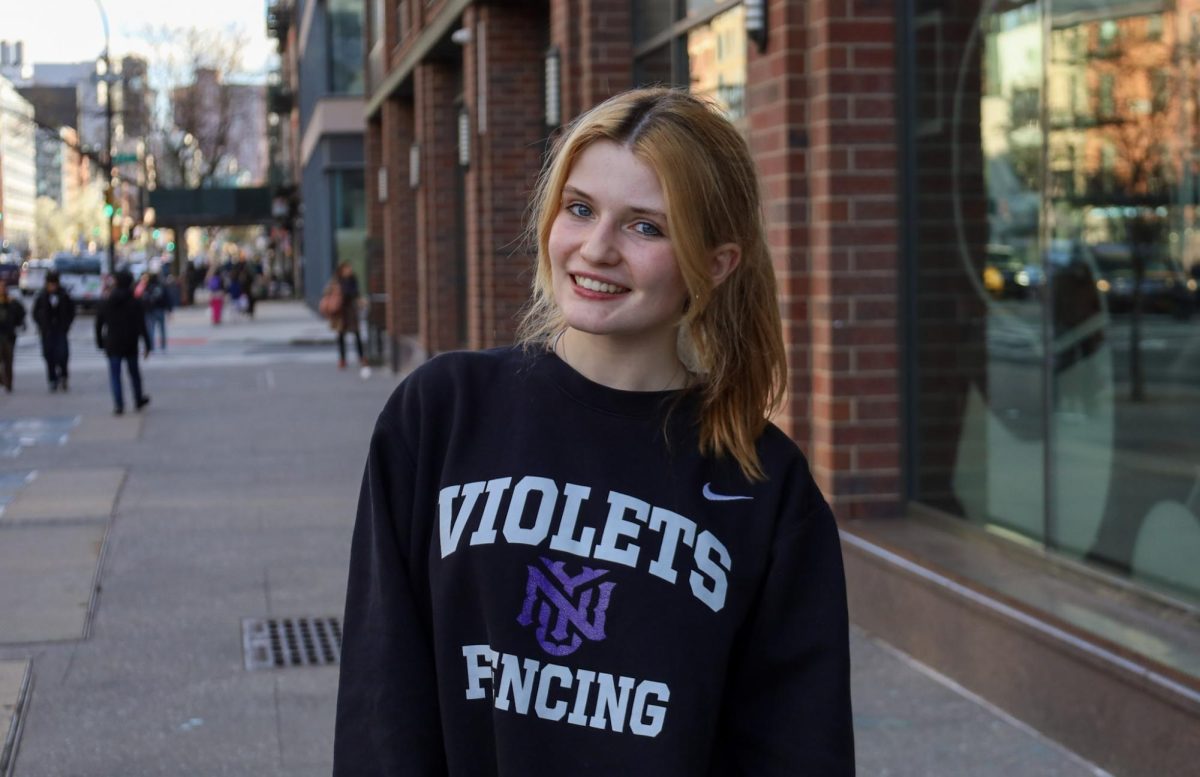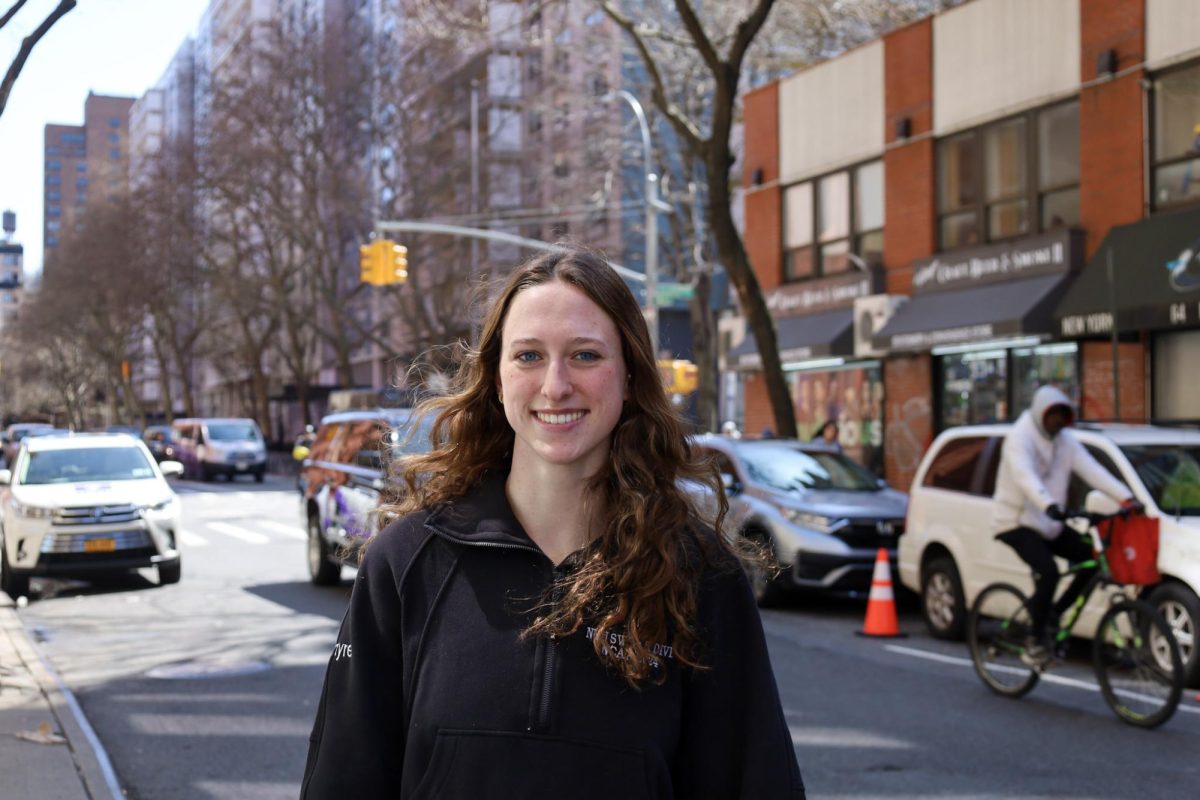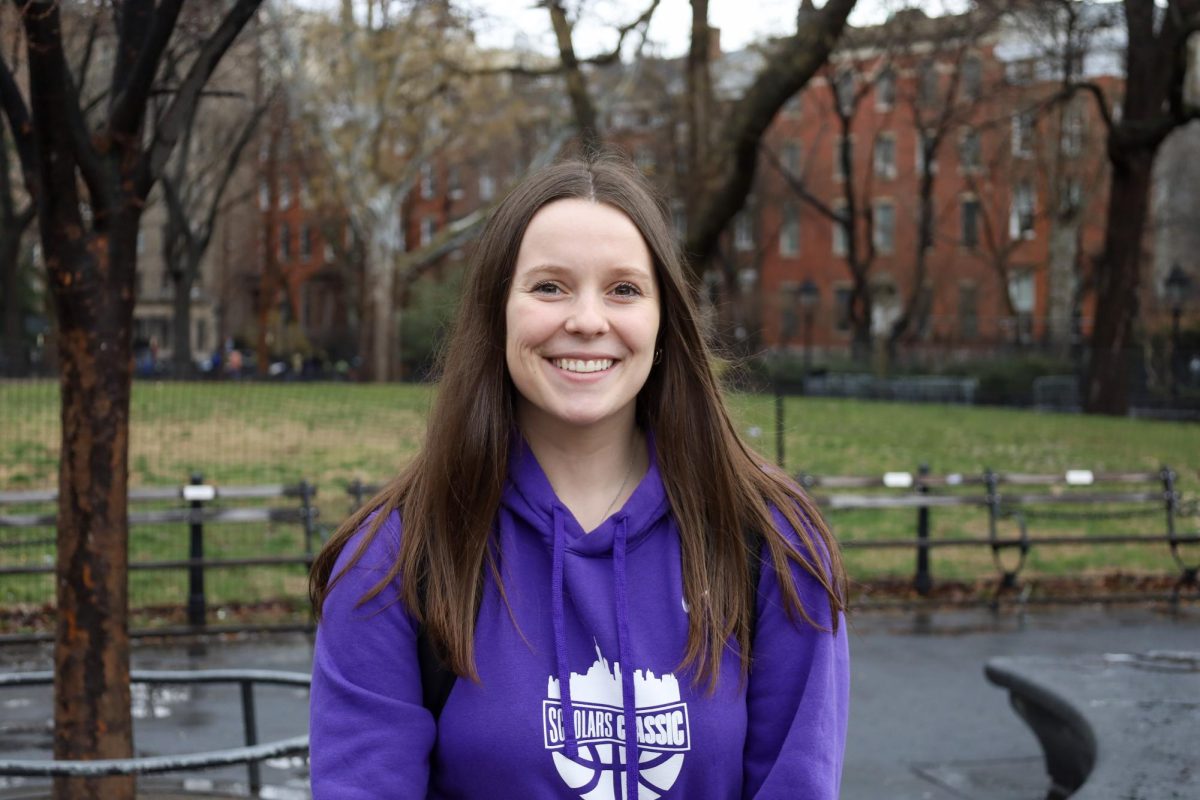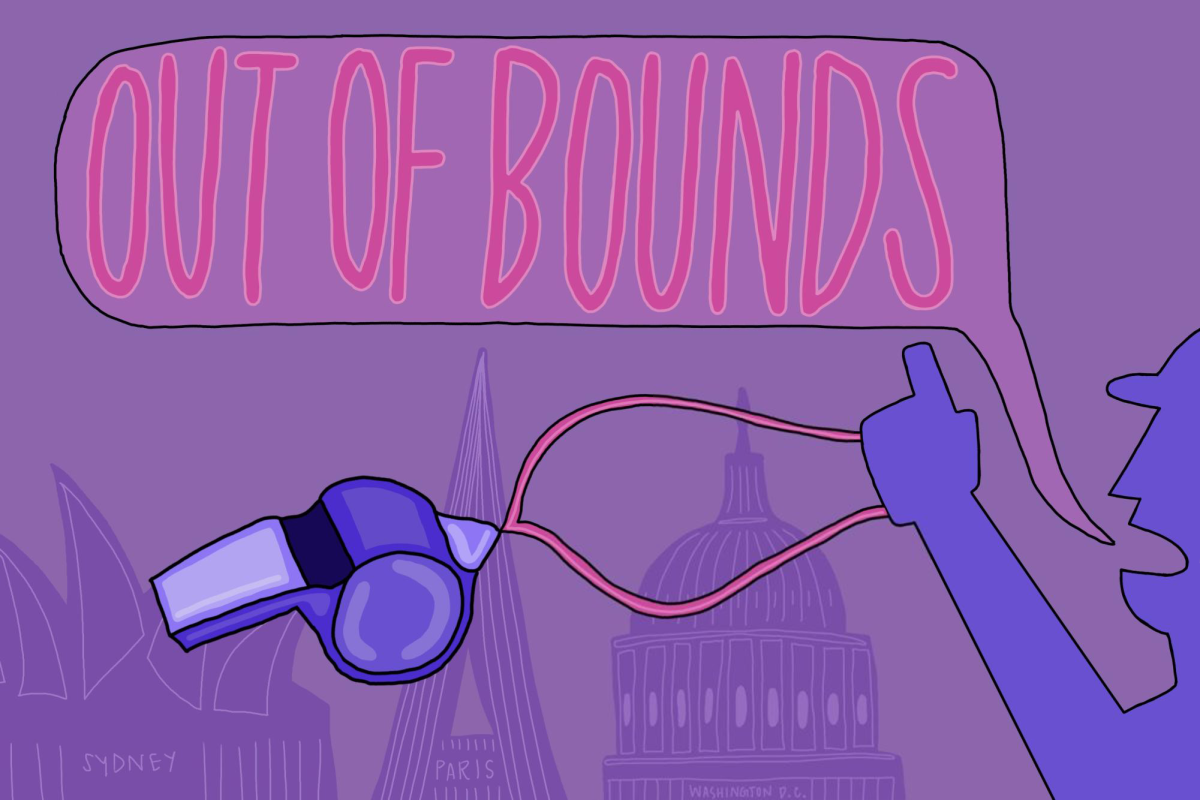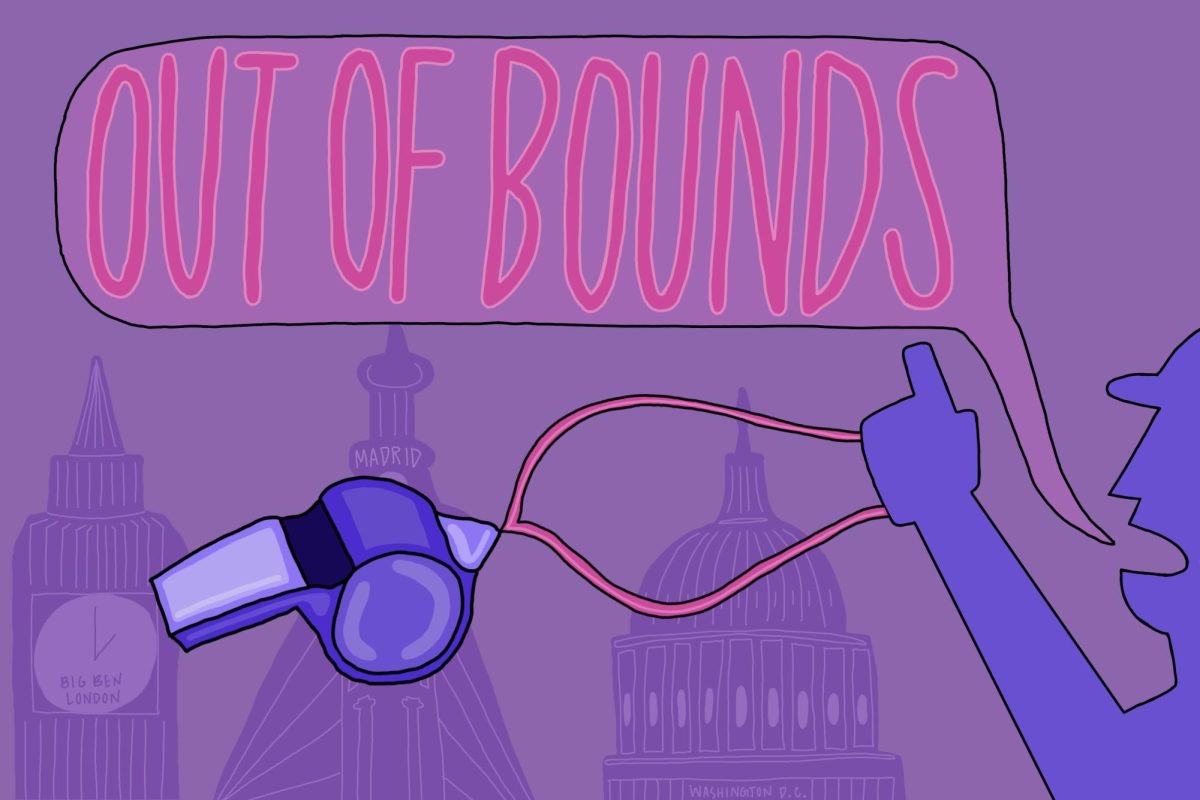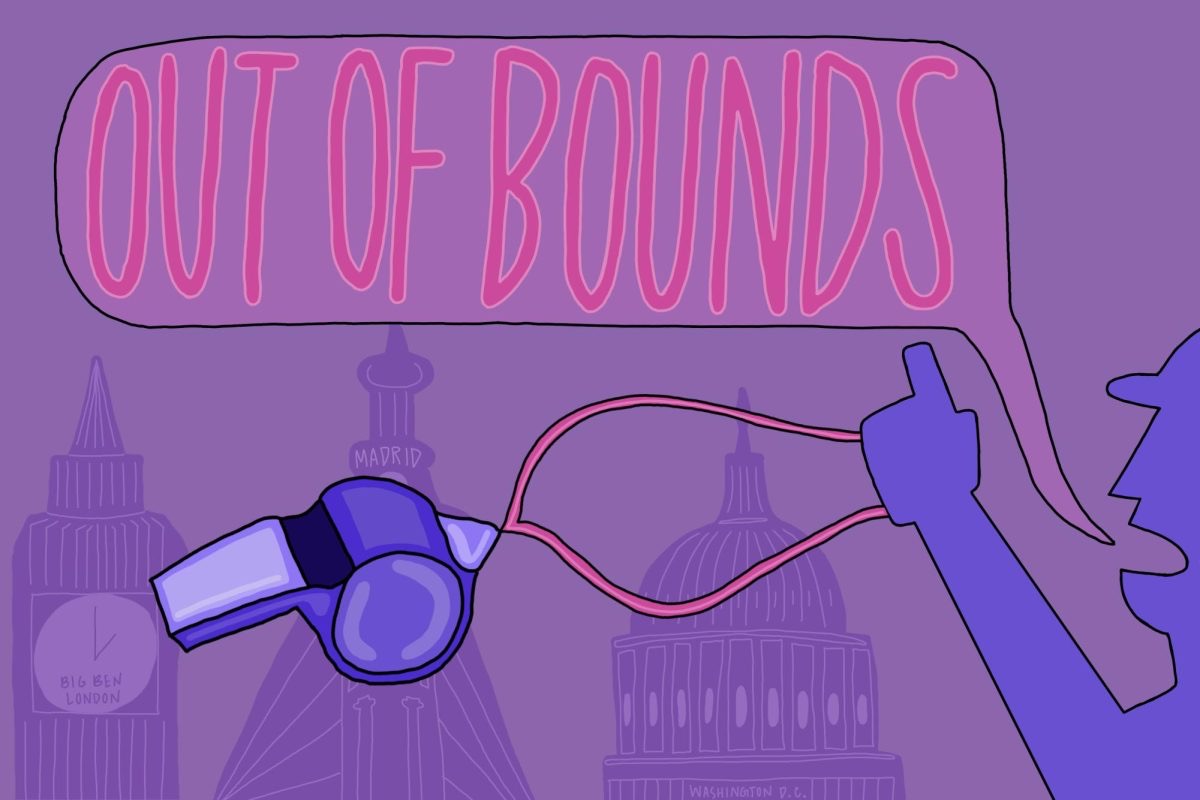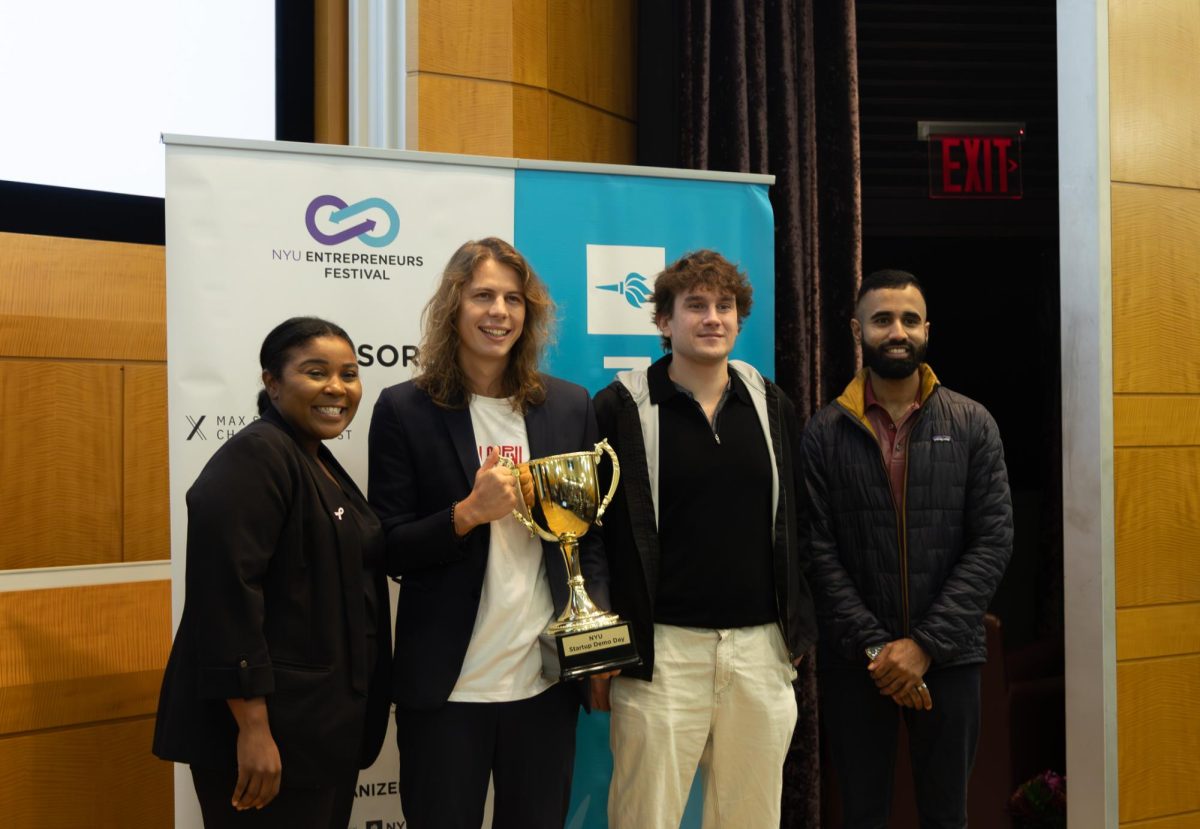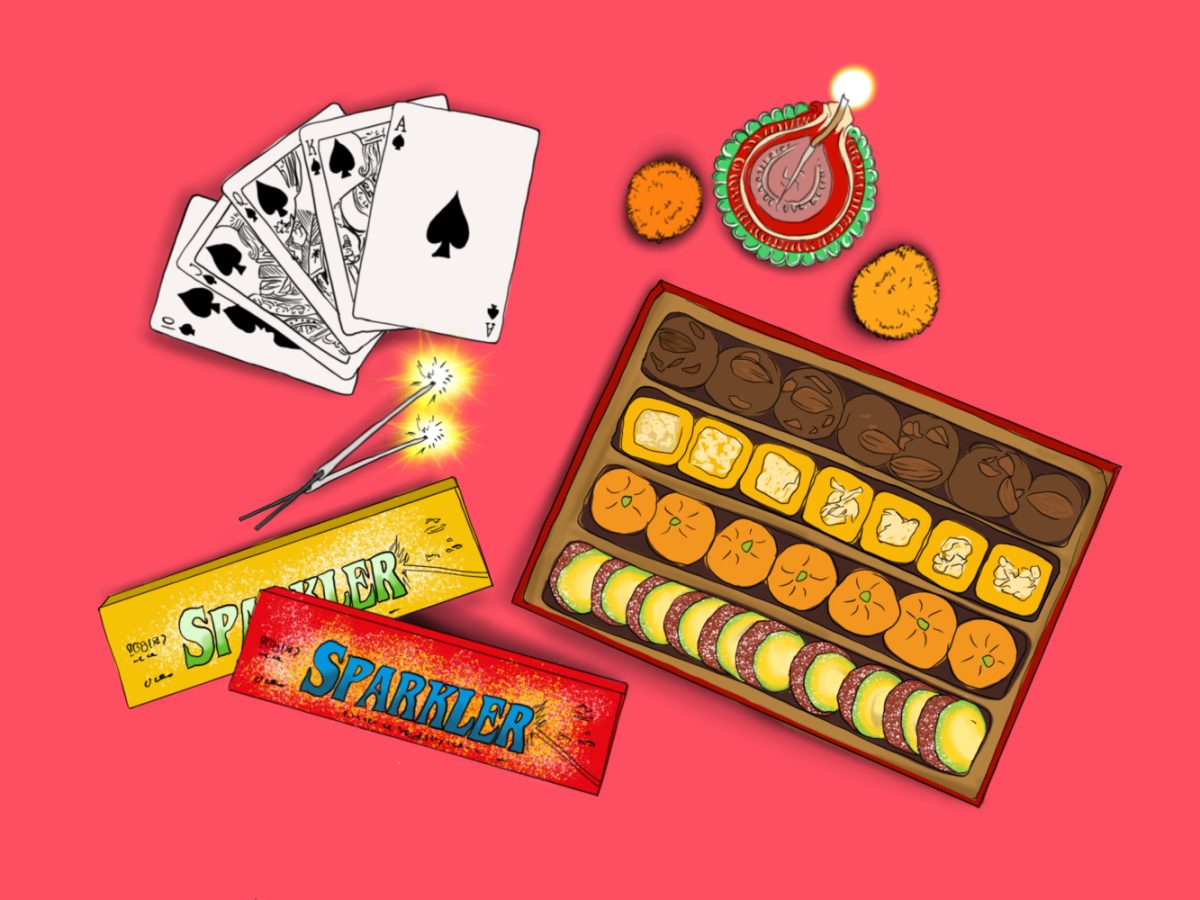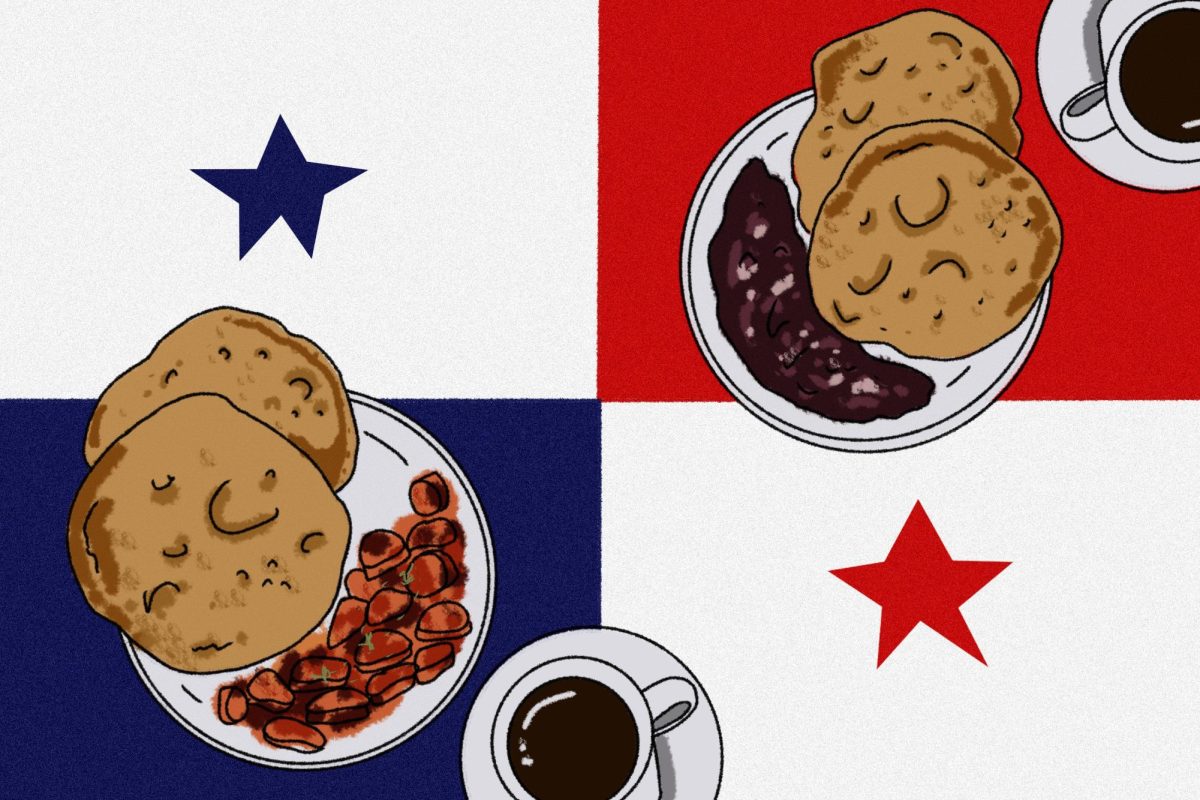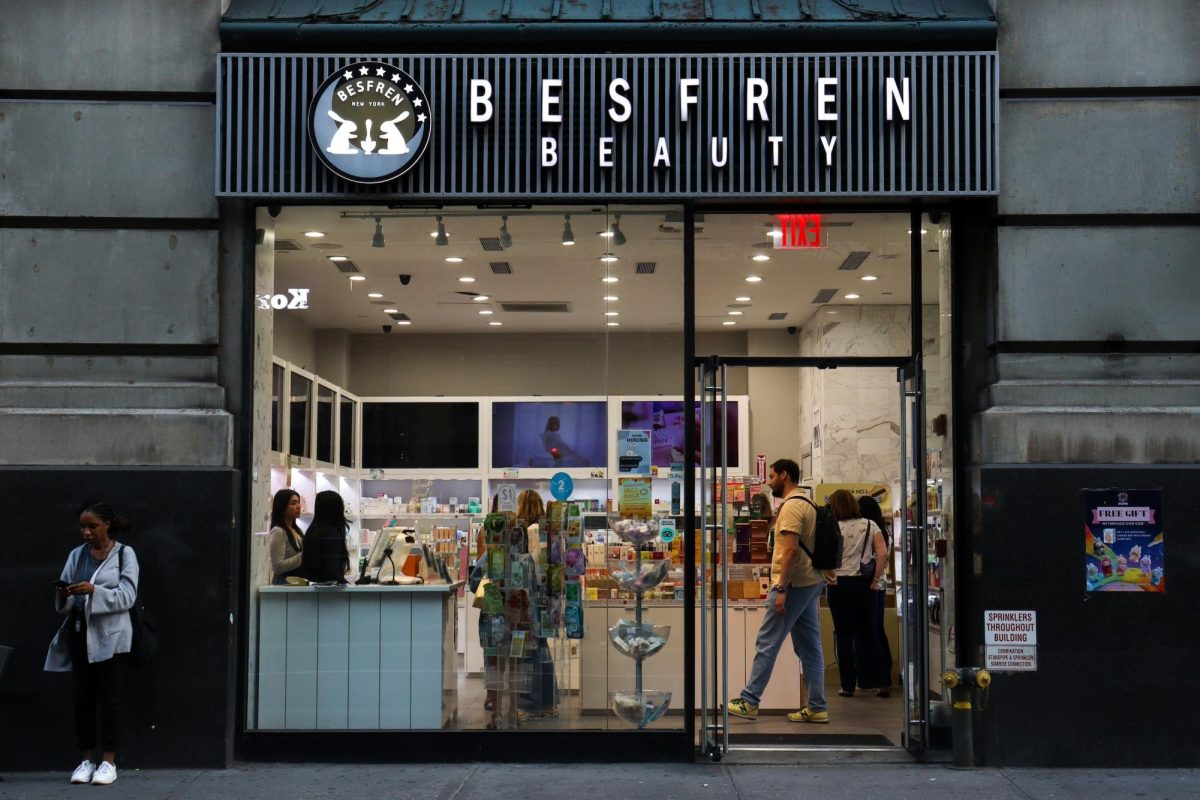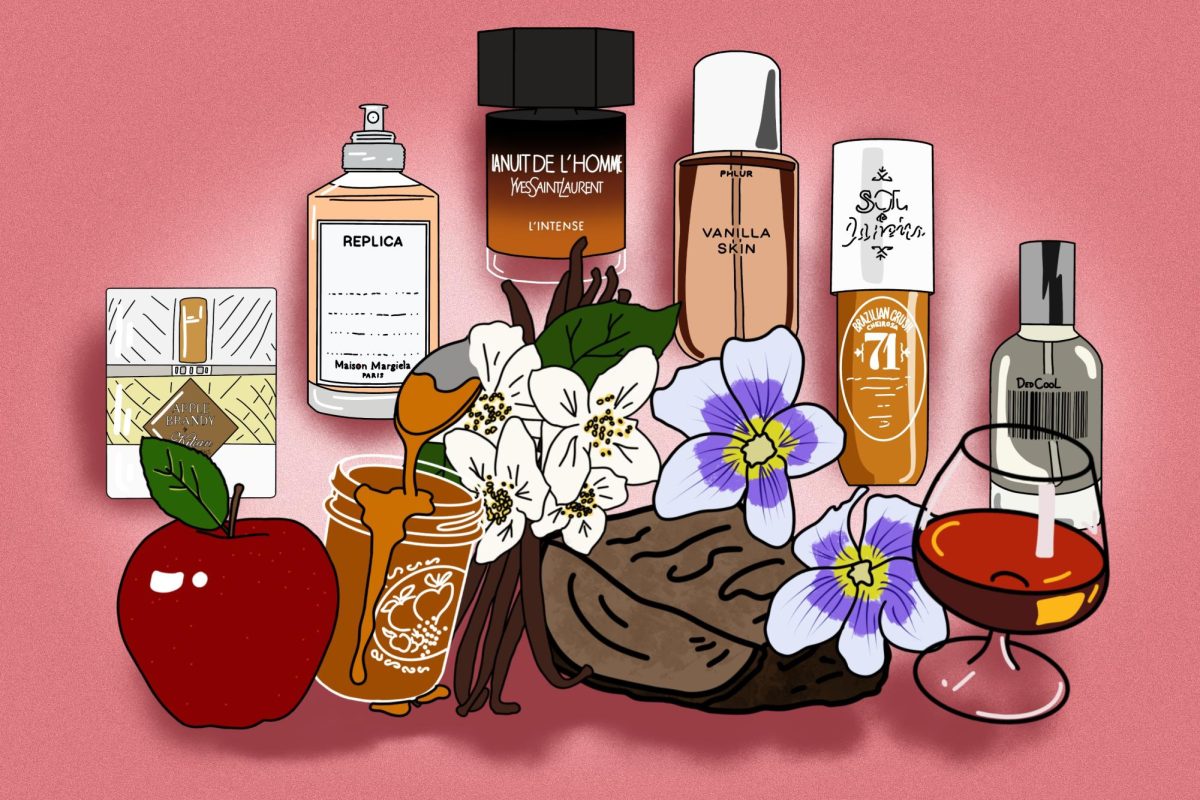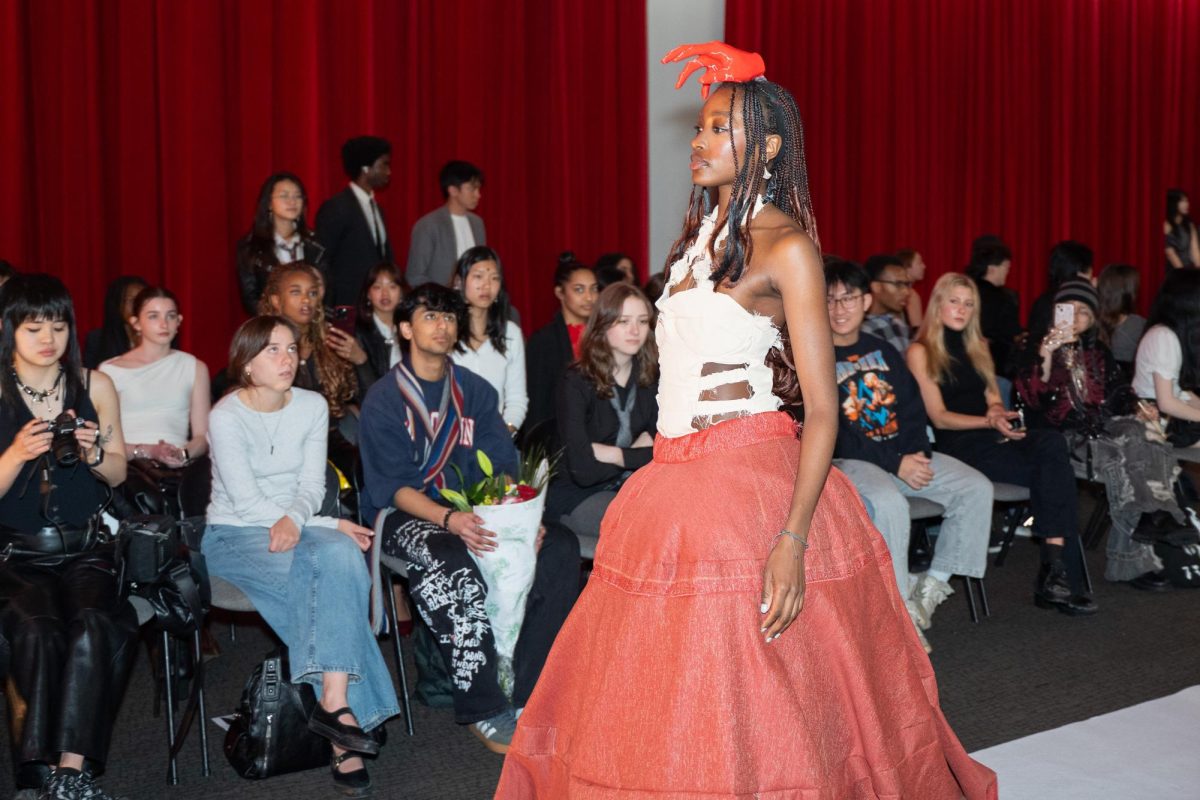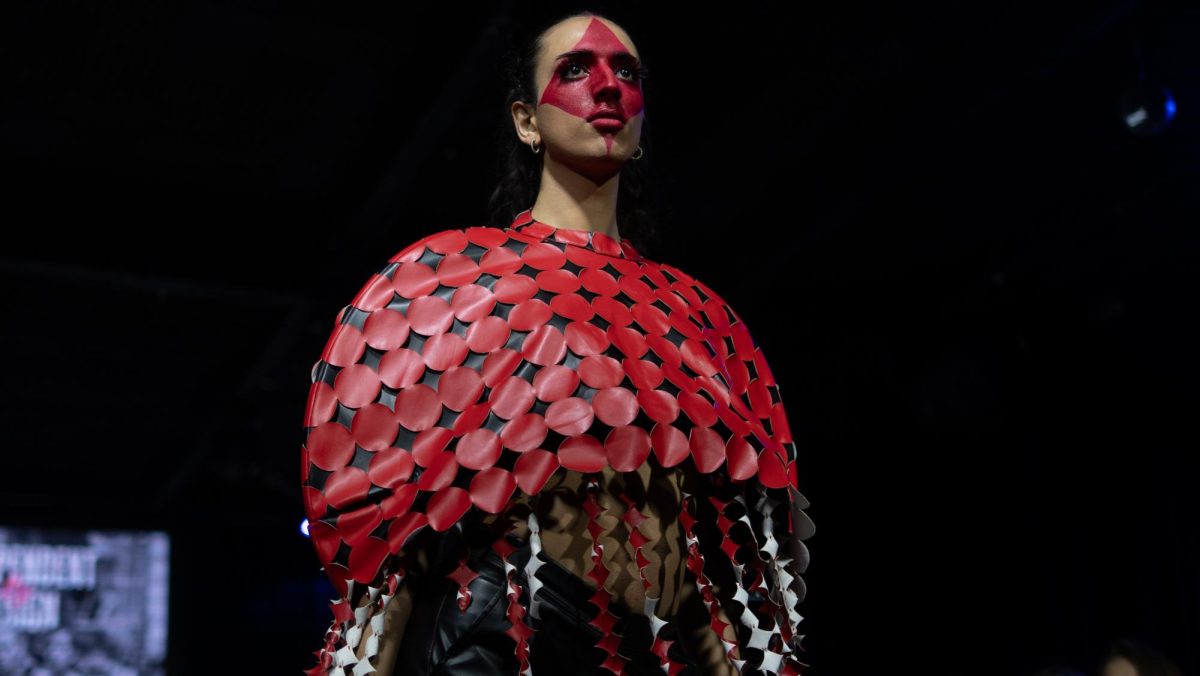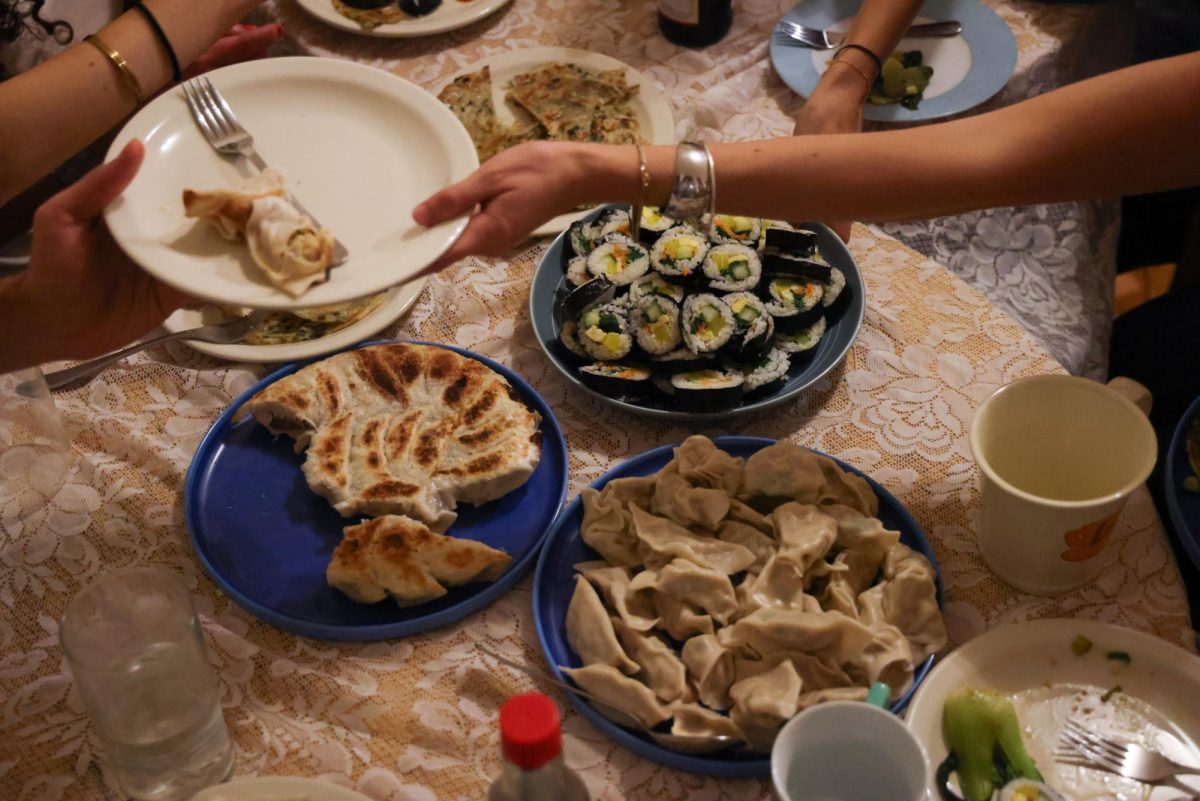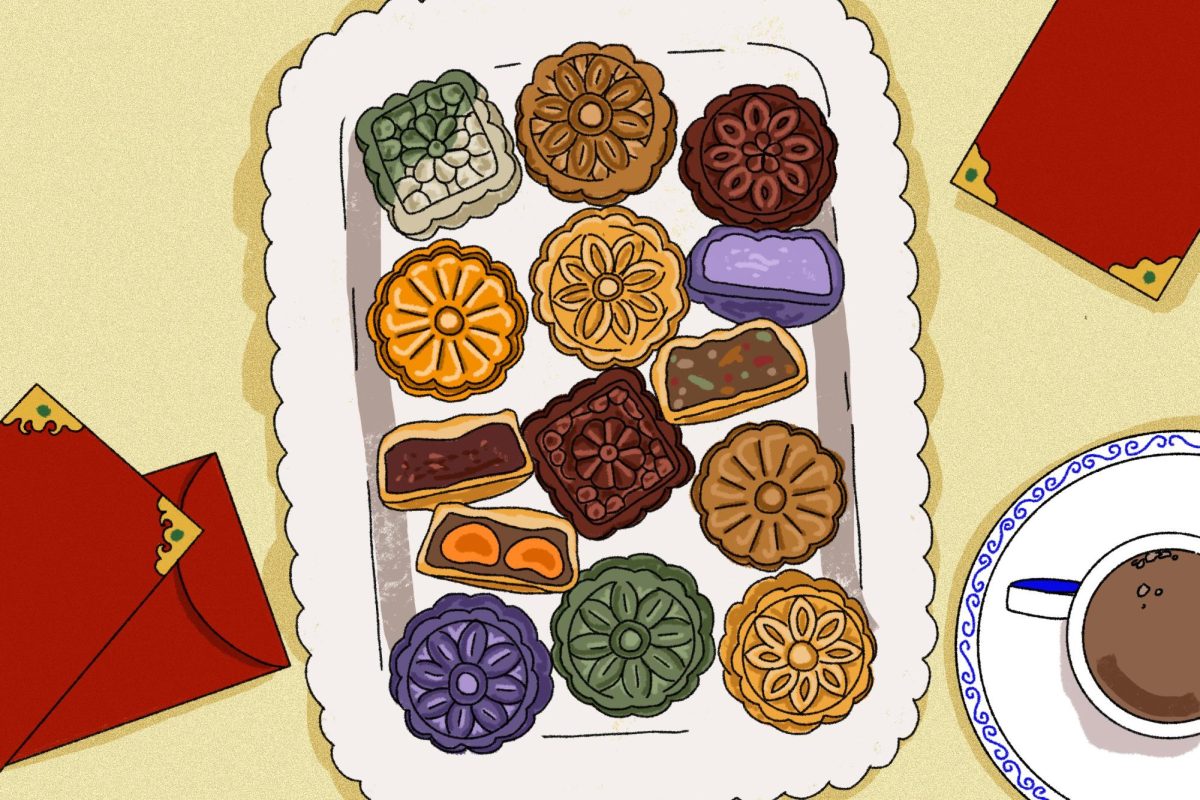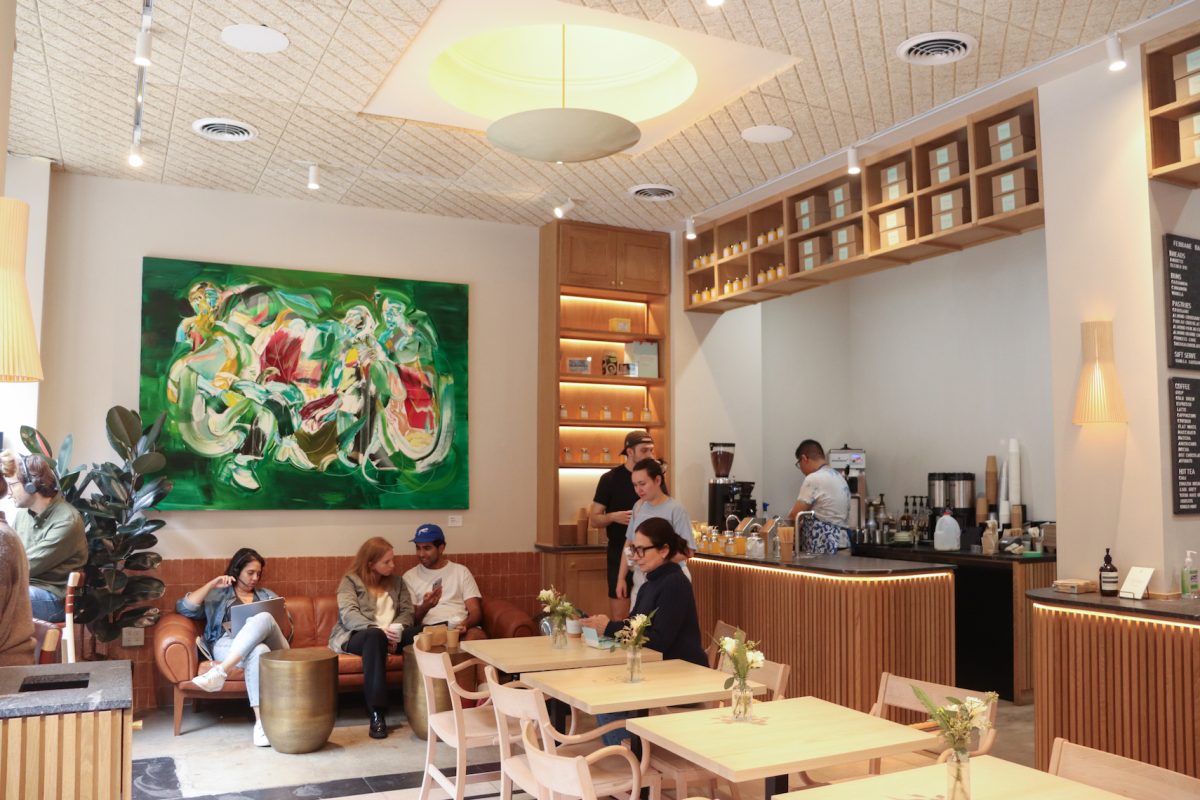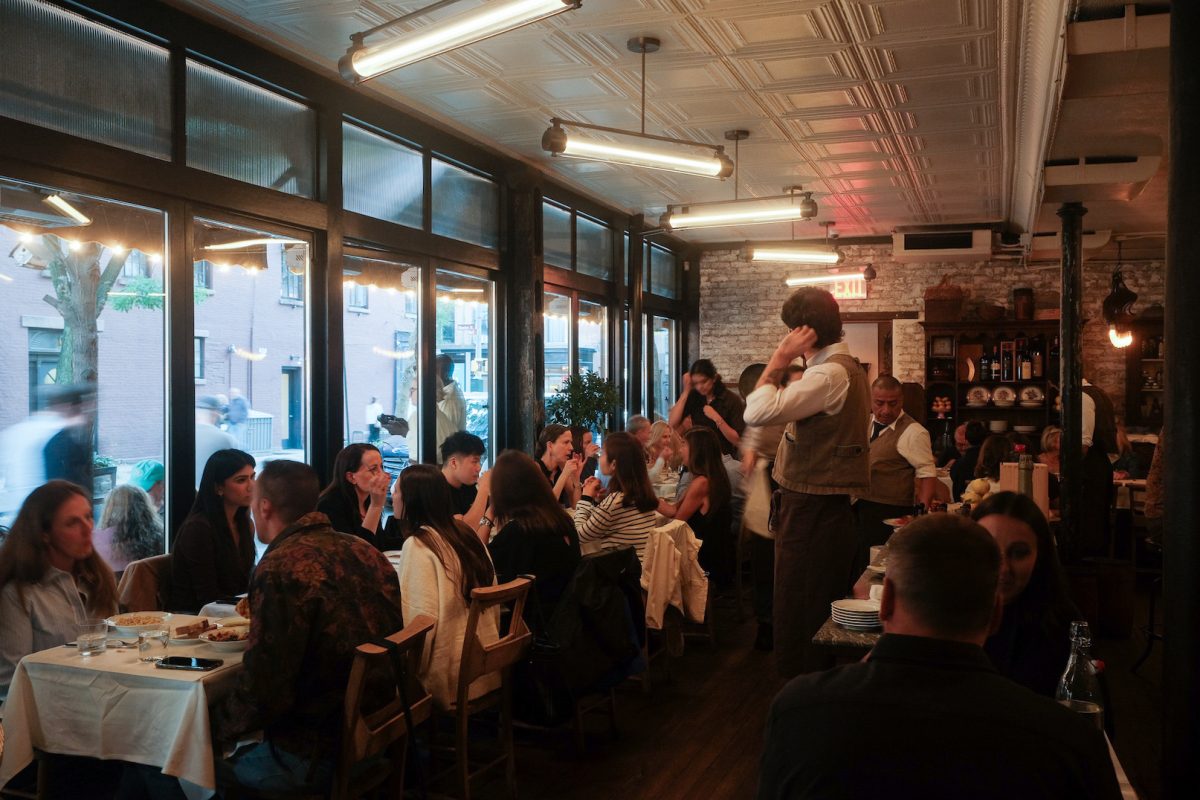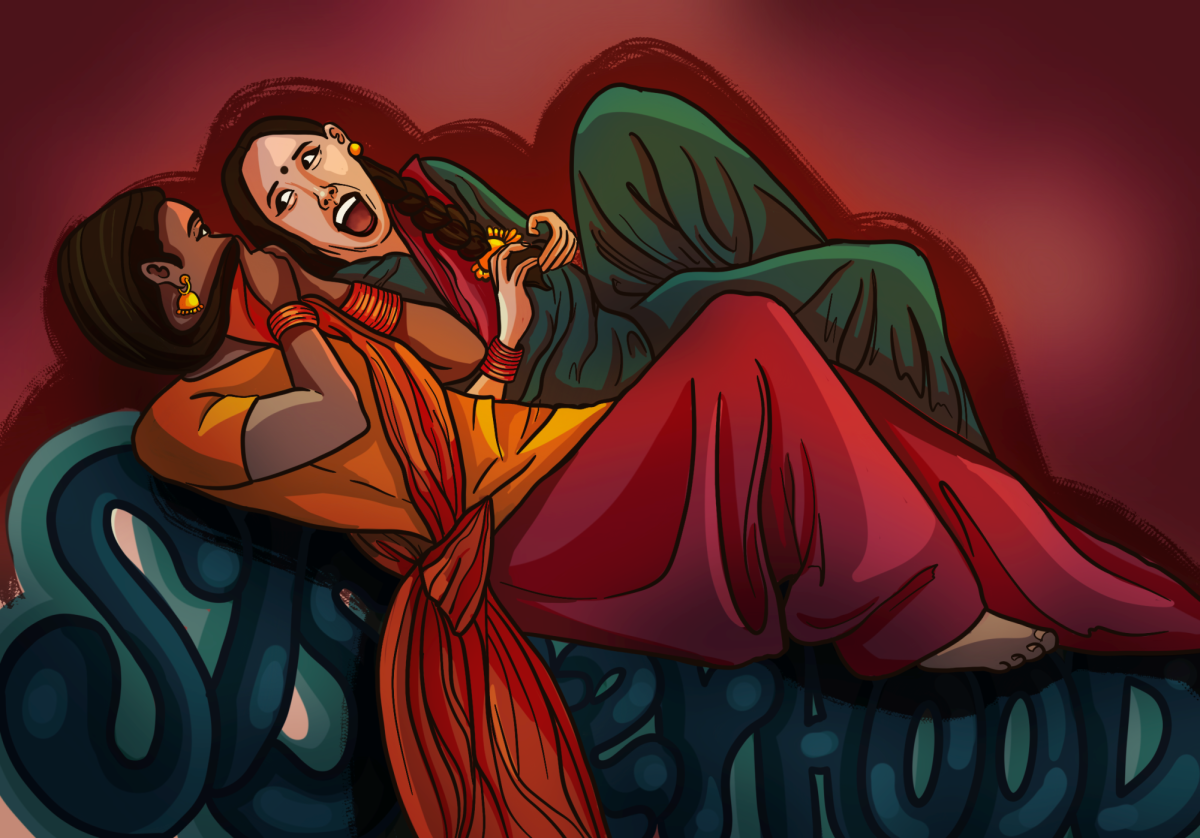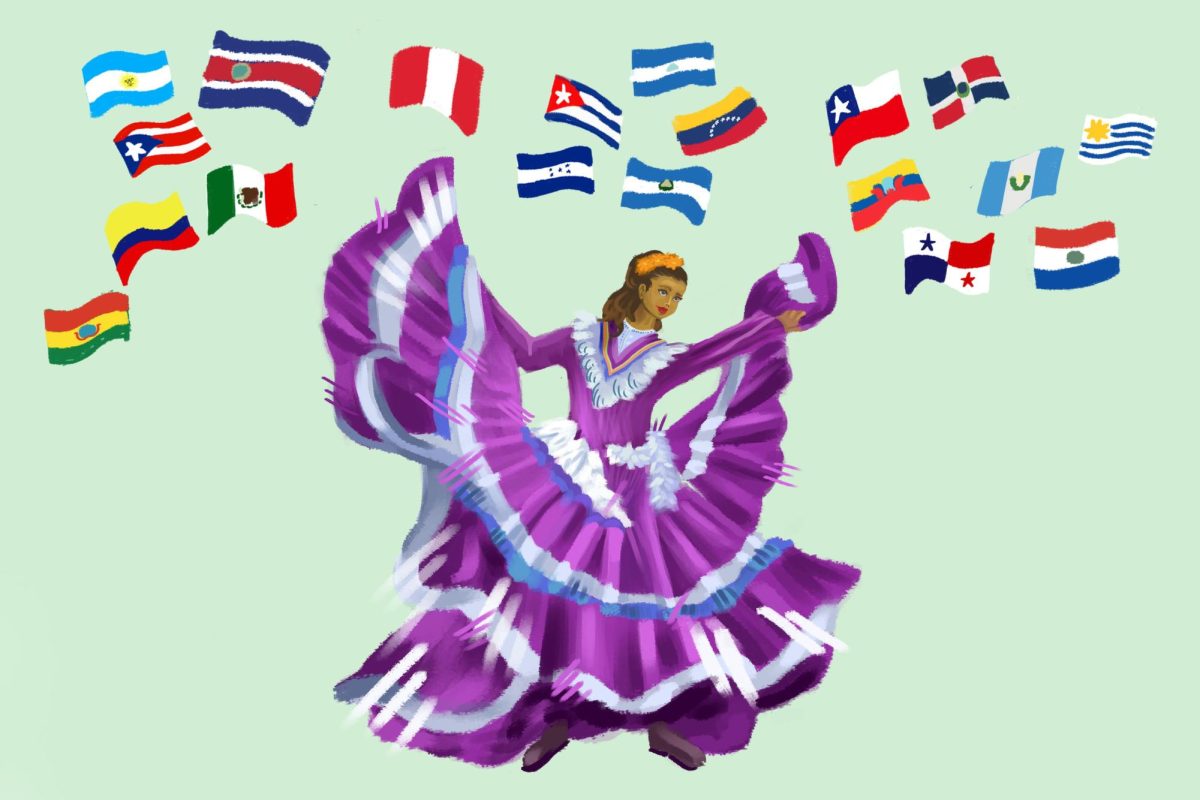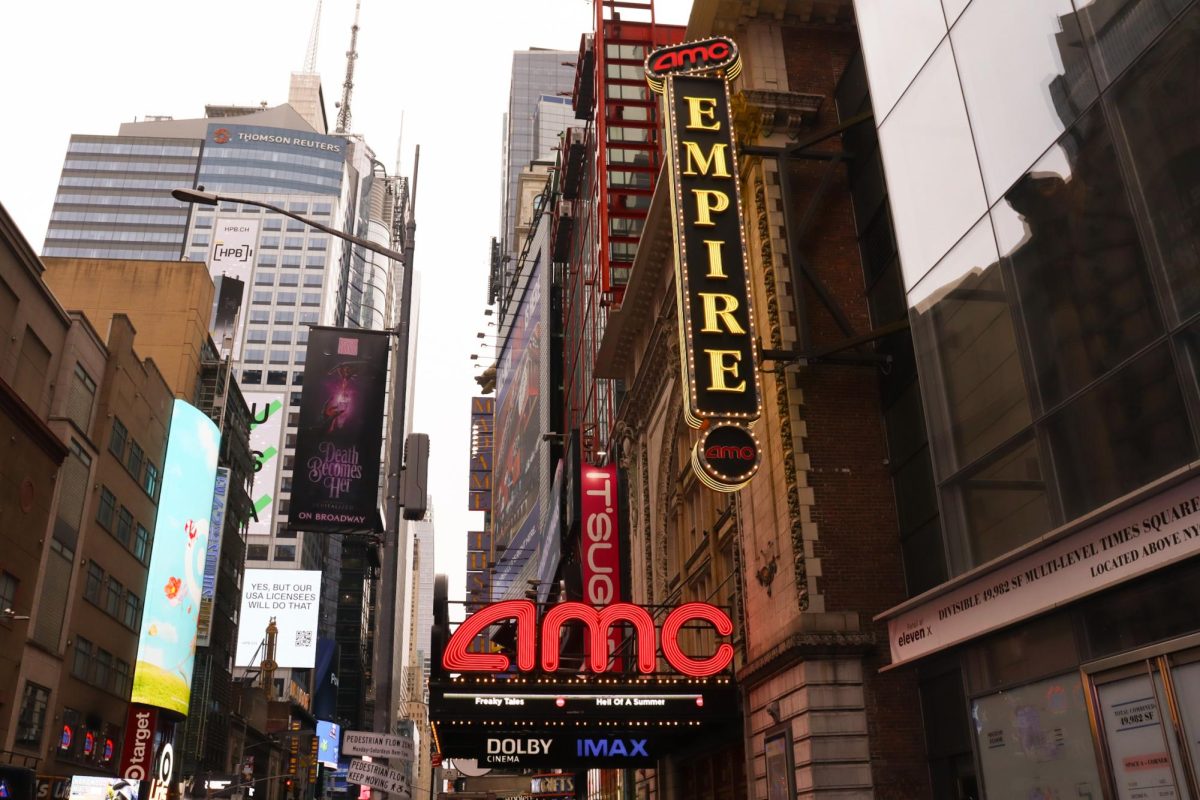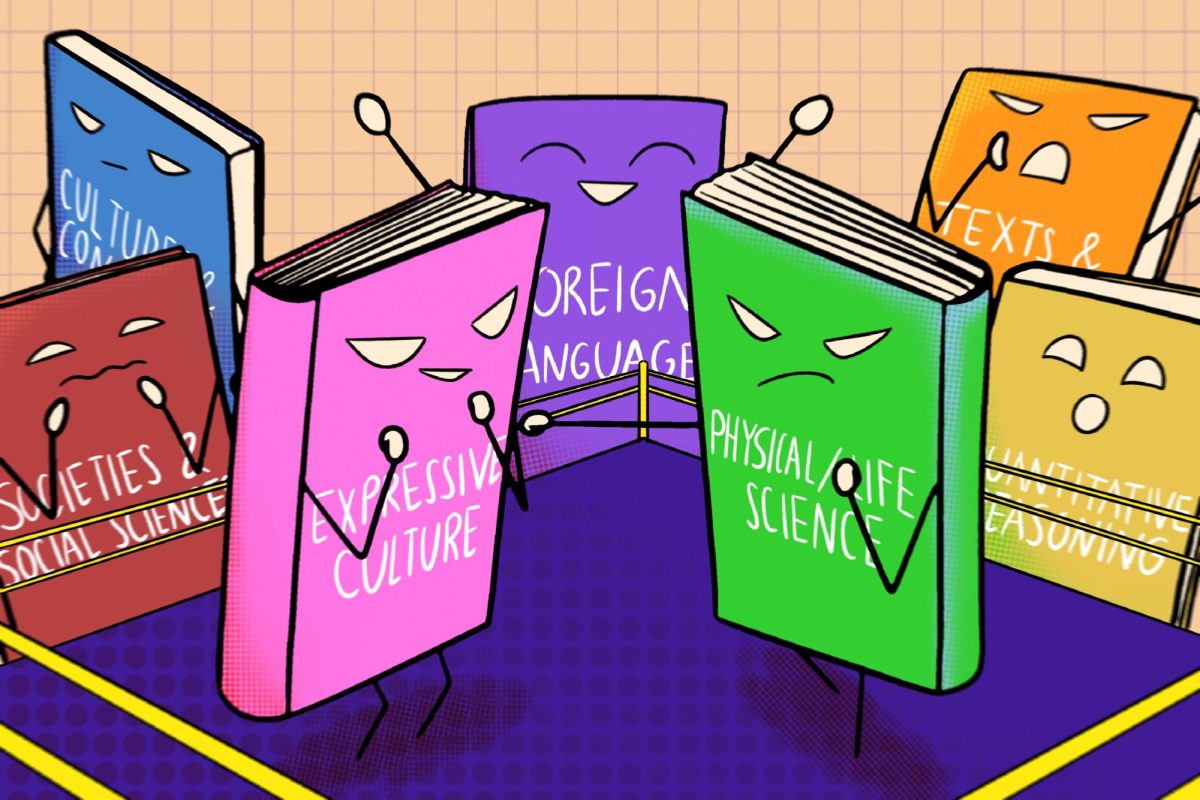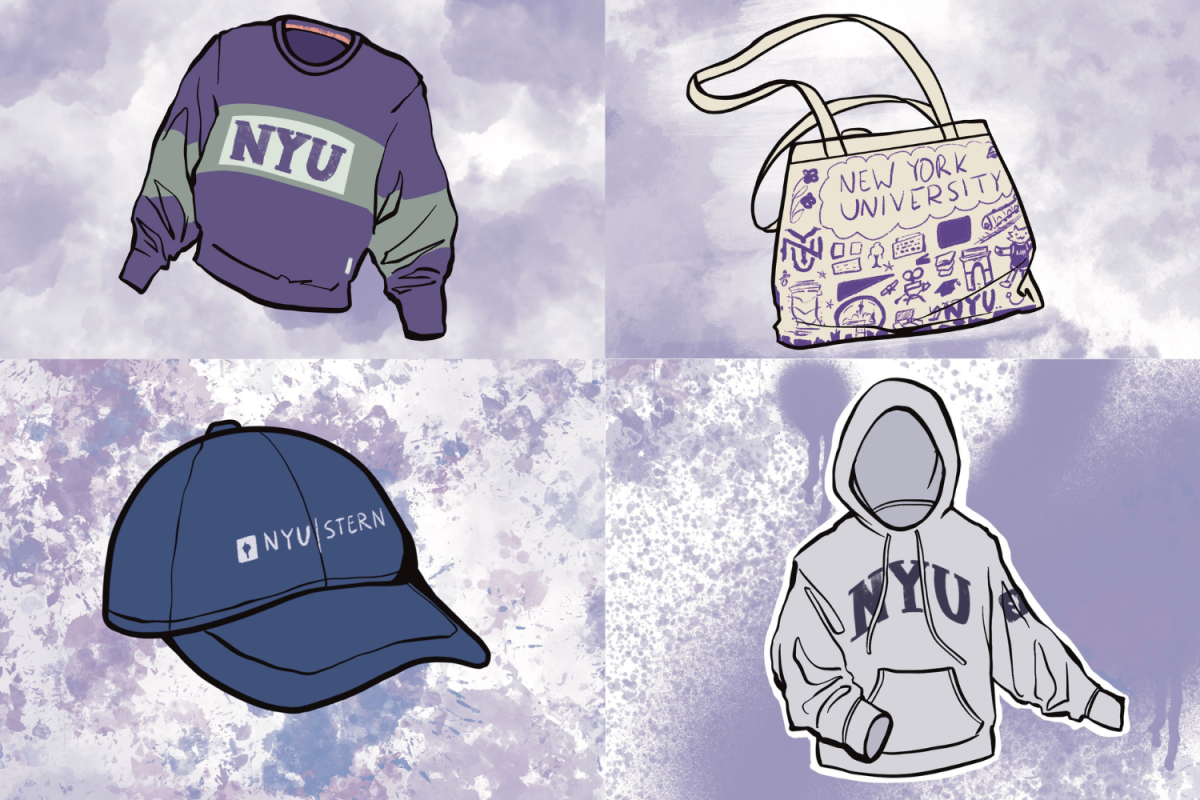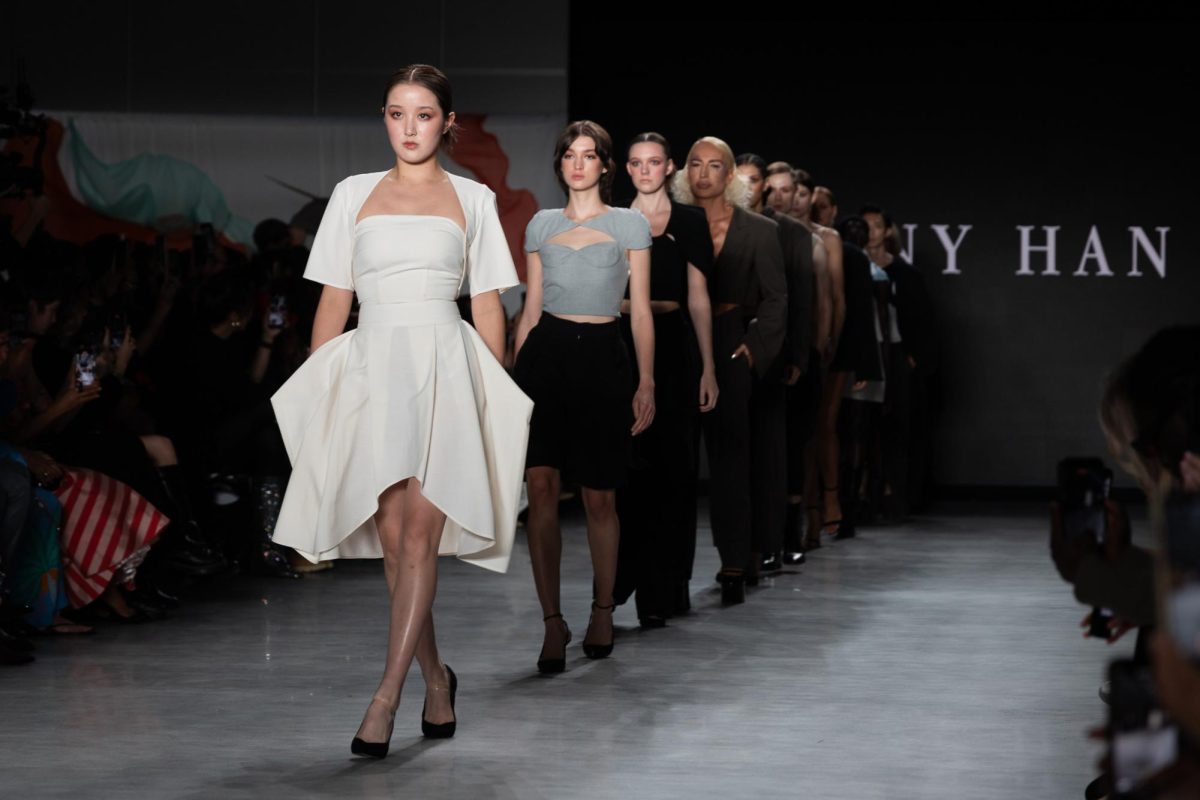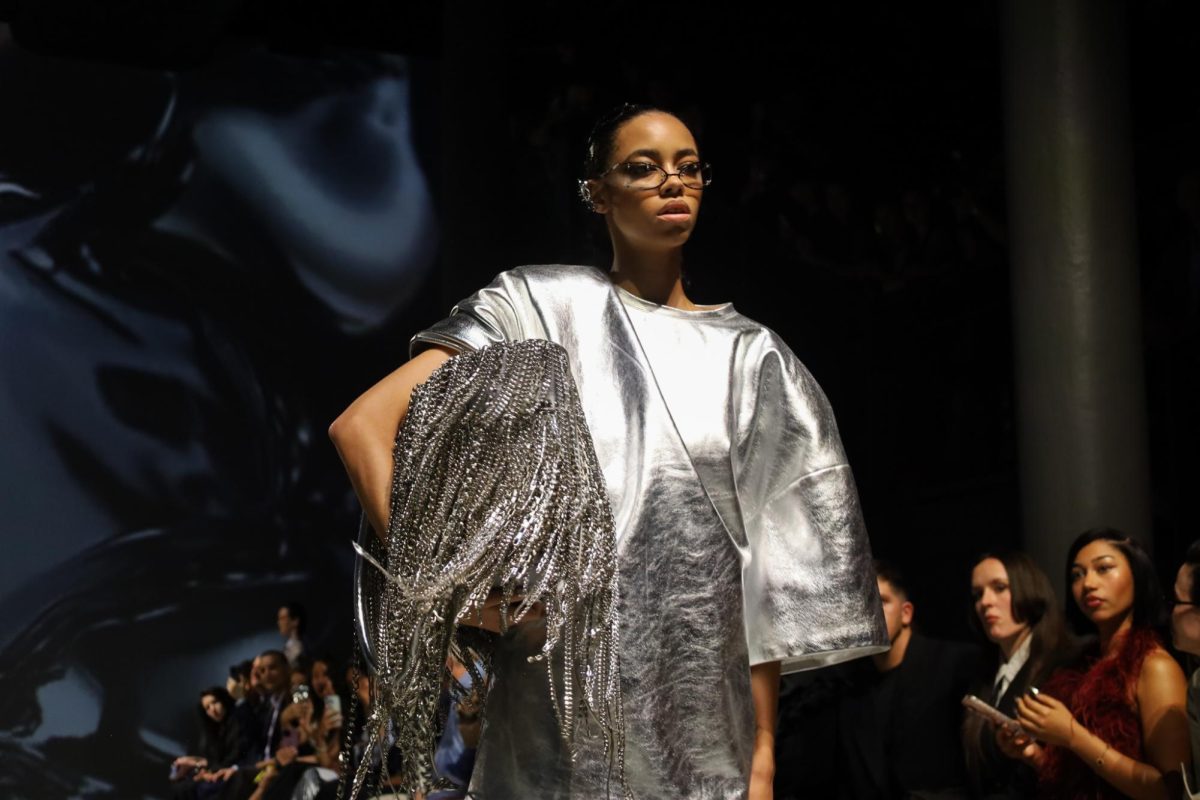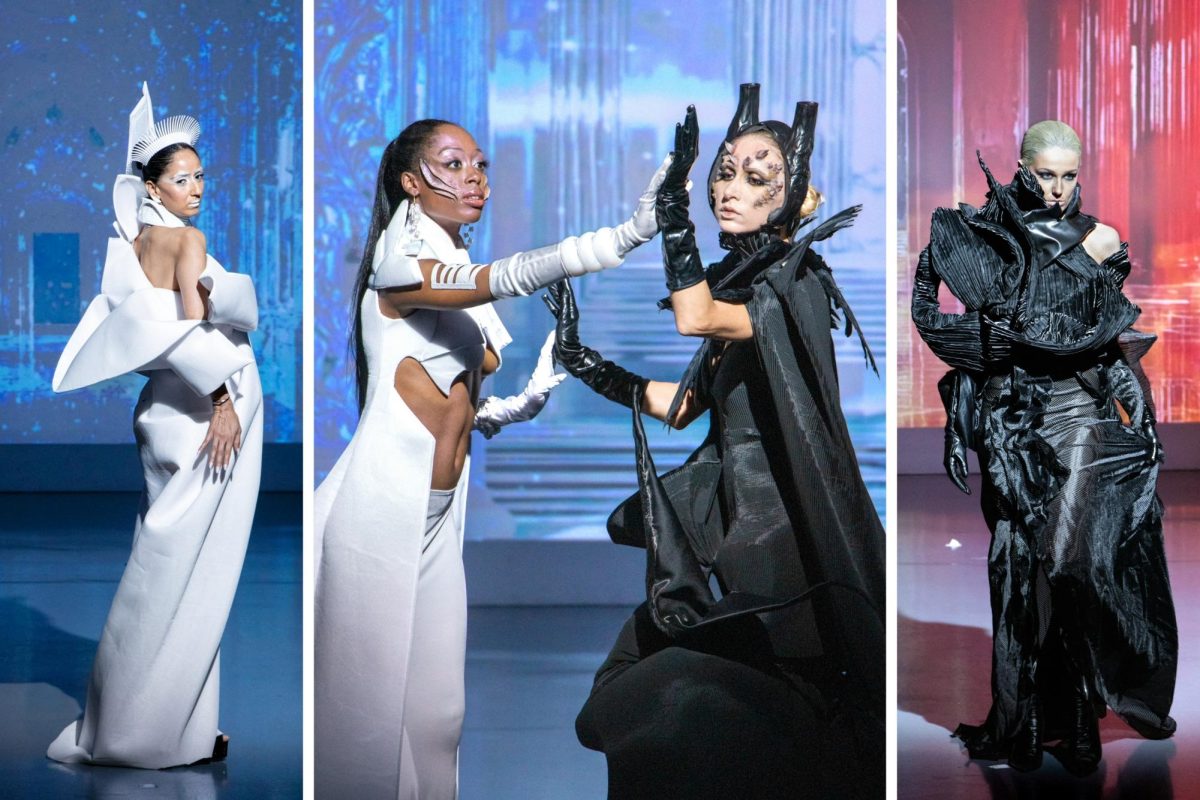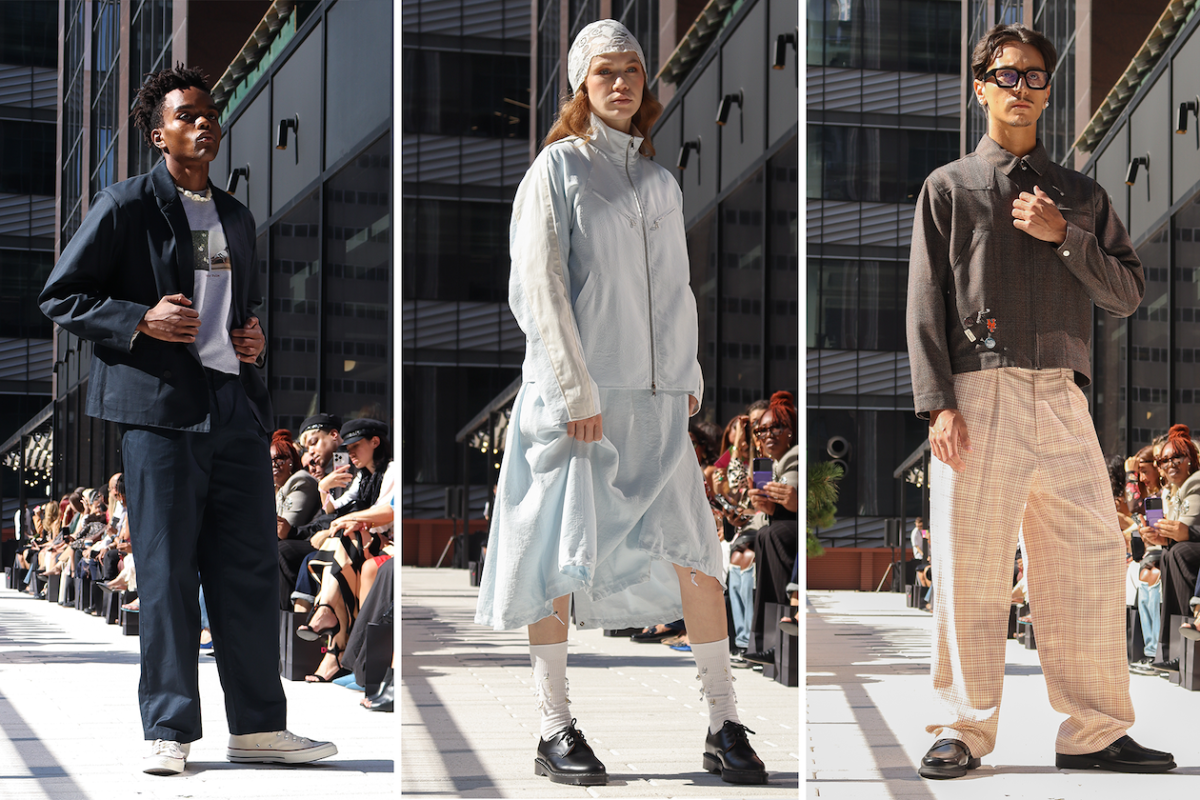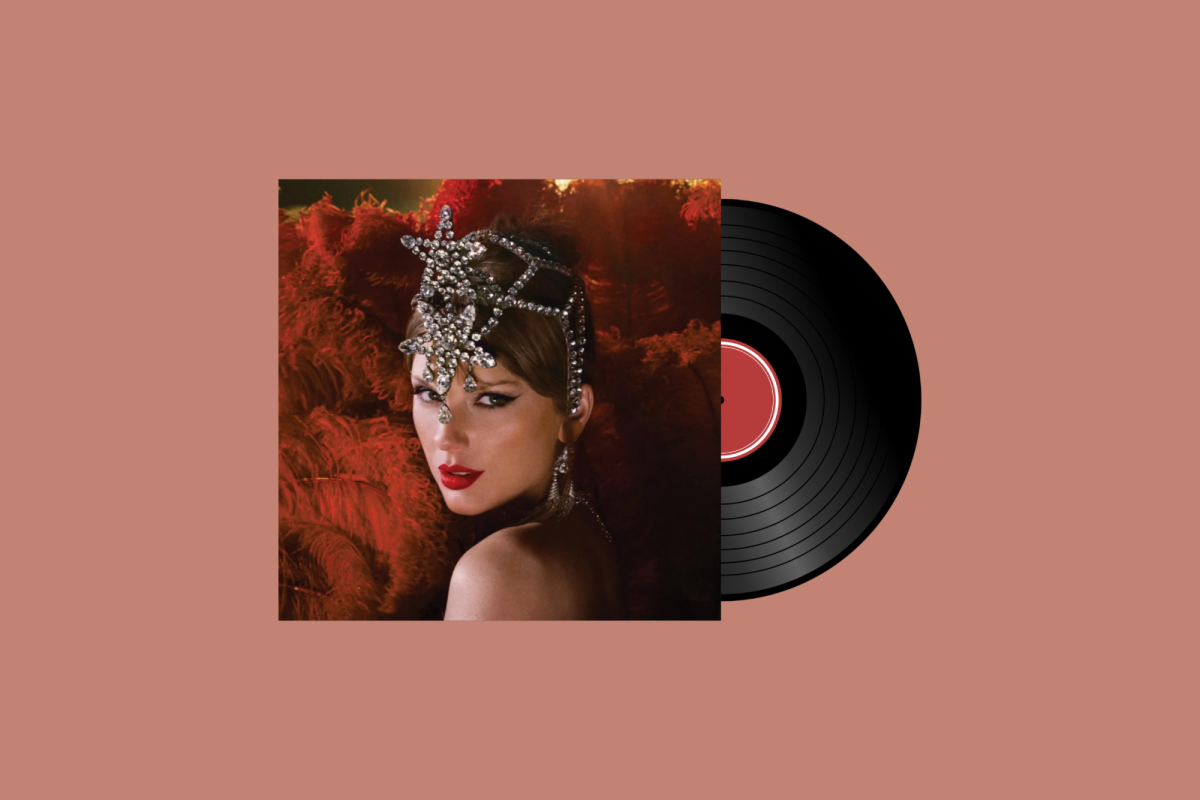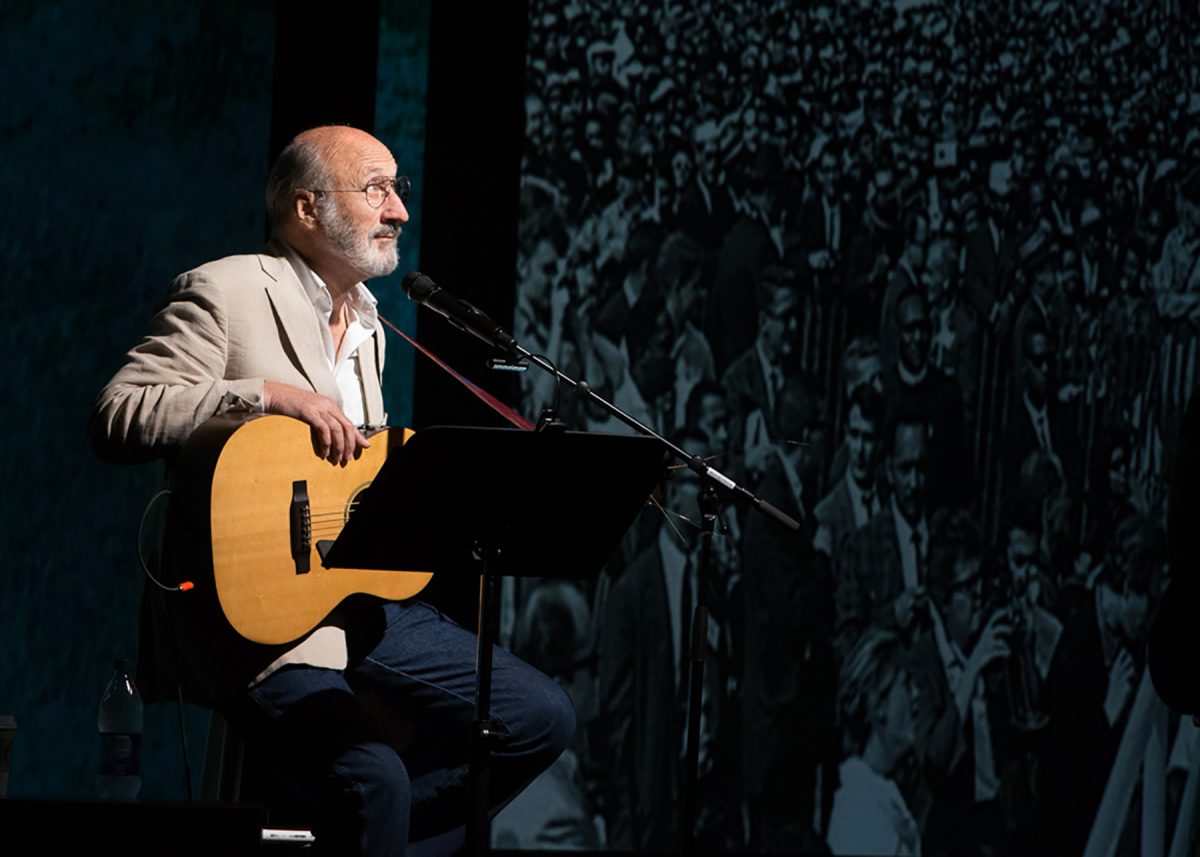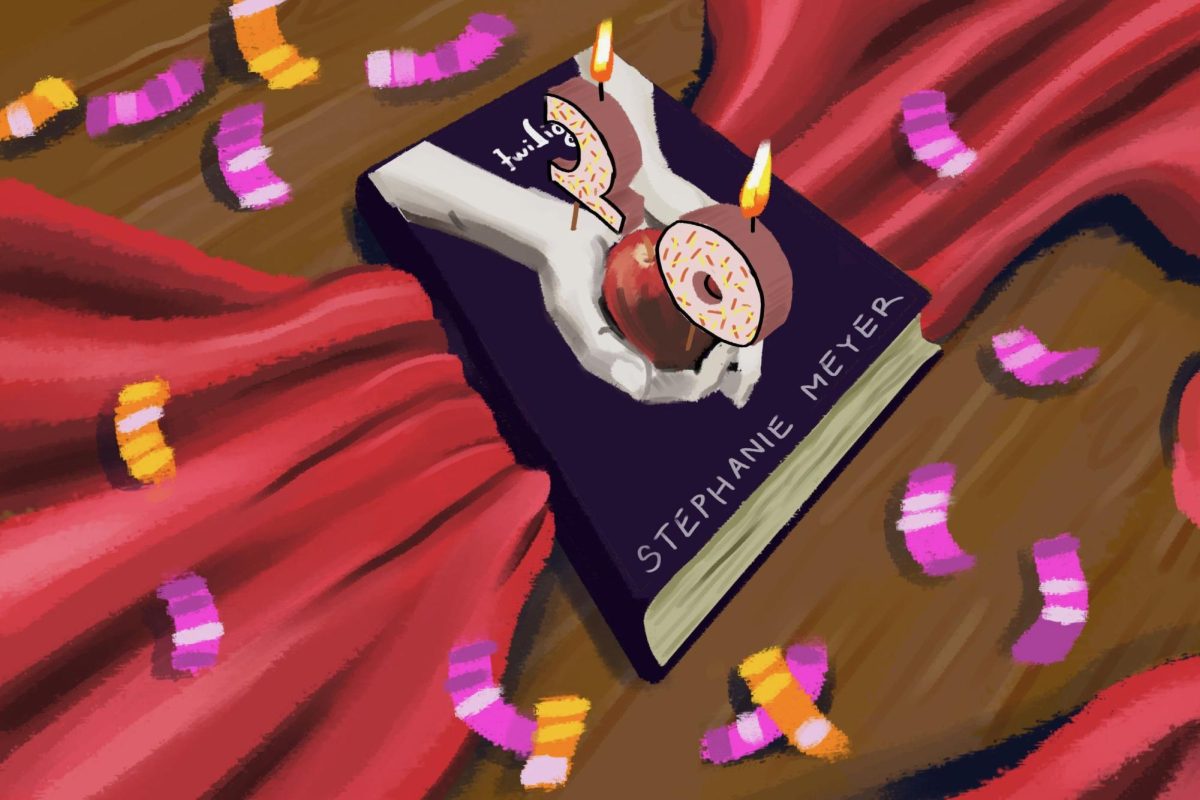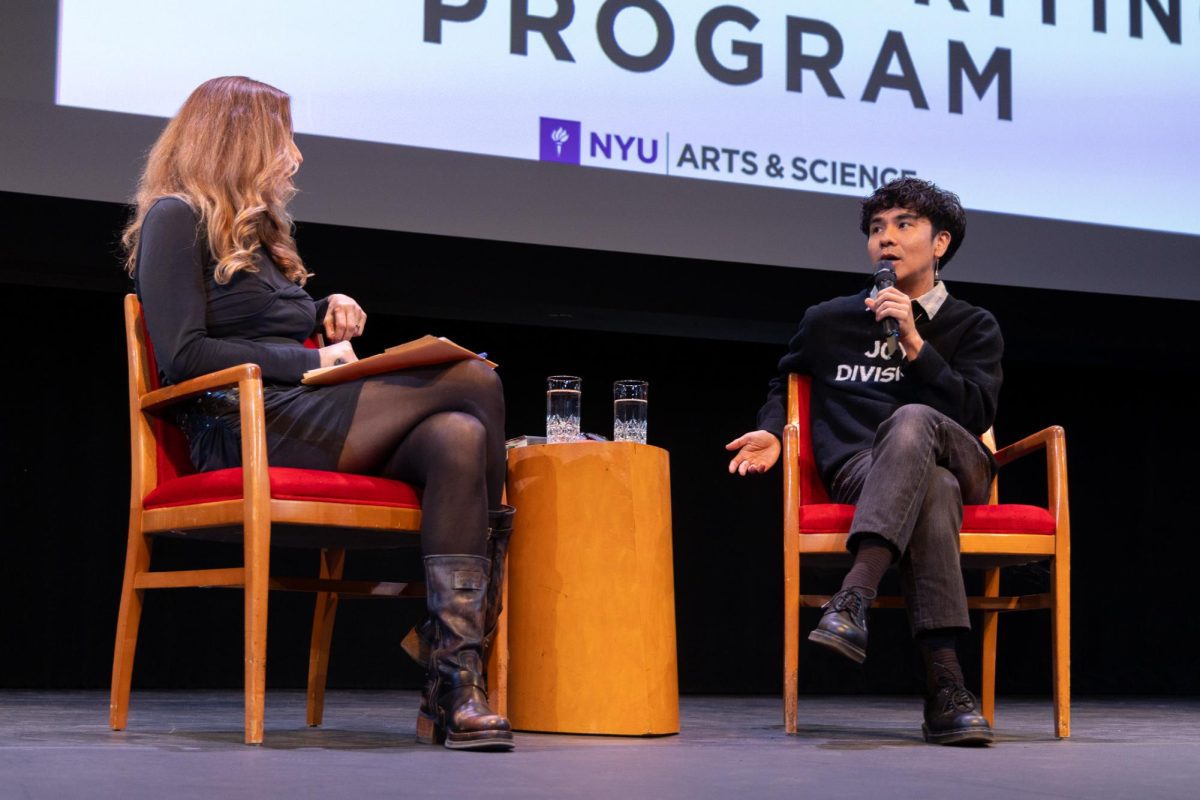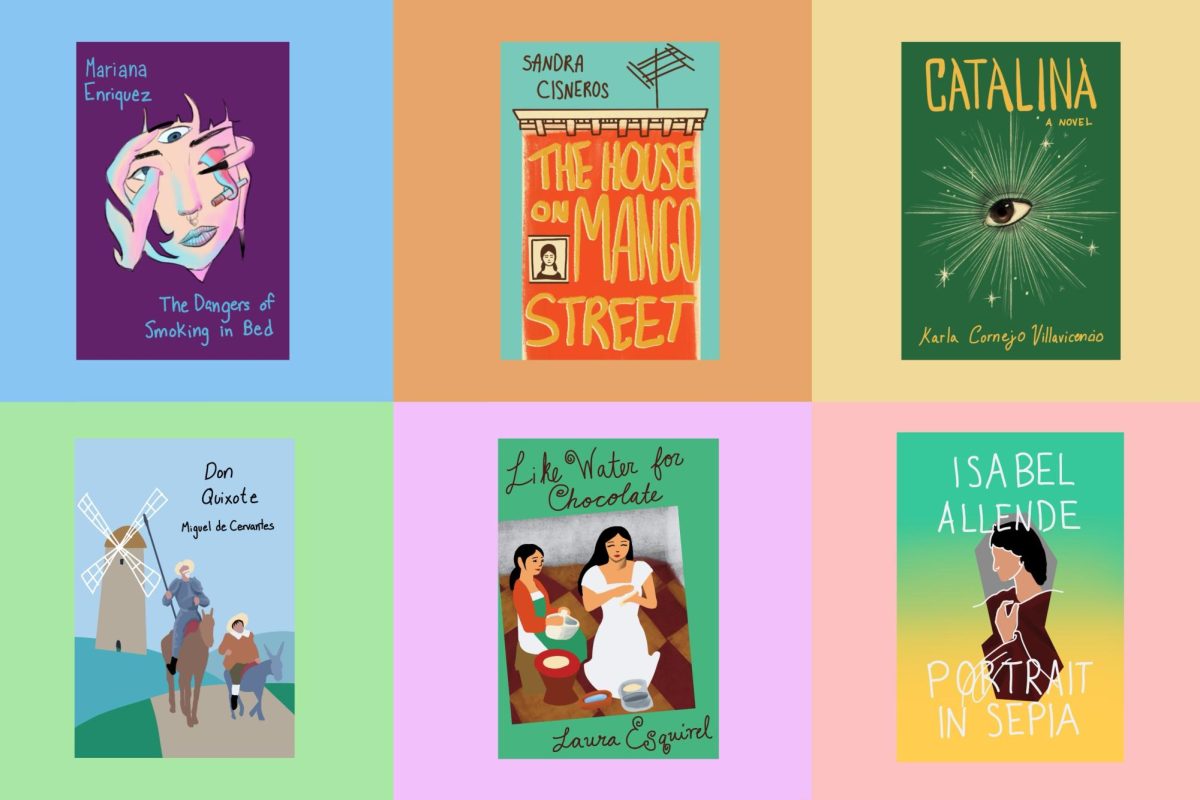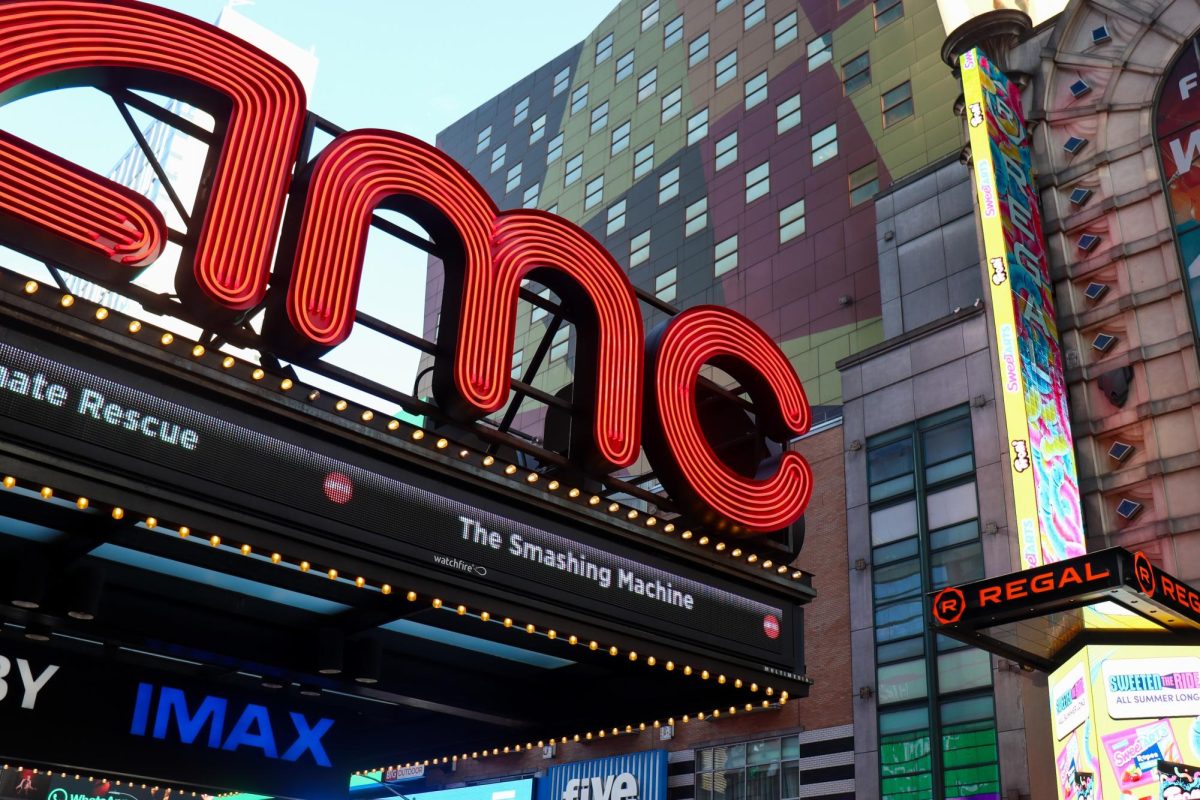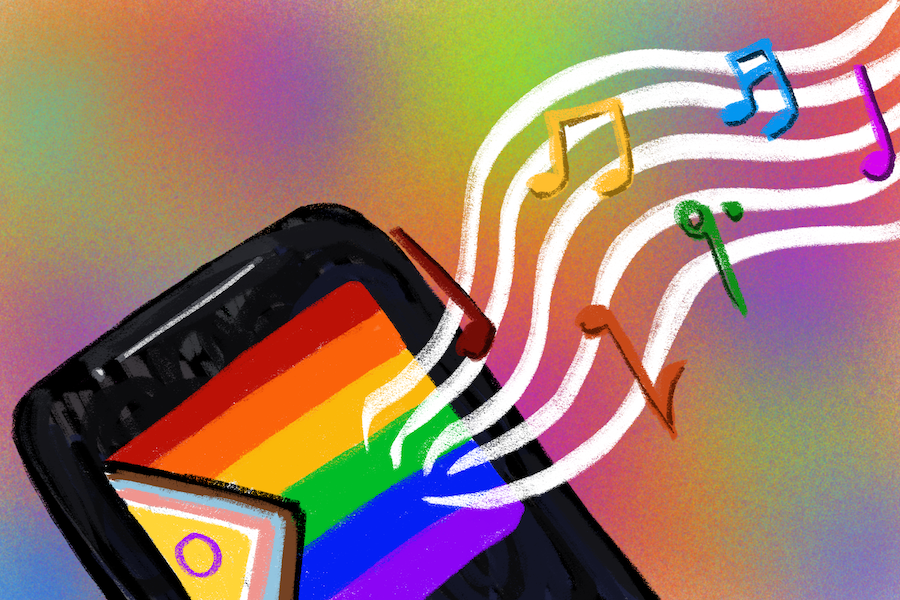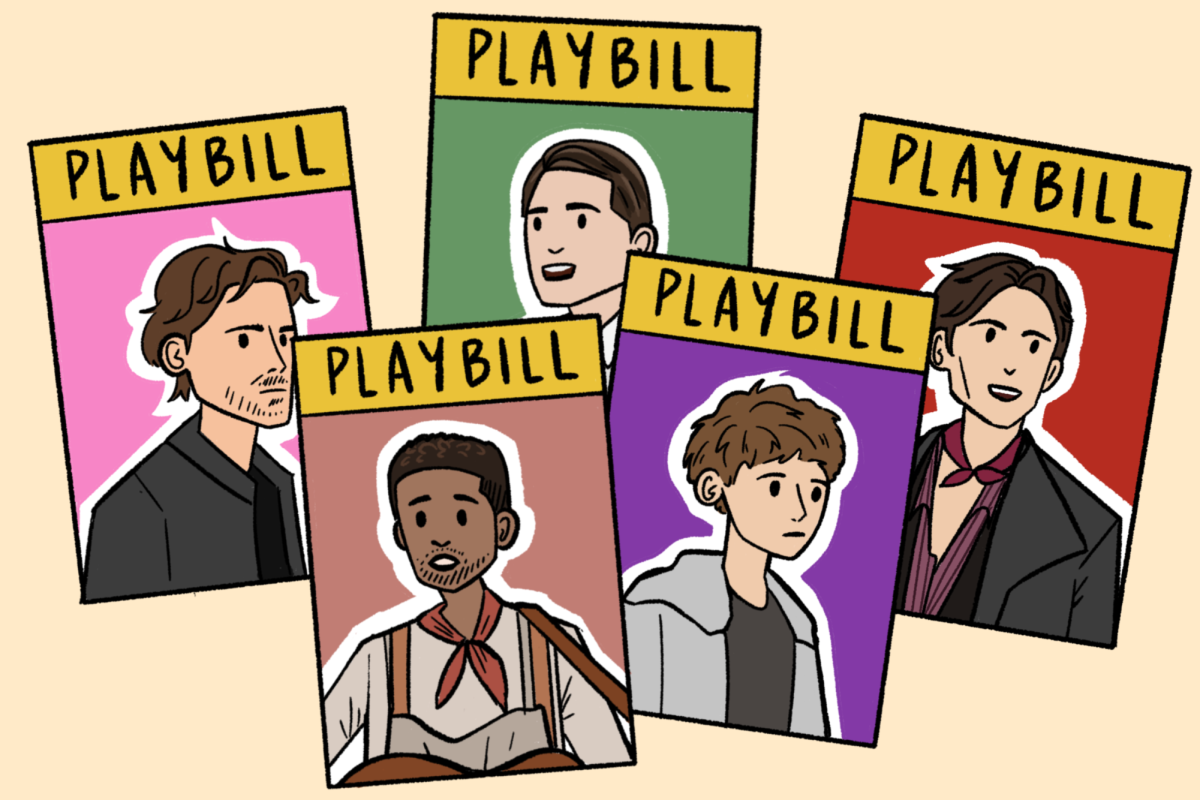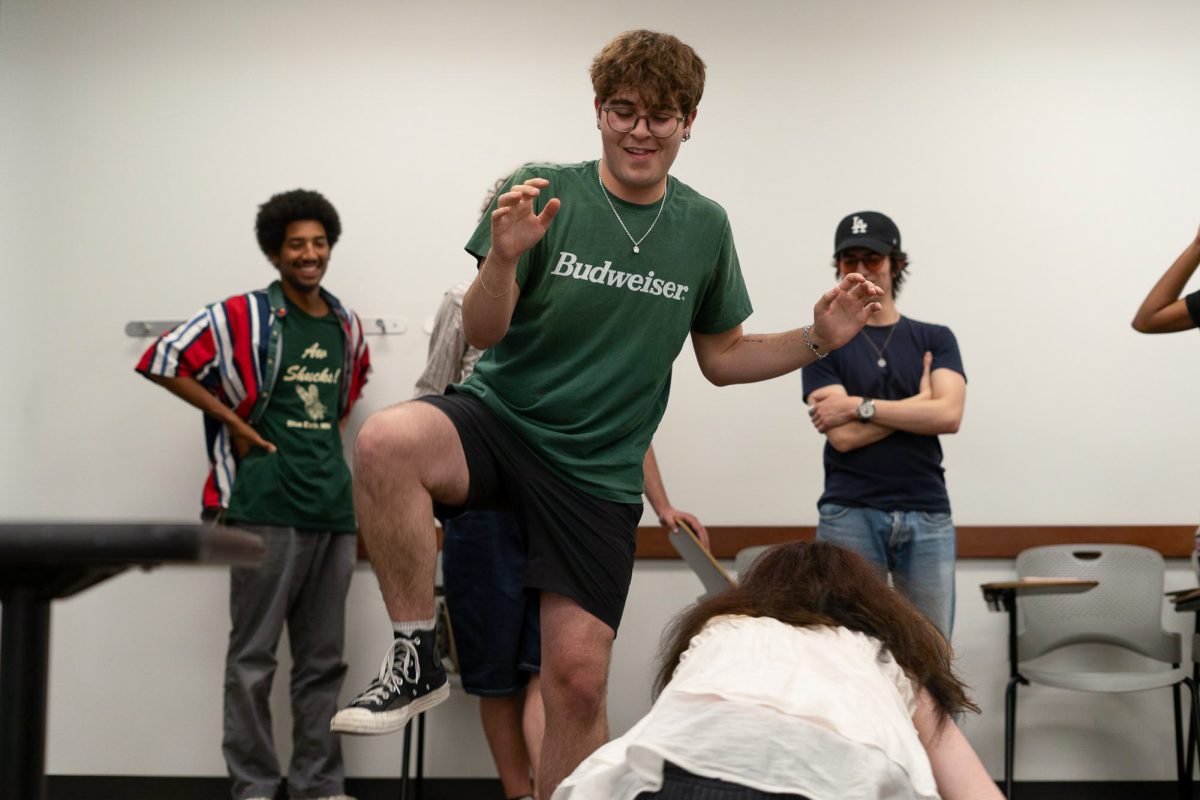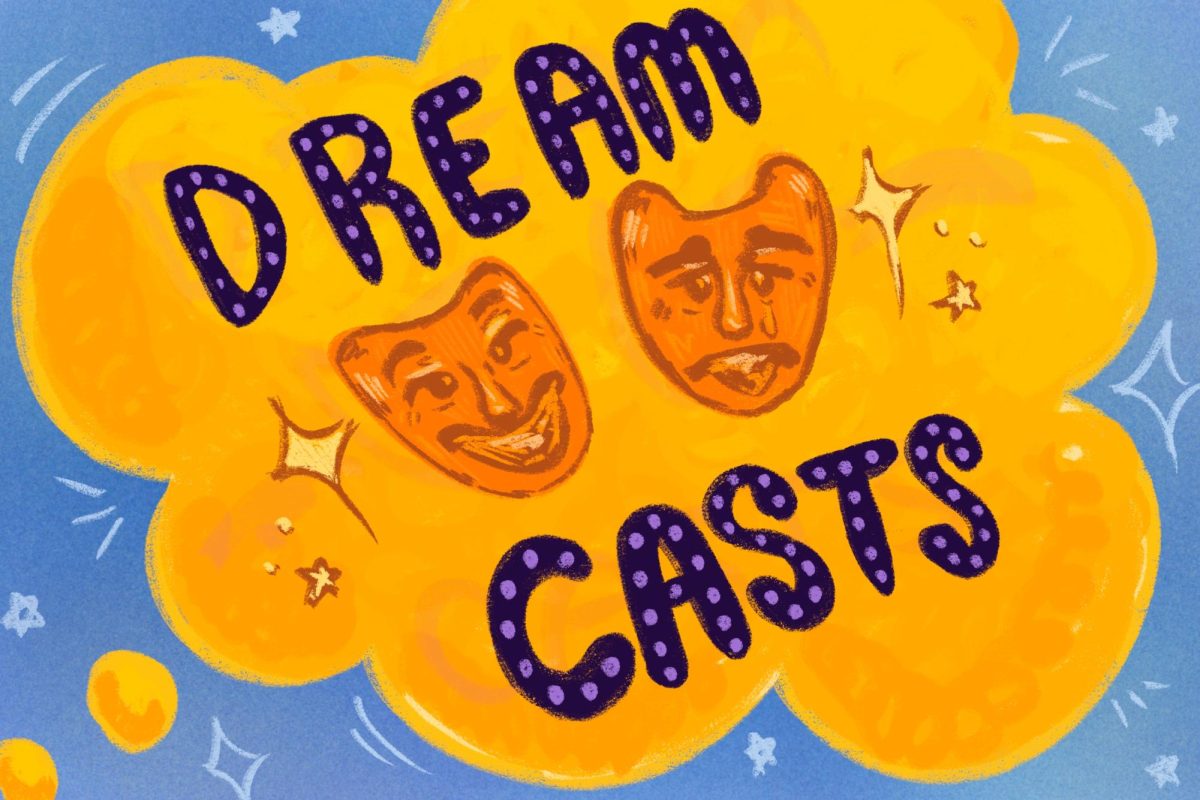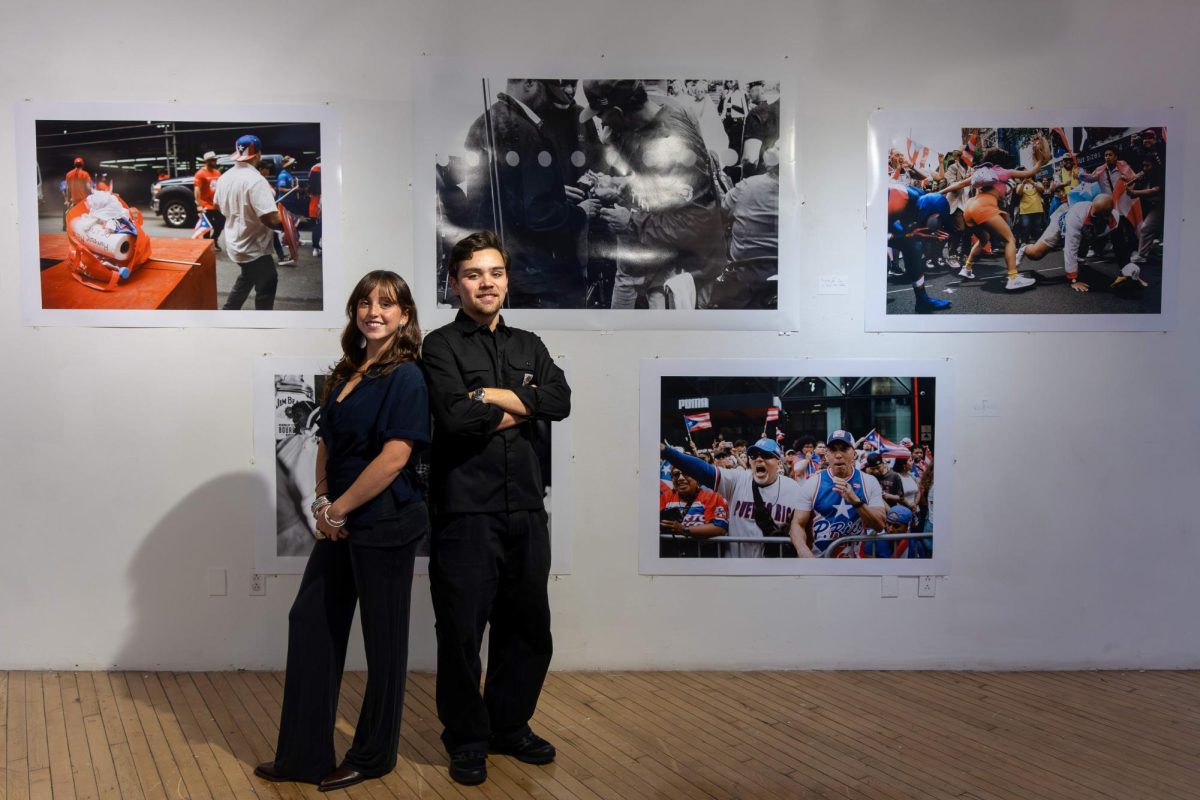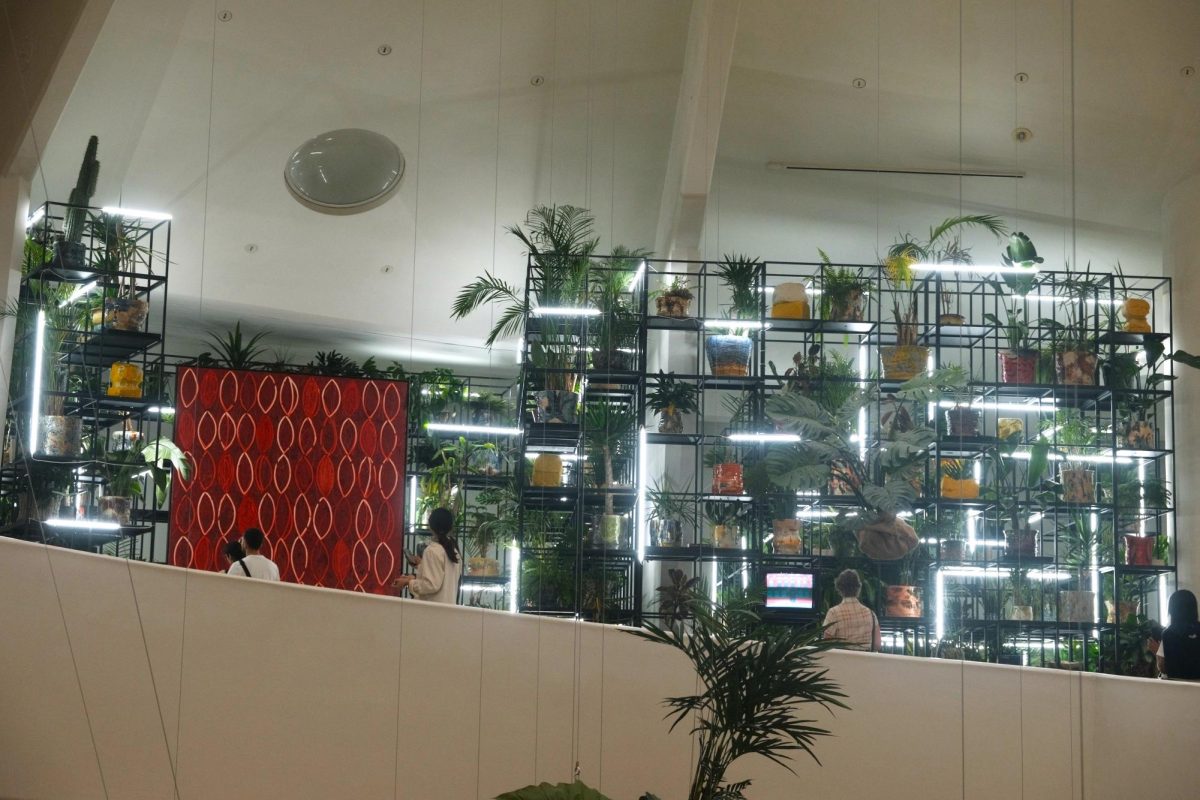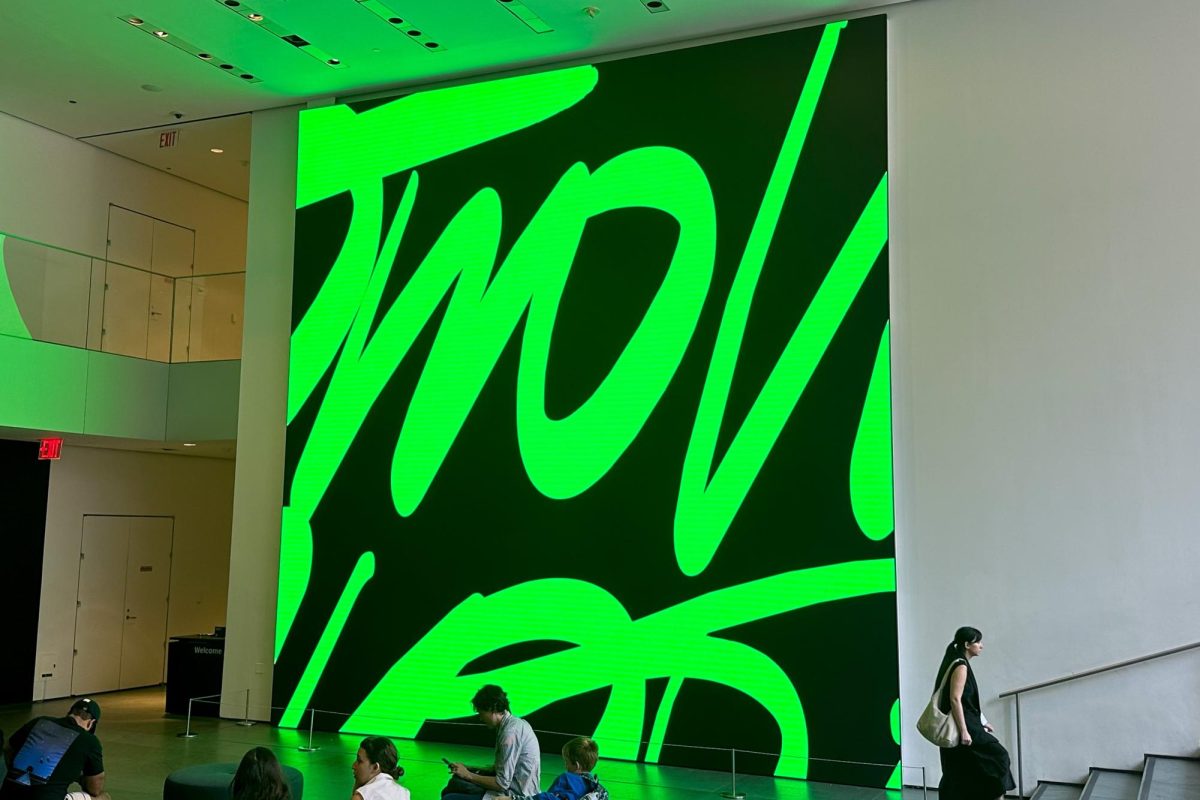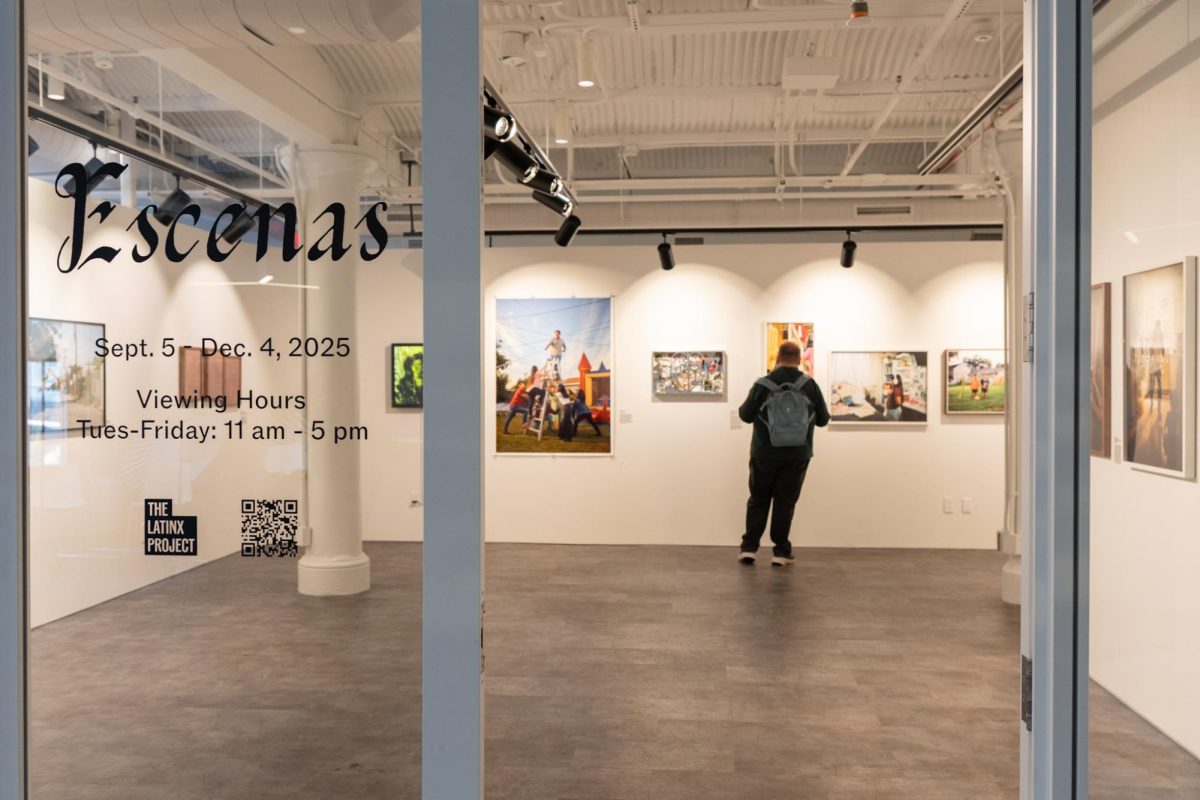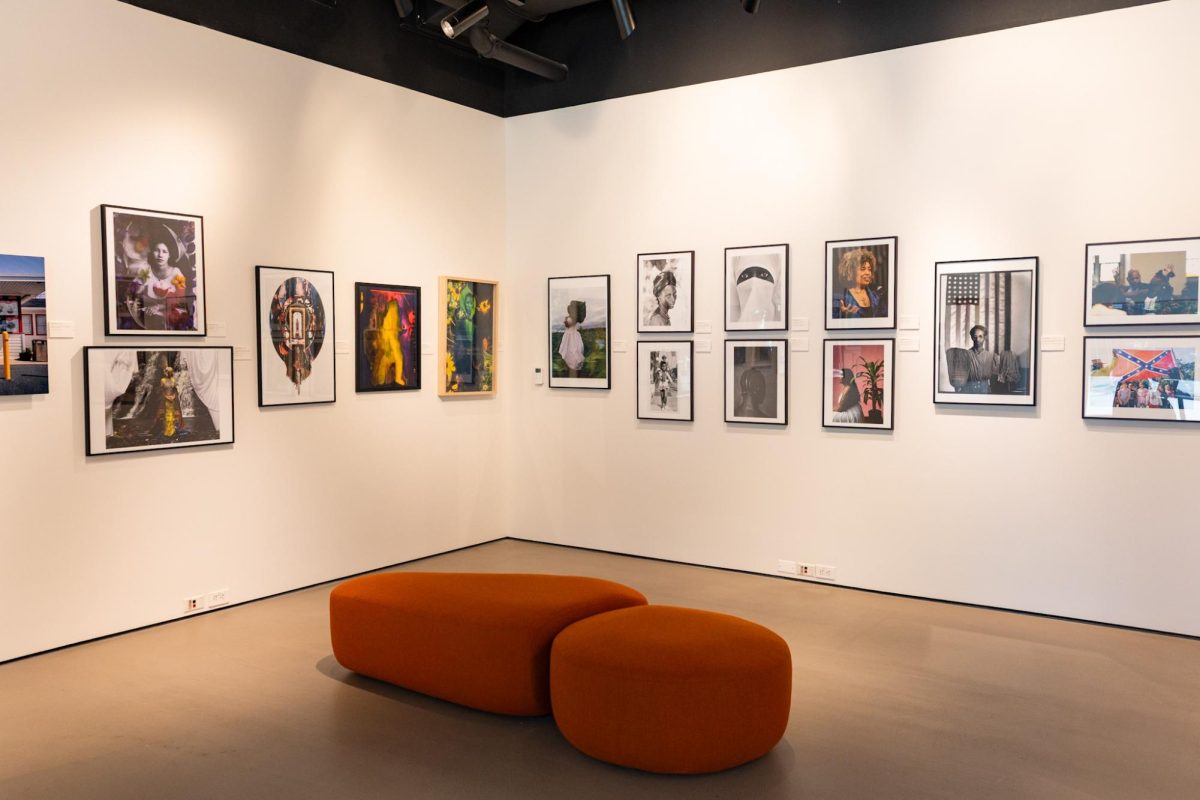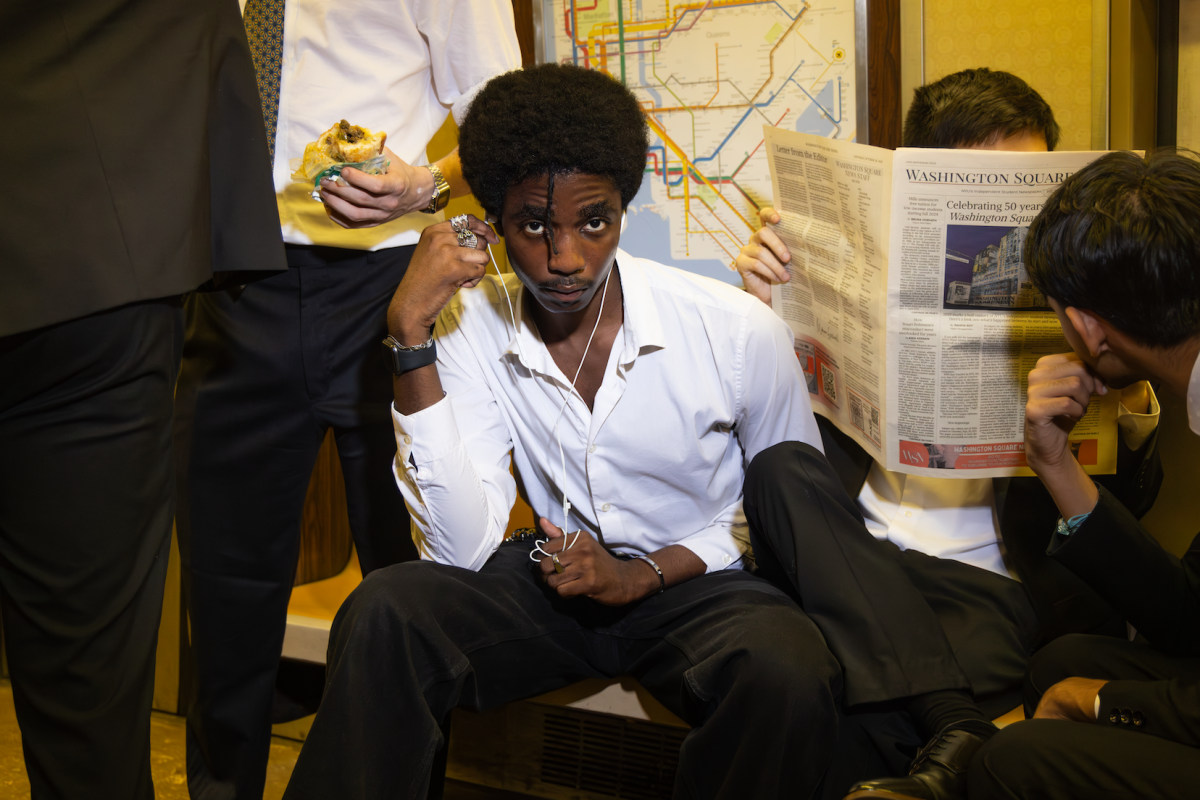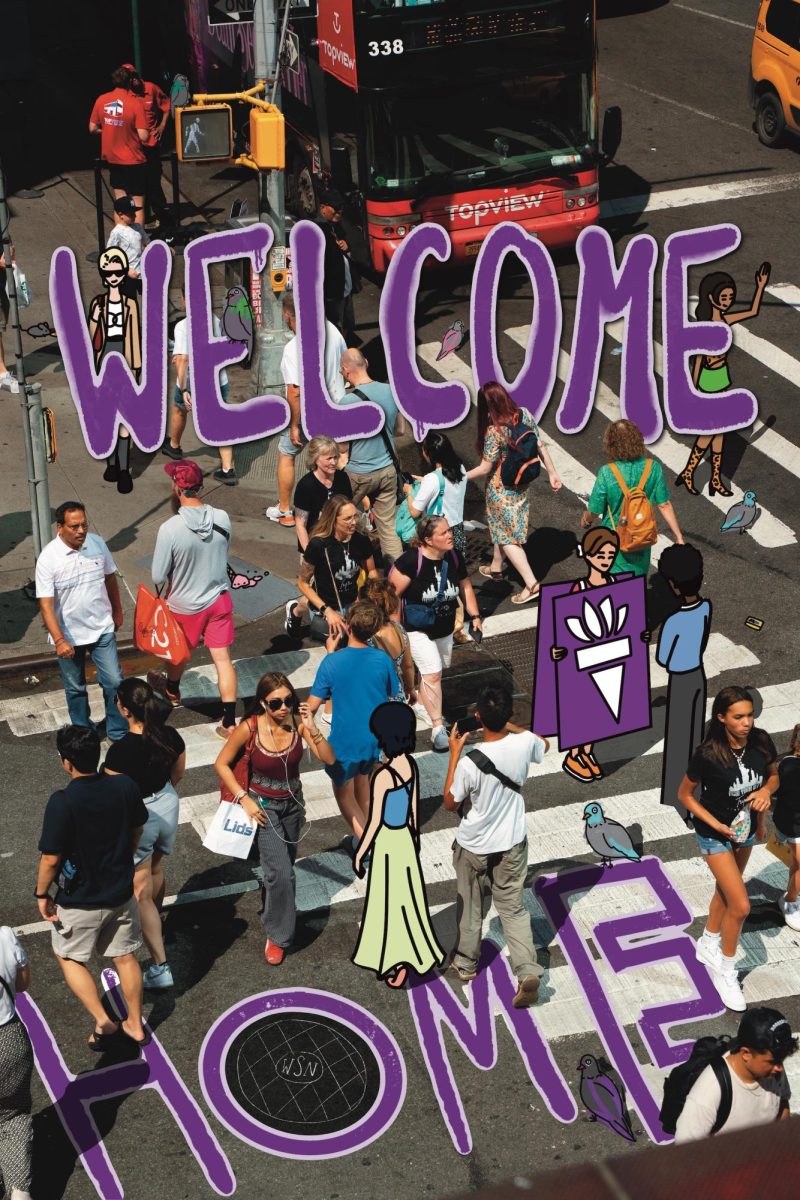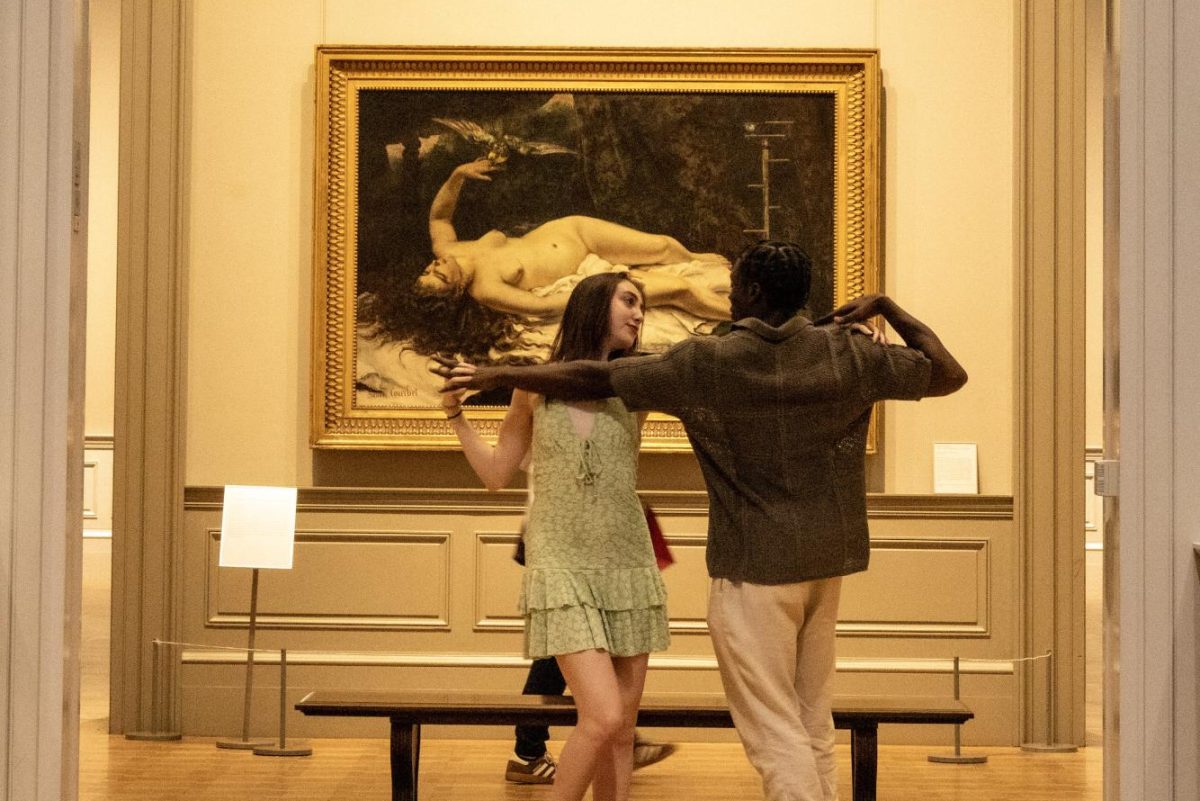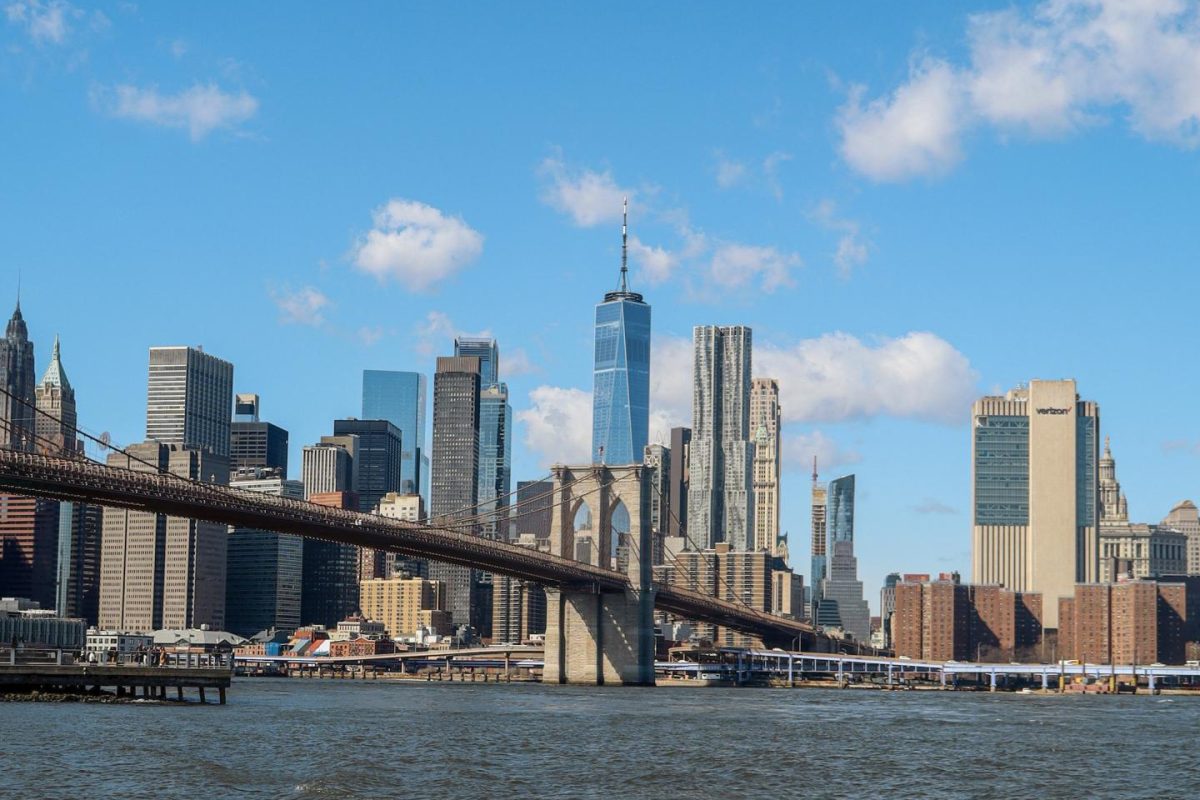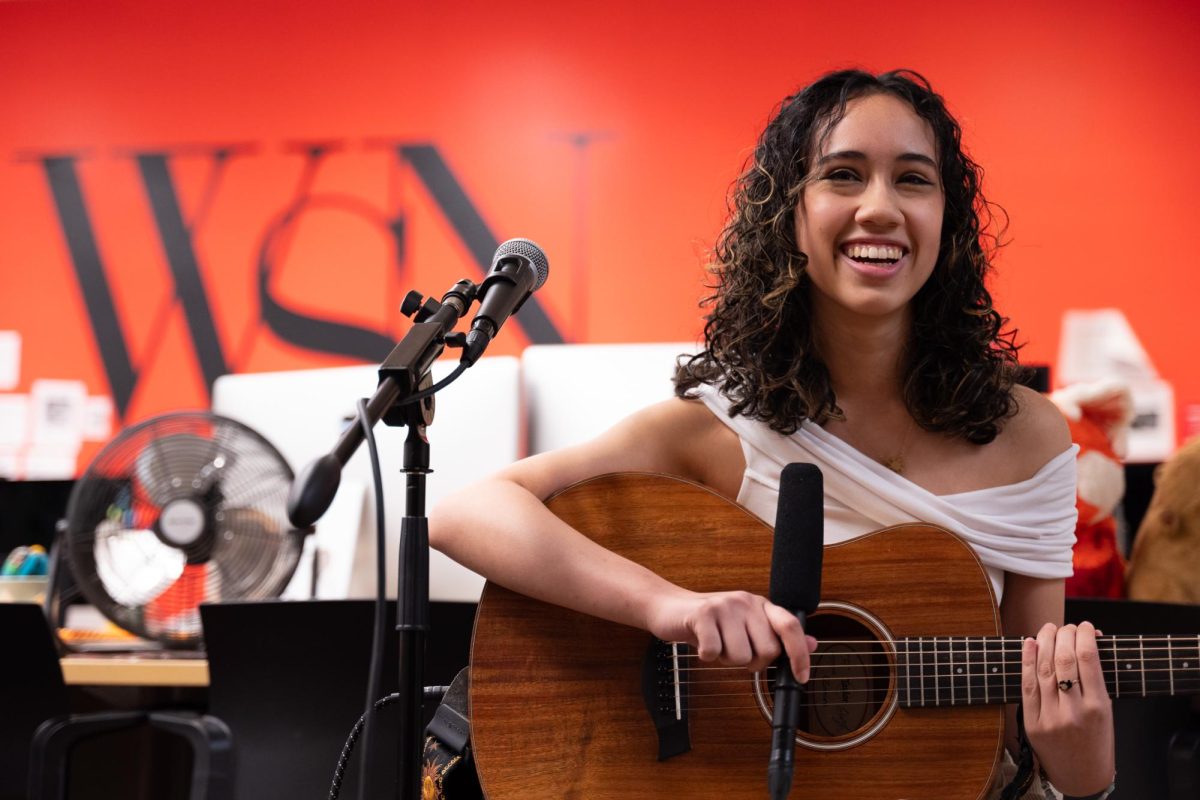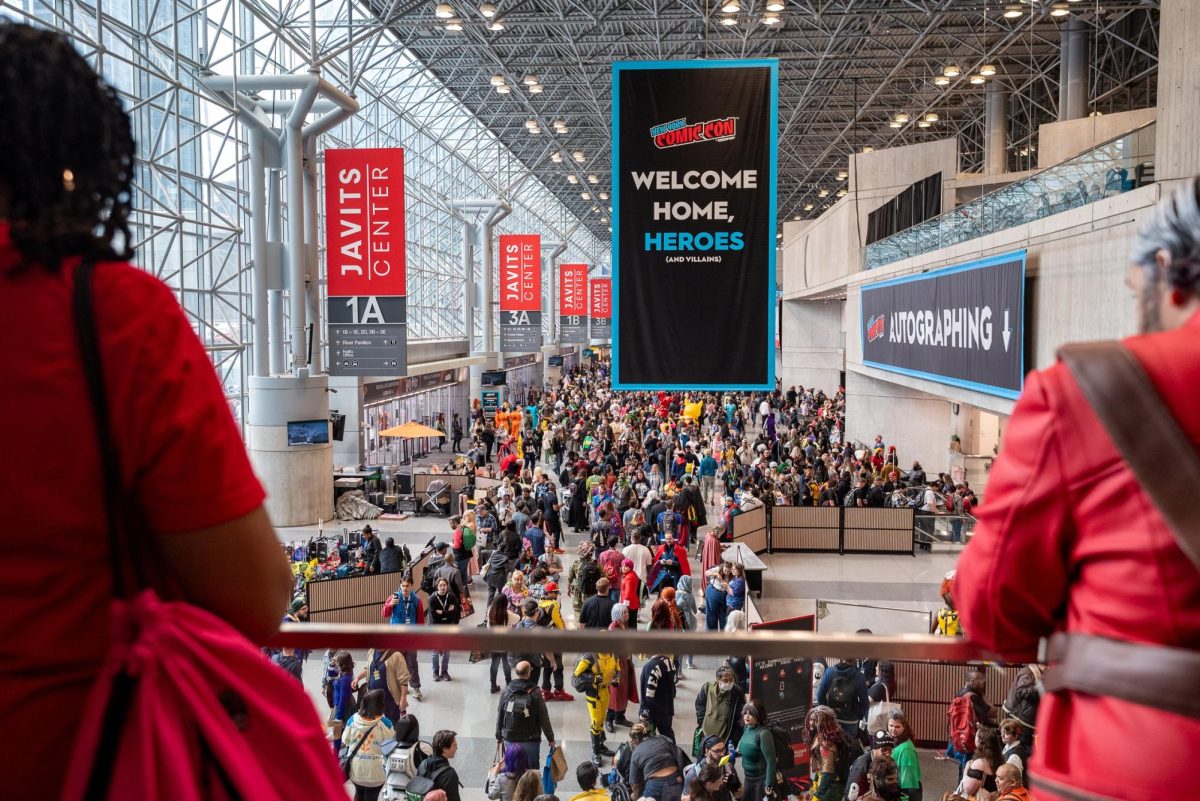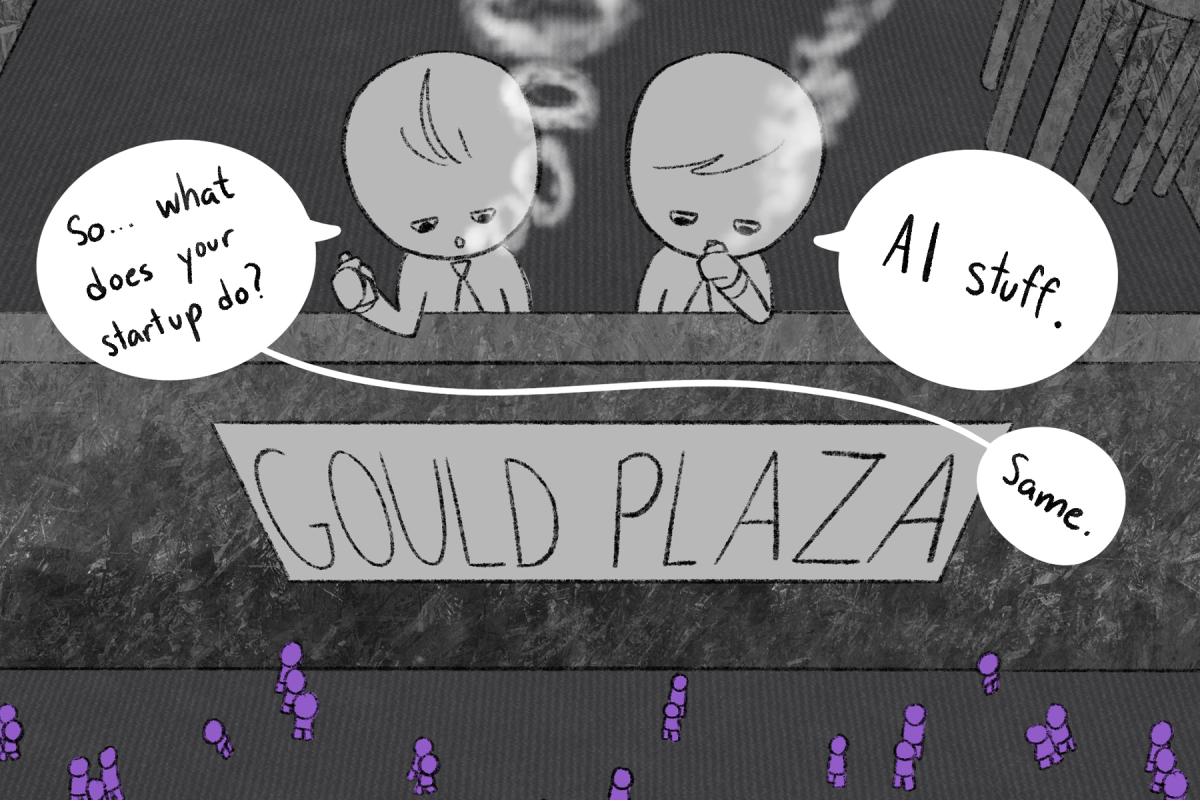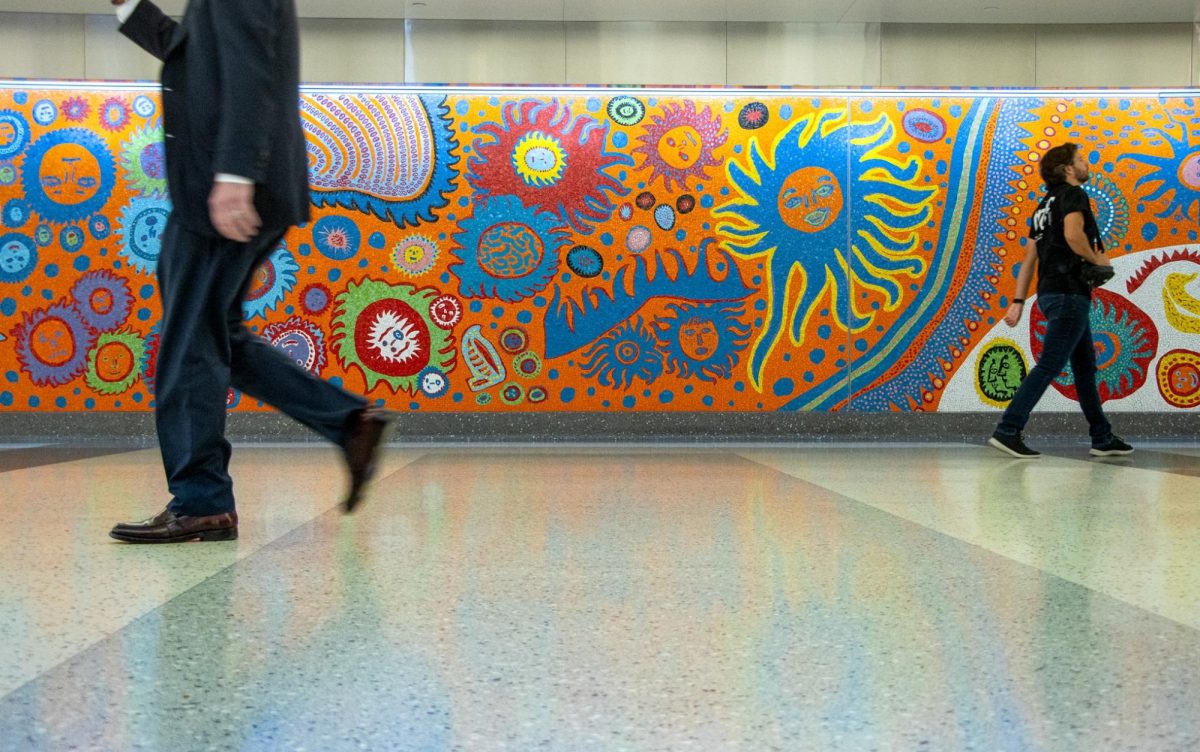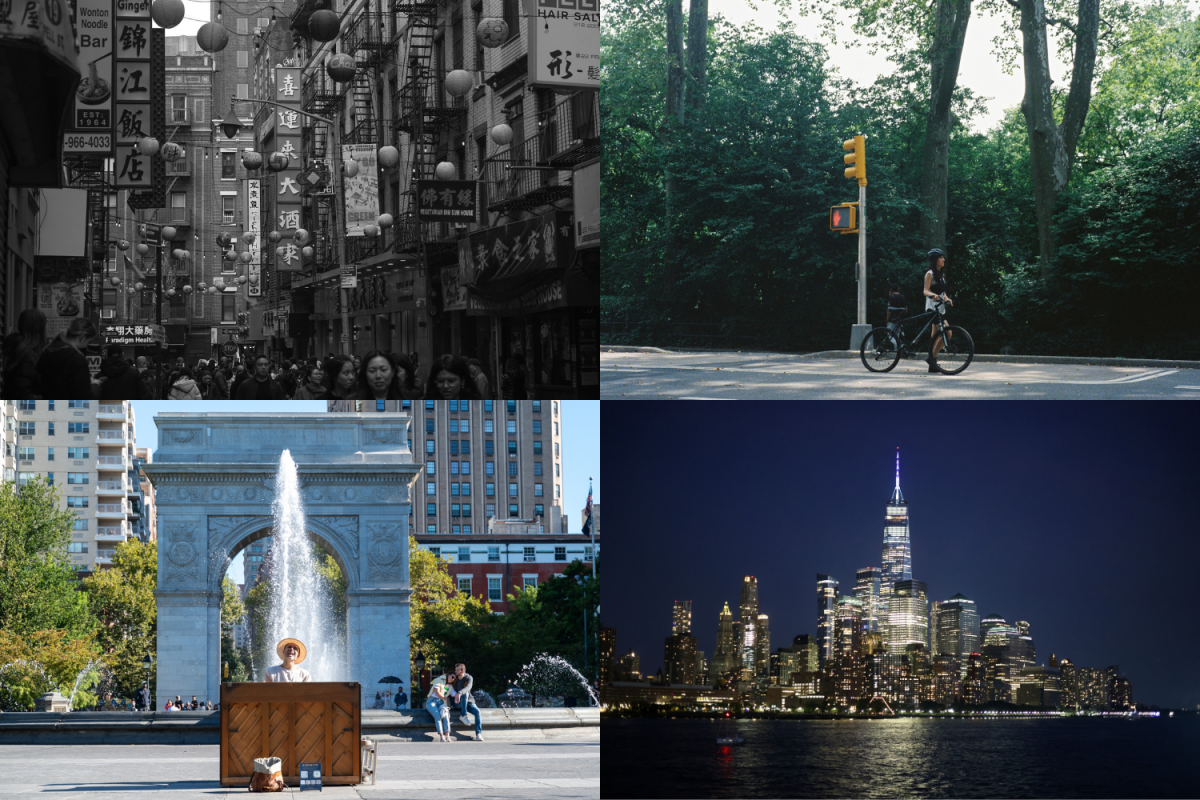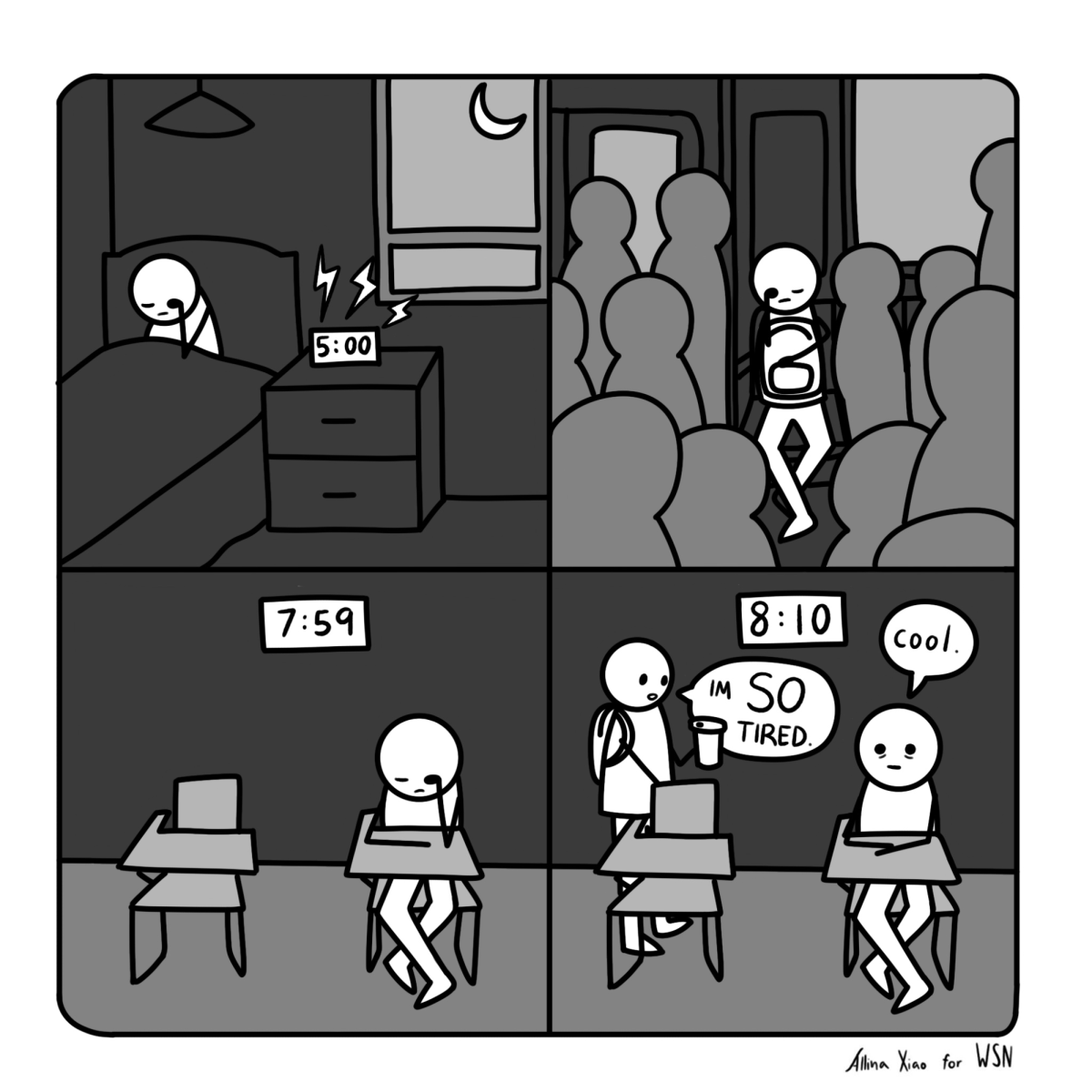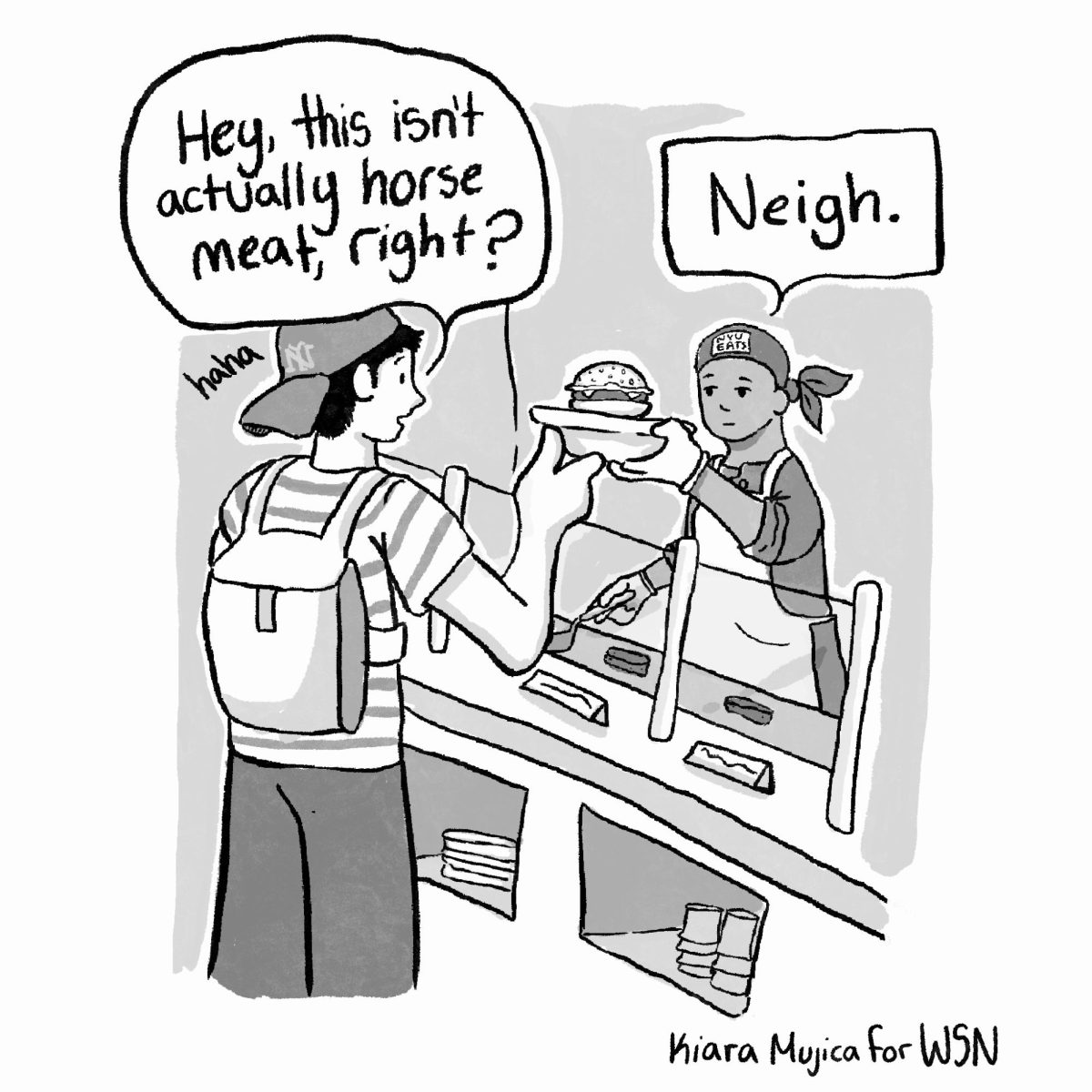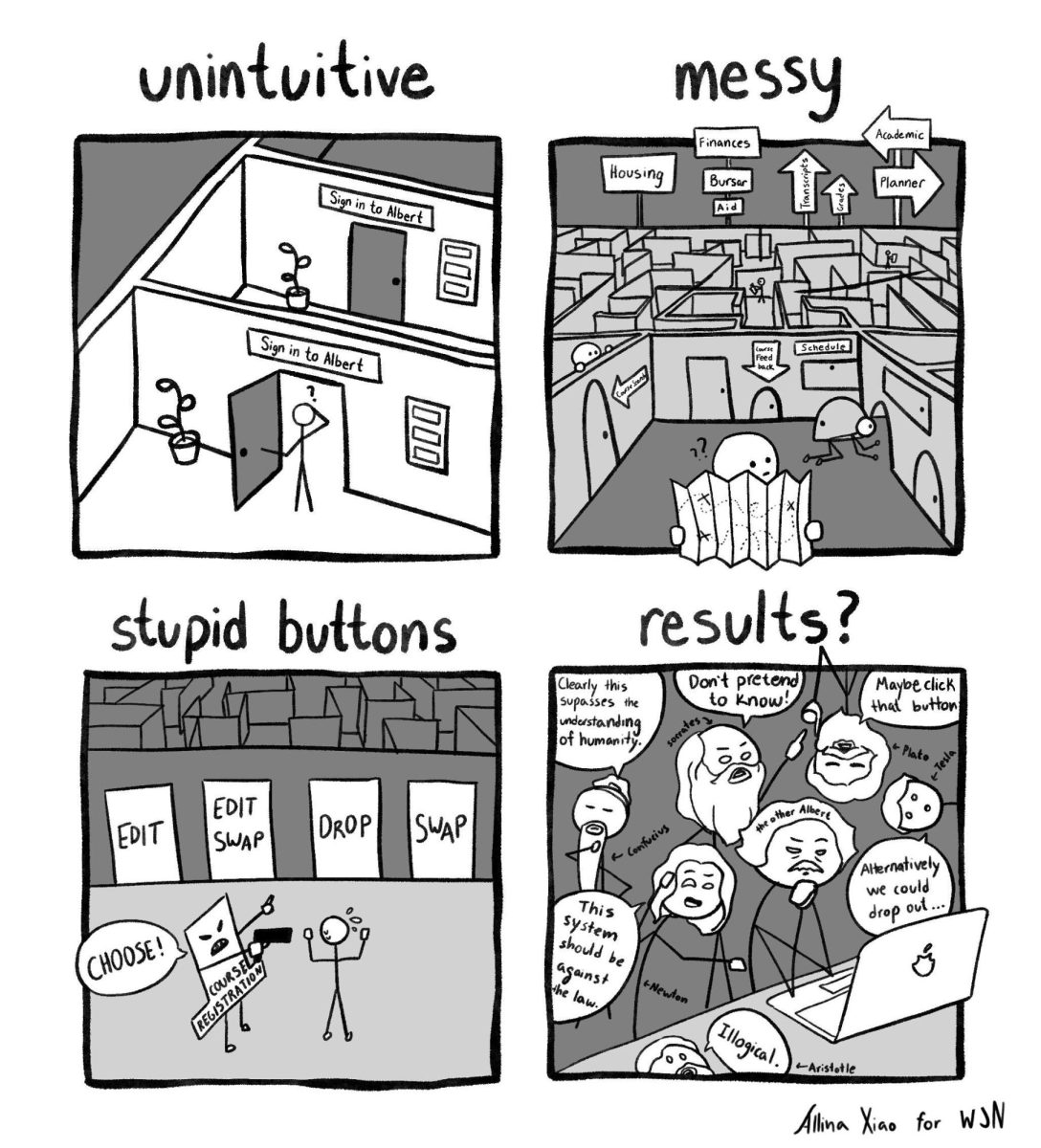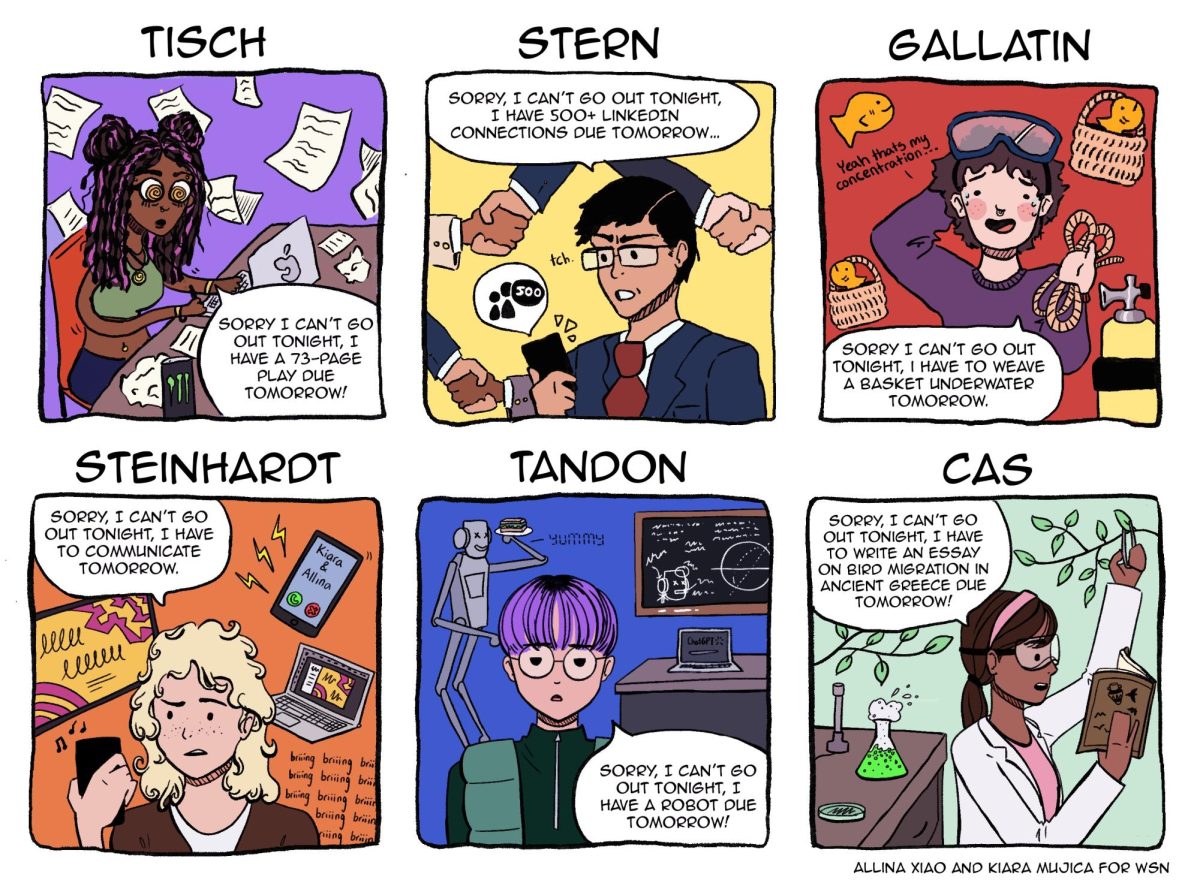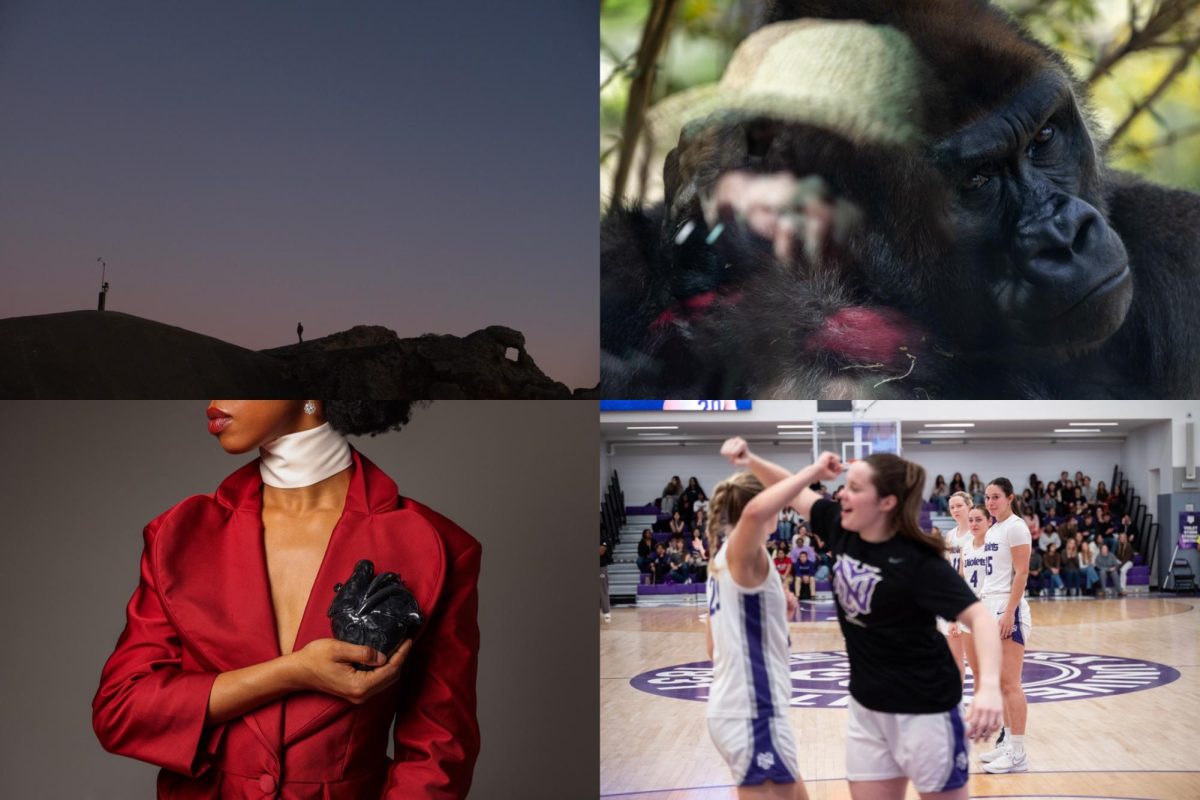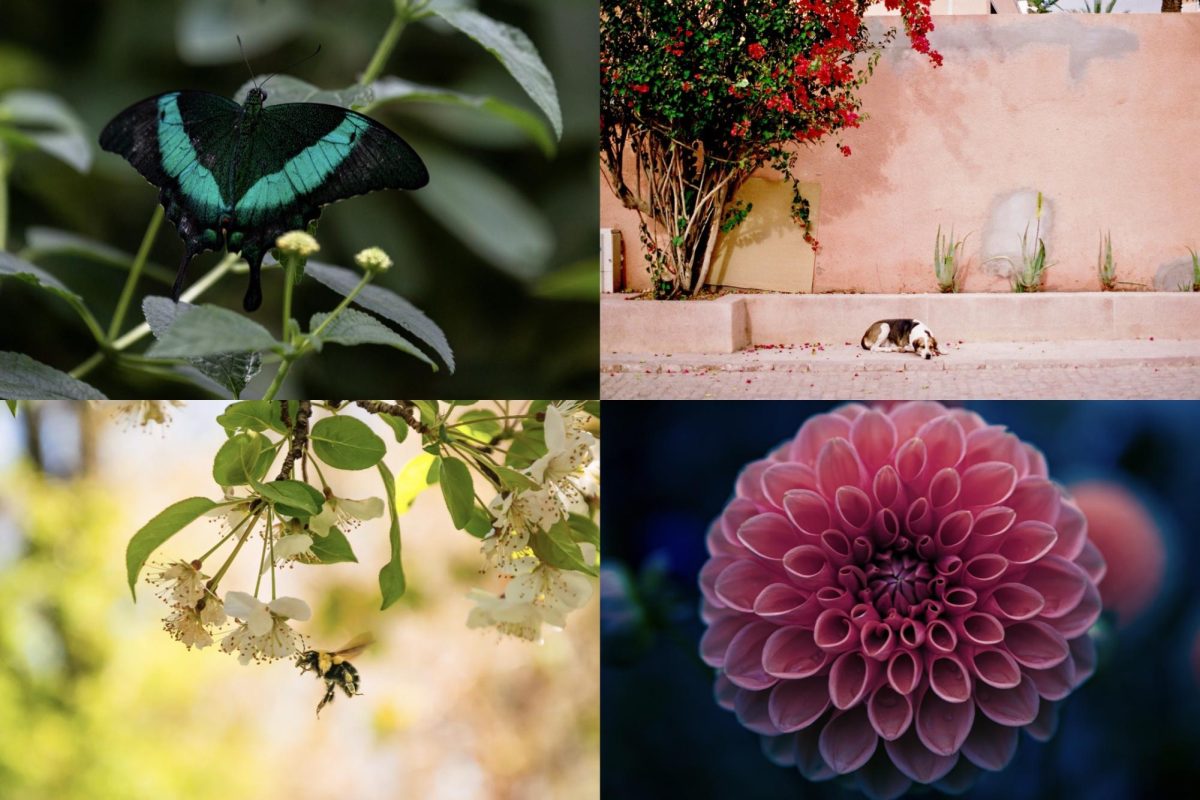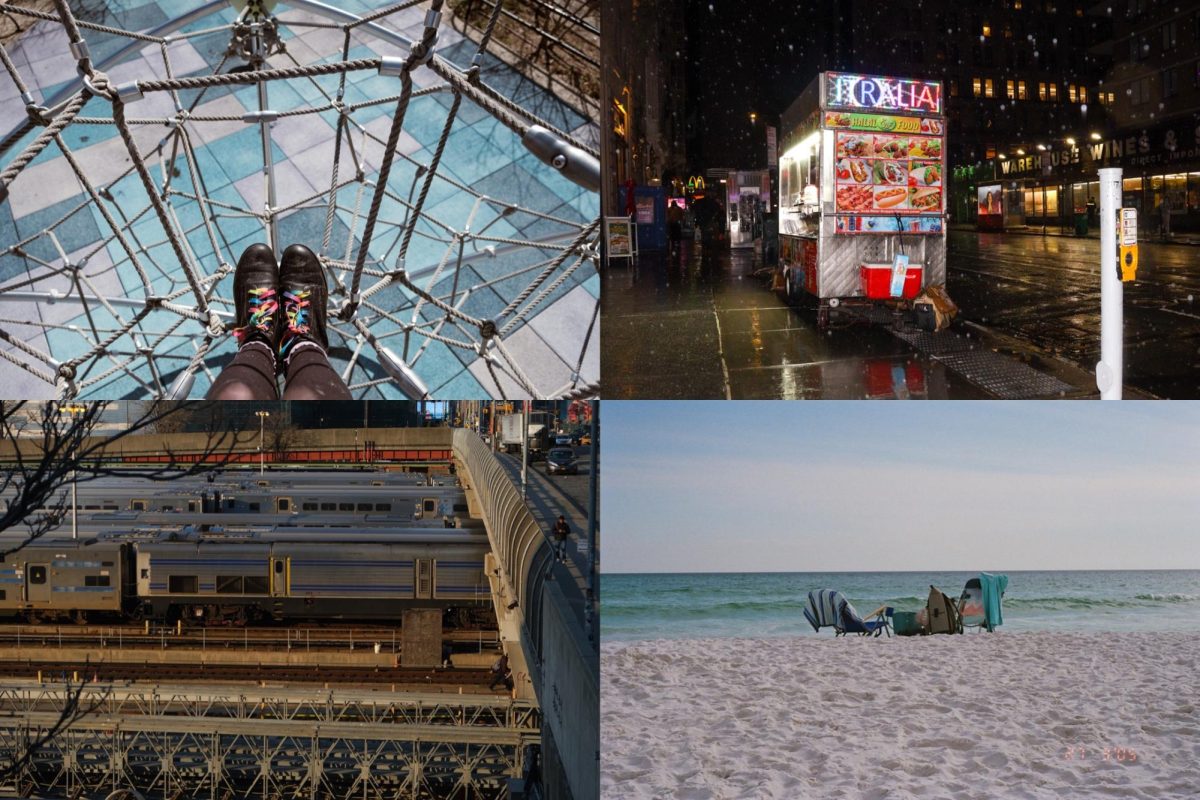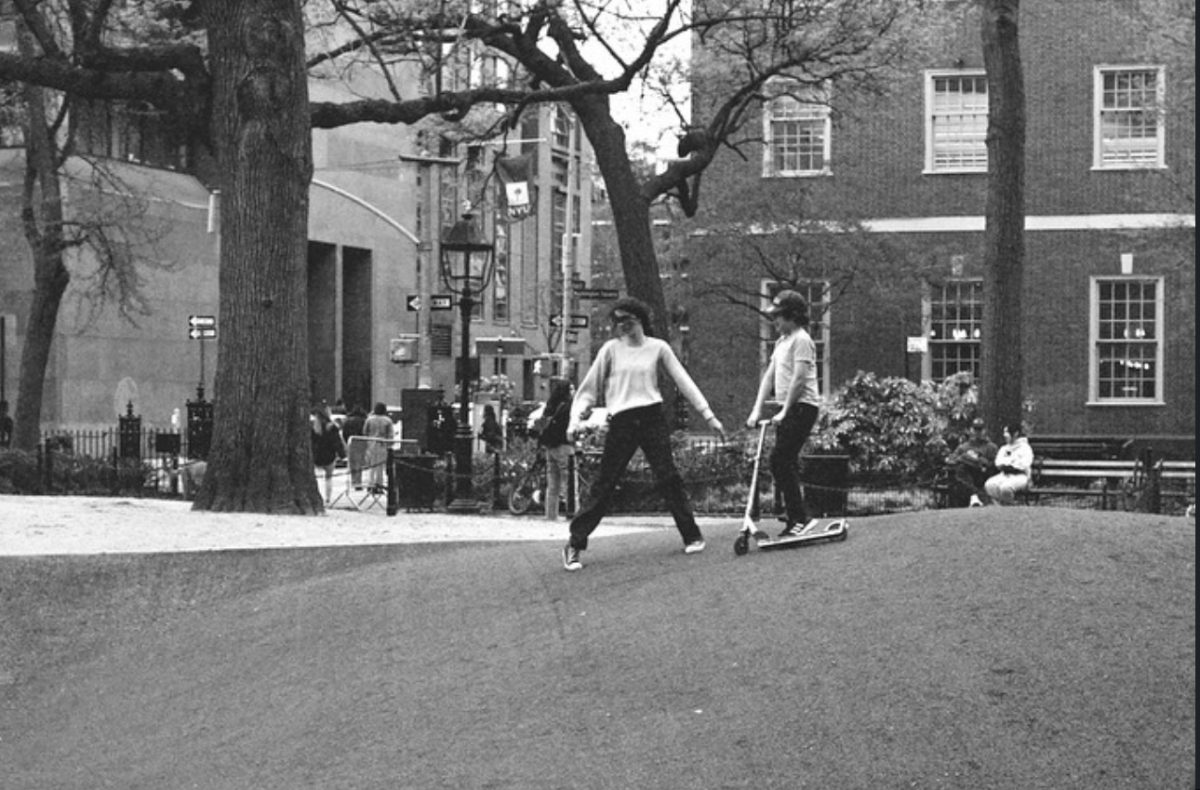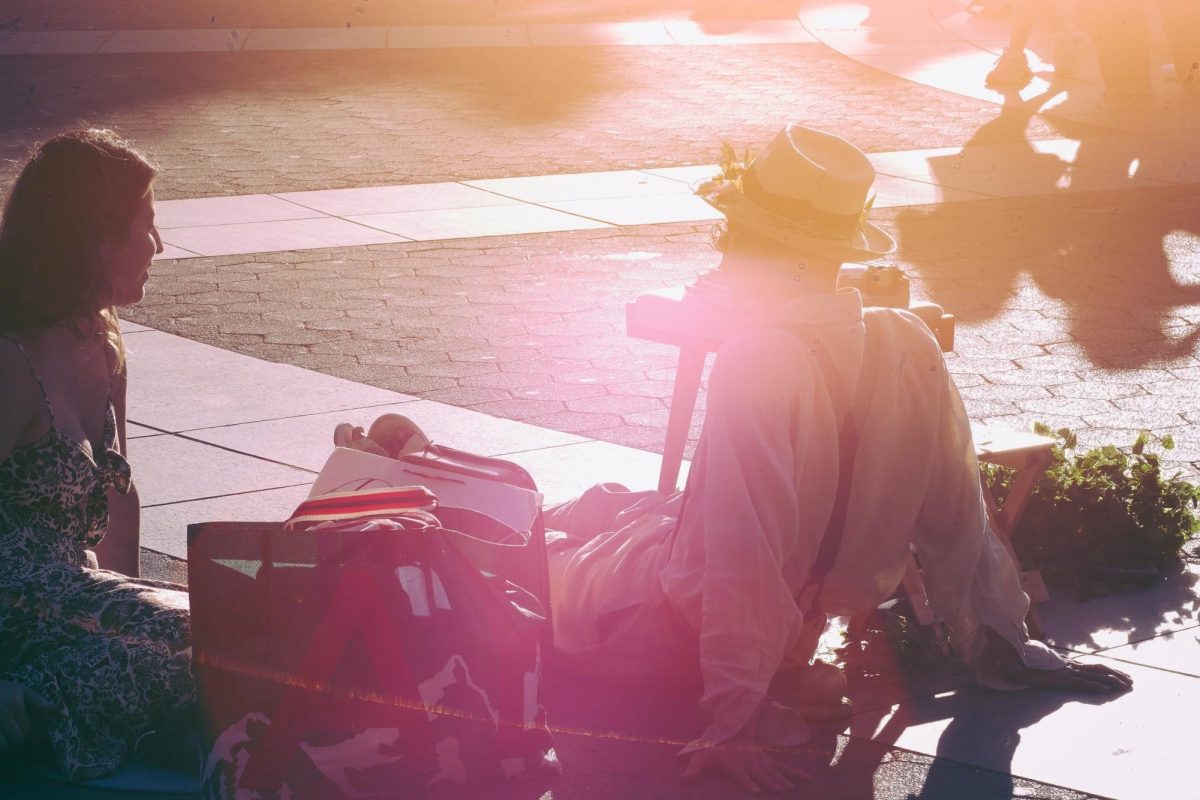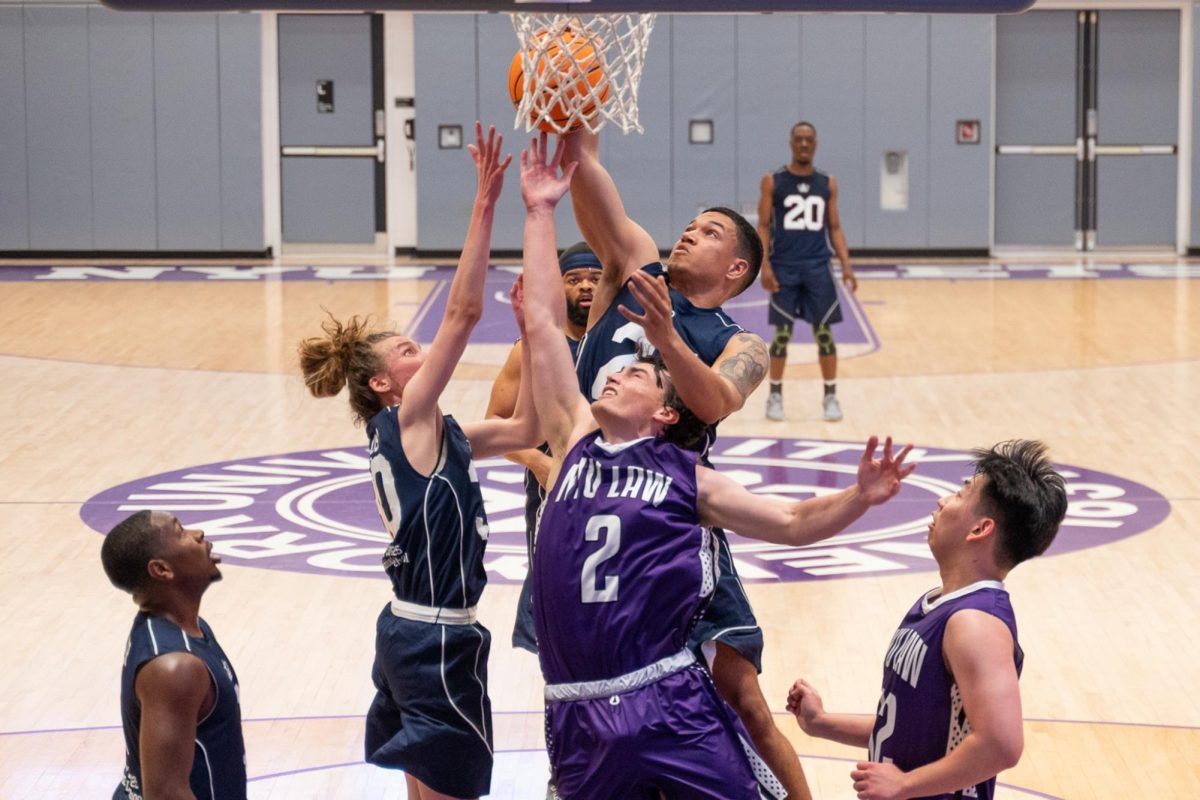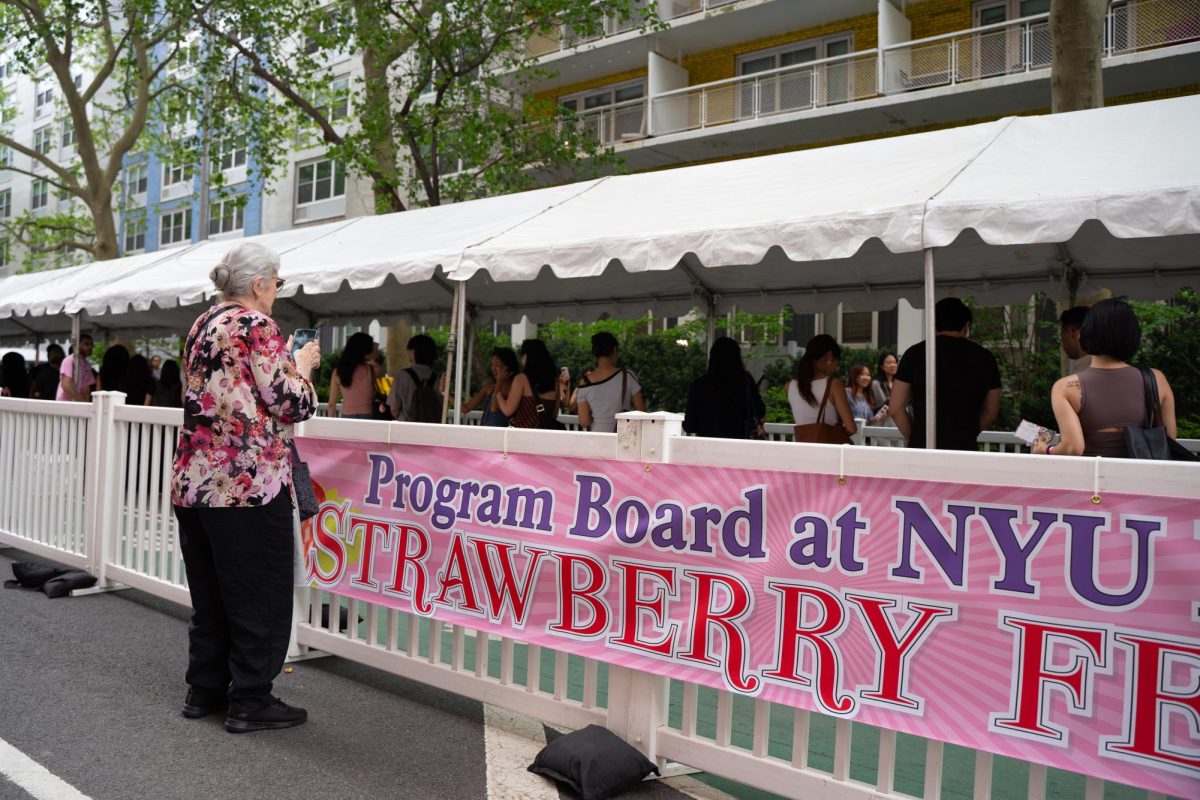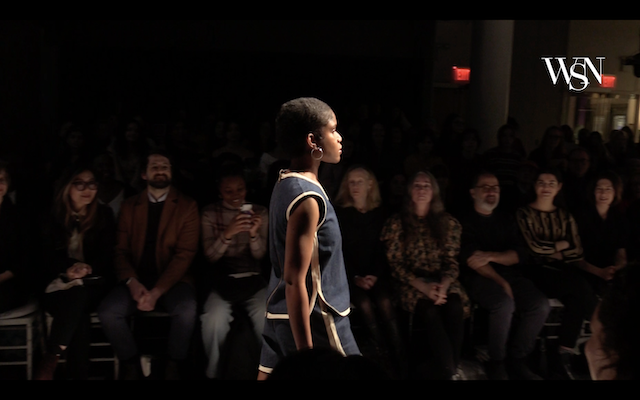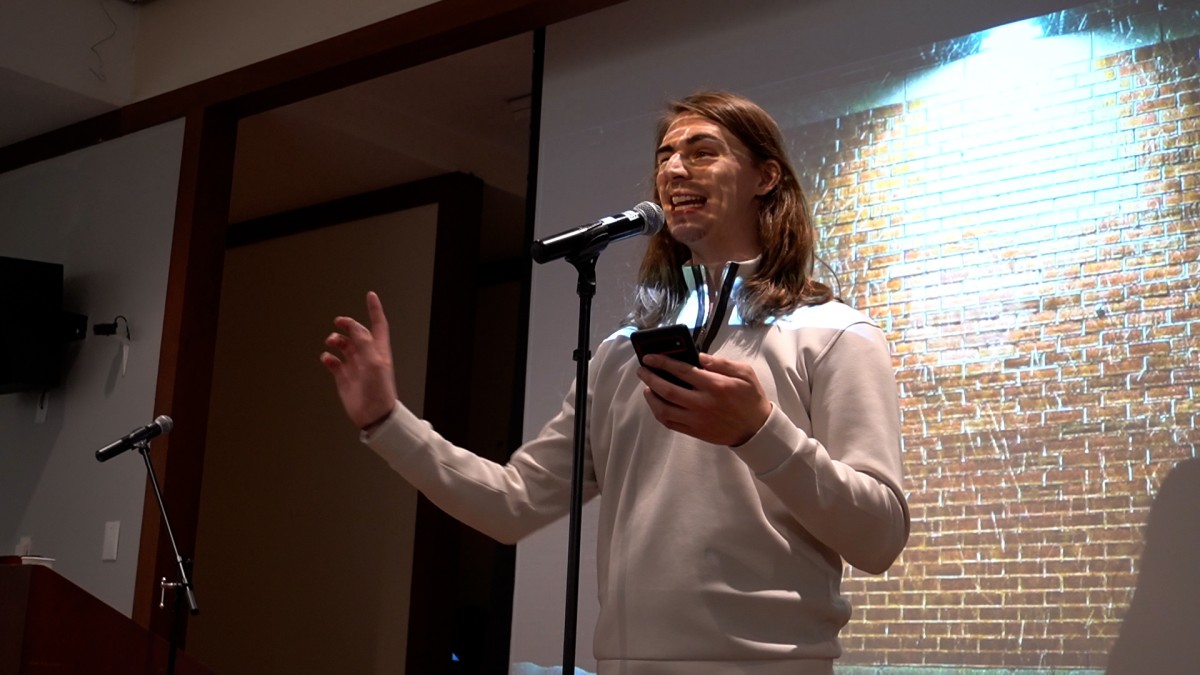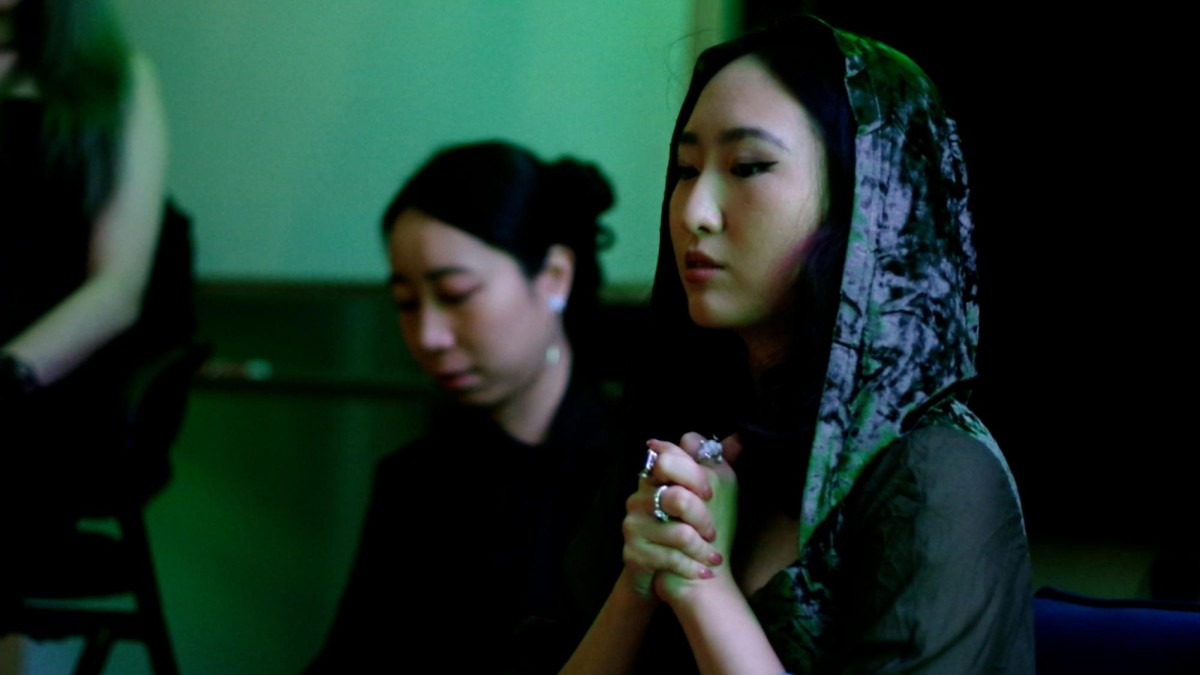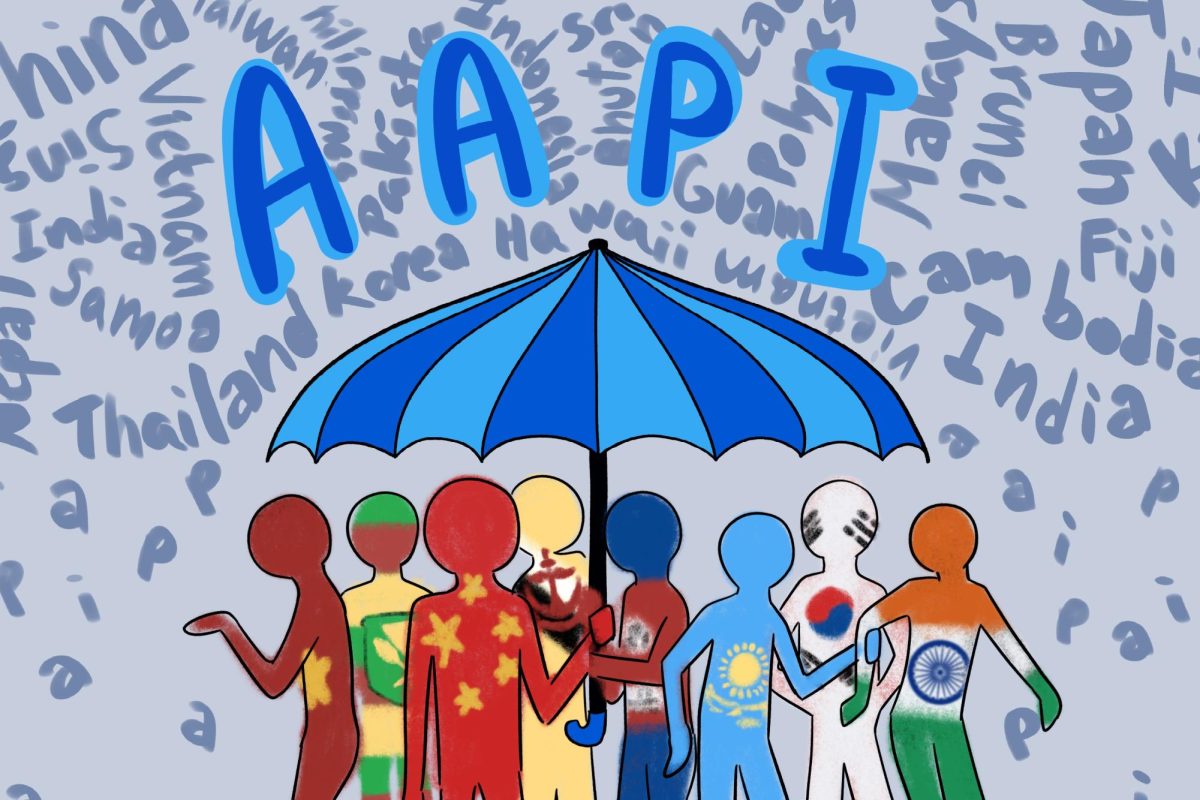During Asian American and Pacific Islander Heritage Month, you can catch a cultural heritage parade, food festivals and many other community events happening throughout New York City. But take a closer look at these events, and you may notice a lack of representation from certain Asian cultures.
First established in 1979 as a week-long commemoration of AAPI culture and people, the celebration expanded to the month of May in 1991 — since then, it continues to serve as a means of recognizing the contributions of AAPI individuals in the United States. Following the COVID-19 pandemic and the subsequent “Stop Asian Hate” movement, there has been increased awareness of the unique struggles faced by Asian communities, along with a growing interest in Asian cultures.
At NYU, many on-campus Asian cultural clubs are divided by ethnicity. For example, the Chinese Student Society or the Indian Cultural Club. The few umbrella organizations — like the Asian Cultural Union and Asian Heritage Month — may lack representation of South and Southeast Asian members on their executive boards and in the food and activities at their events.
Of course, this isn’t an issue that’s unique to New York City or NYU, but instances like these represent a microcosm of a larger imbalance of representation for different Asian communities. Despite the term “AAPI” encompassing all Asian and Pacific Islander identities according to the Library of Congress, the word’s connotation — along with much of the AAPI-themed programming in New York City and across the nation — skew heavily towards East Asian ethnicities.
In recent years, the globalization of popular culture and food from countries like South Korea, China and Japan, like K-Pop, soup dumplings and anime, have created a mainstream perception of Asian culture as being exclusively East Asian. Southeast Asia, and to a further extent, Central and Southwest Asia and the Pacific Islands, are frequently left out of the conversation.
Stern sophomore Meruyet Tailanova is an international student from Kazakhstan. She doesn’t believe that her country, nor the broader region of Central Asia, receives any representation during AAPI Month and the celebrations it inspires.
“When you select what region you’re from, there’s never Central Asia,” Tailanova, who recently founded NYU’s Central Asian Hub, said. “It always feels weird, and I always say ‘other’ and mark my region.”
Granted, not all Central Asian American individuals identify as AAPI — some identify themselves as Asian, while others do not. This illuminates one of many issues with the AAPI label, which is that it is mainly based on race and not geography. Therefore people from countries not represented under the term but who are racialized as Asian may identify with the term but lack official recognition.
Last month, Bite Club at NYU held an event showcasing different Asian cuisines in collaboration with four clubs — Asian Heritage Month, Thai Student Association, International Filipino Association and Vietnamese Student Association — that was advertised as “a taste of Asia” and “a vibrant celebration of Asian cultures.” The vendors were primarily East Asian, with the exception of one South Asian snack brand. The event remains part of the larger cultural trend of labeling Asian cultural events as a celebration of the continent’s peoples, even if they don’t recognize its diversity beyond certain regions.
CAS first-year Maya Kantimahanthu is Indian American — a group of more than 5 million in the United States — and said that it wasn’t until the last few years that a wider range of Asian identities became more represented under the AAPI label.
“I think a lot of the celebrations that I see for AAPI Month are mostly dominated by more East Asian cultures than South Asian cultures,” Kantimahanthu said. “I feel like labeling things has become really important as a way of acknowledging our unique experiences, but it’s also important to acknowledge our united identities.”
Pacific Islanders, who make up less than 1% of the U.S. population, are frequently left out of spaces that purport to be for AAPI. For example, if you browse through the New York Public Library’s list of events for AAPI Heritage Month, you won’t find any standalone events specifically for Pacific Islanders.
Another group of students to consider during AAPI Heritage Month are those who are ethnically Asian or Pacific Islander, but have been adopted by non-AAPI guardians. CAS first-year Joann Fetner was born in Vietnam but was adopted by a white American mom from the United States at the age of 1 and grew up in Australia. Fetner said that she often feels alienated from spaces dedicated to her ethnicity because she did not grow up involved in her Vietnamese culture or speaking the language.
“I can’t help the fact that I was adopted, but I’m still Asian,” Fetner said. “I would be open to people teaching me about Vietnamese culture or having a community that would do that, but I feel like people wouldn’t want to do that because they would judge me.”
Asian Americans and Pacific Islanders at NYU and across the country have a complex range of cultural and social experiences — all of which deserved to be represented, celebrated and taught during this month and beyond.
“We’re all part of this big Asian identity,” Kantimahanthu said. “But I [still] think there’s a lot of room to grow as far as adequately representing our unique identities.”
Contact Sherry Chen at [email protected].


